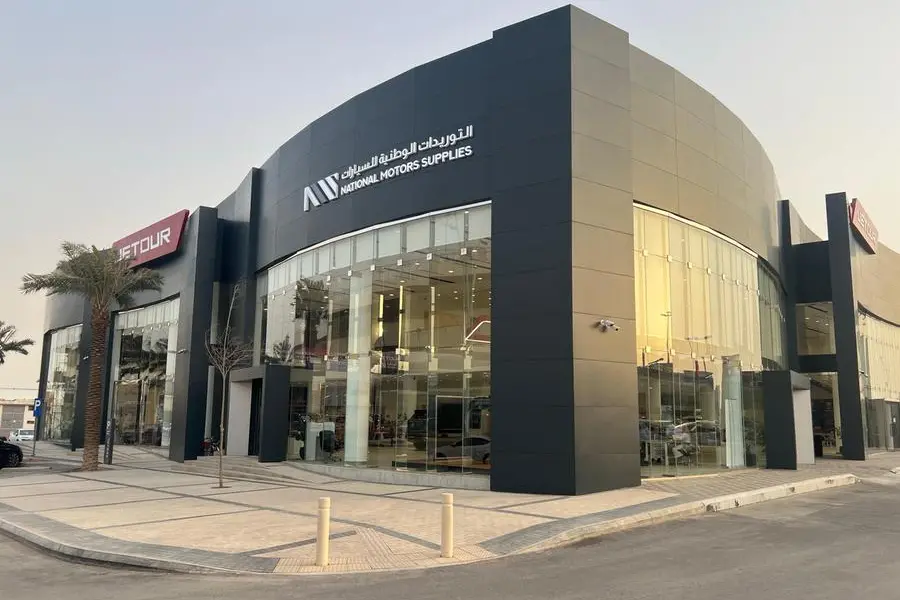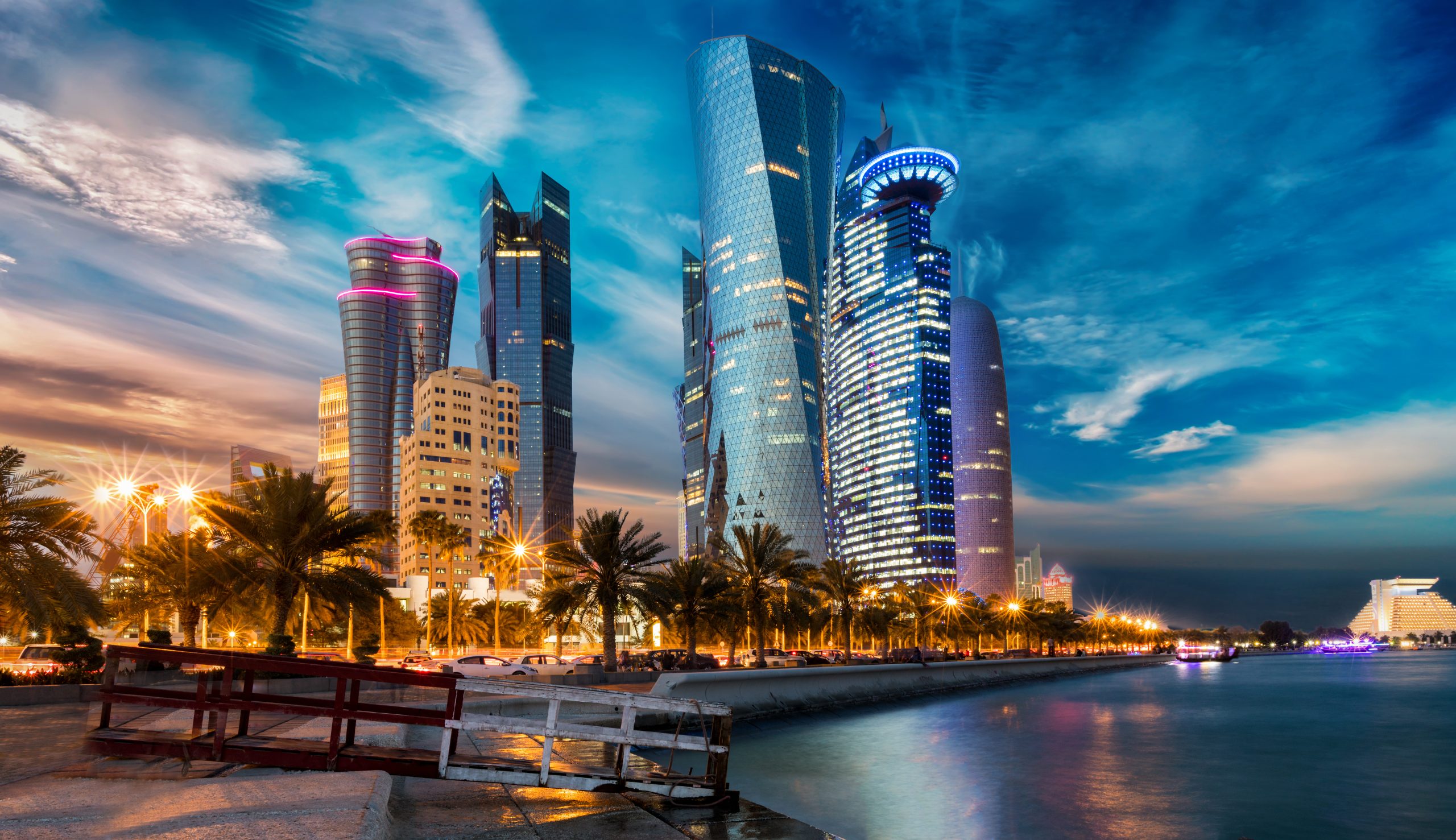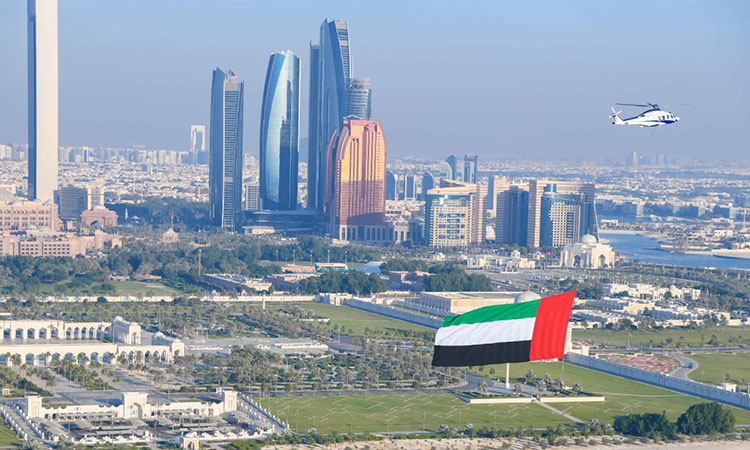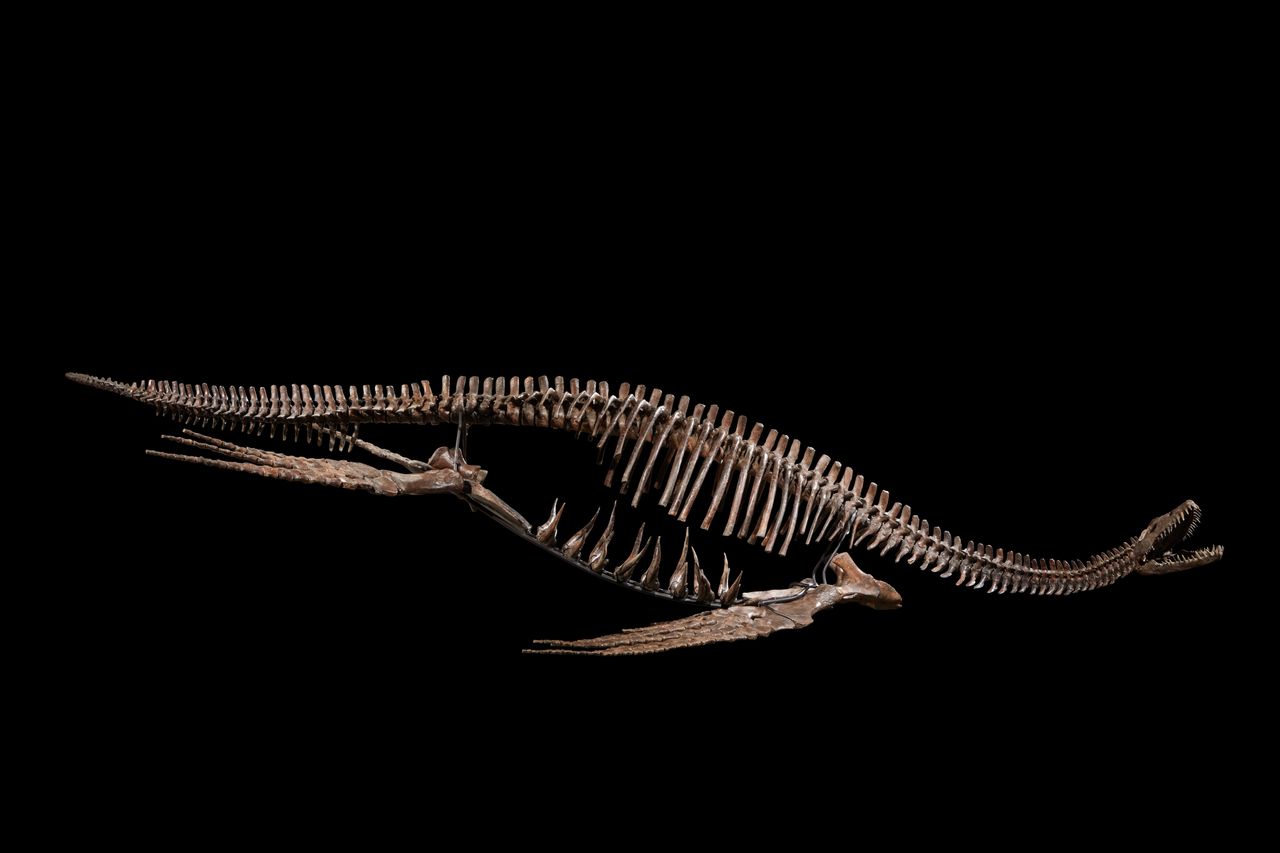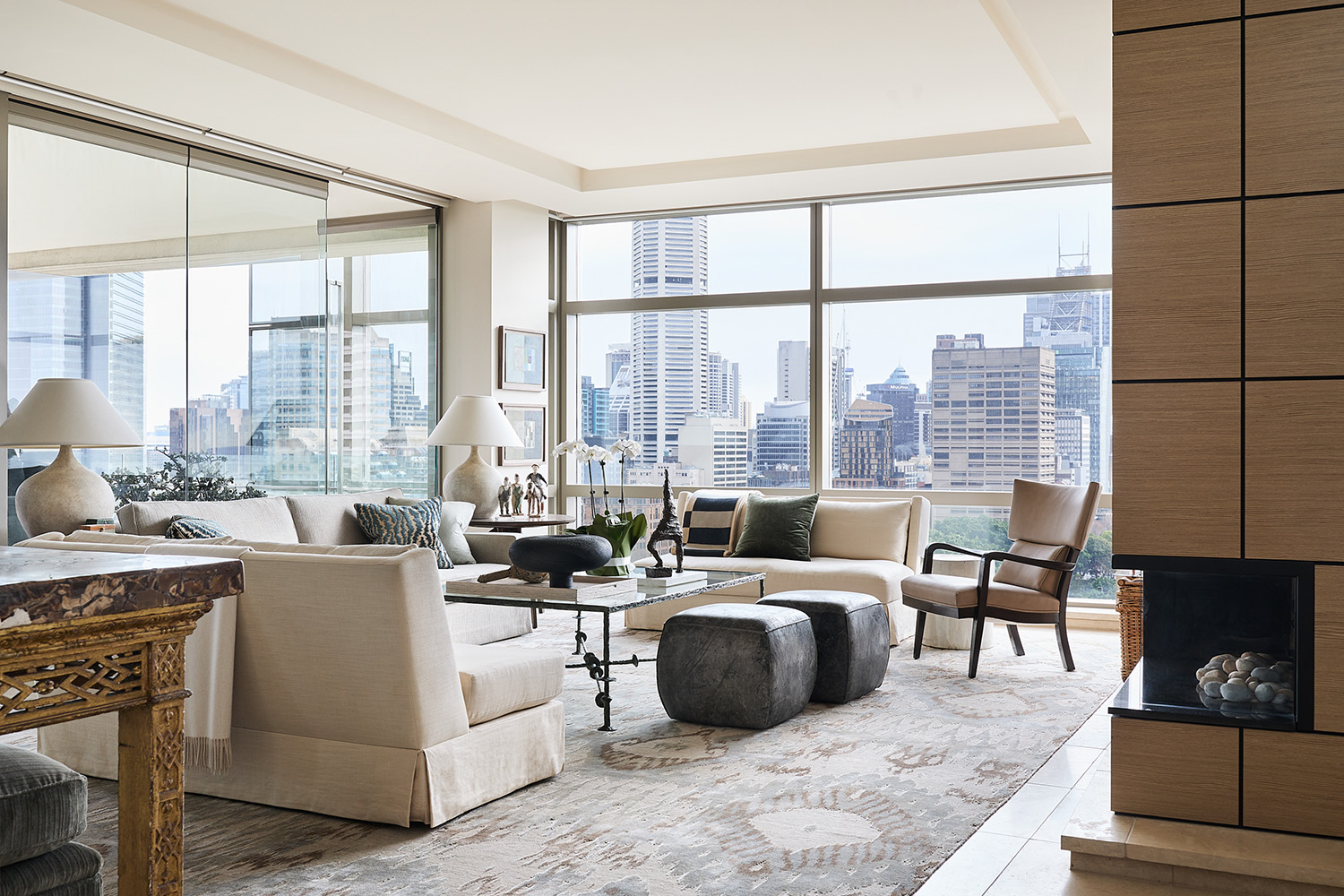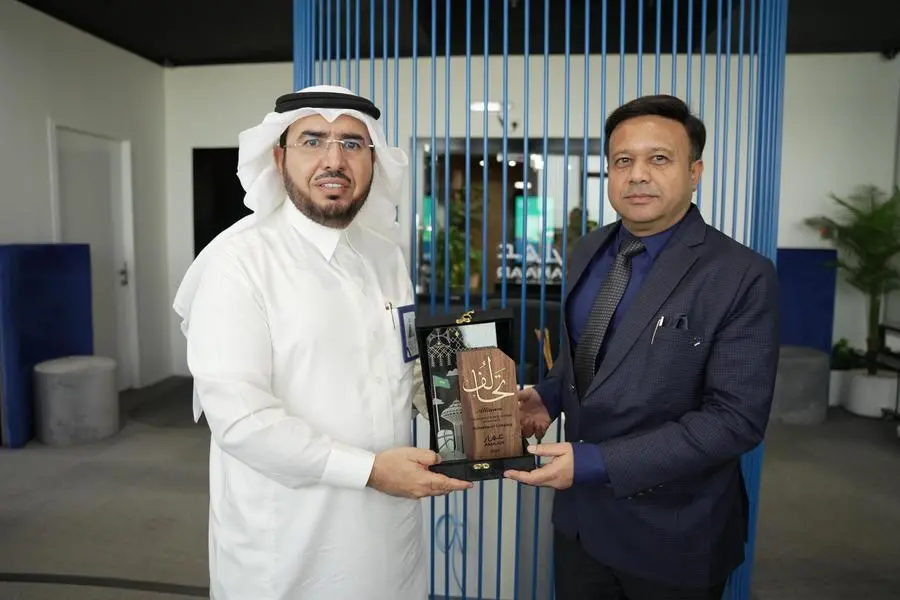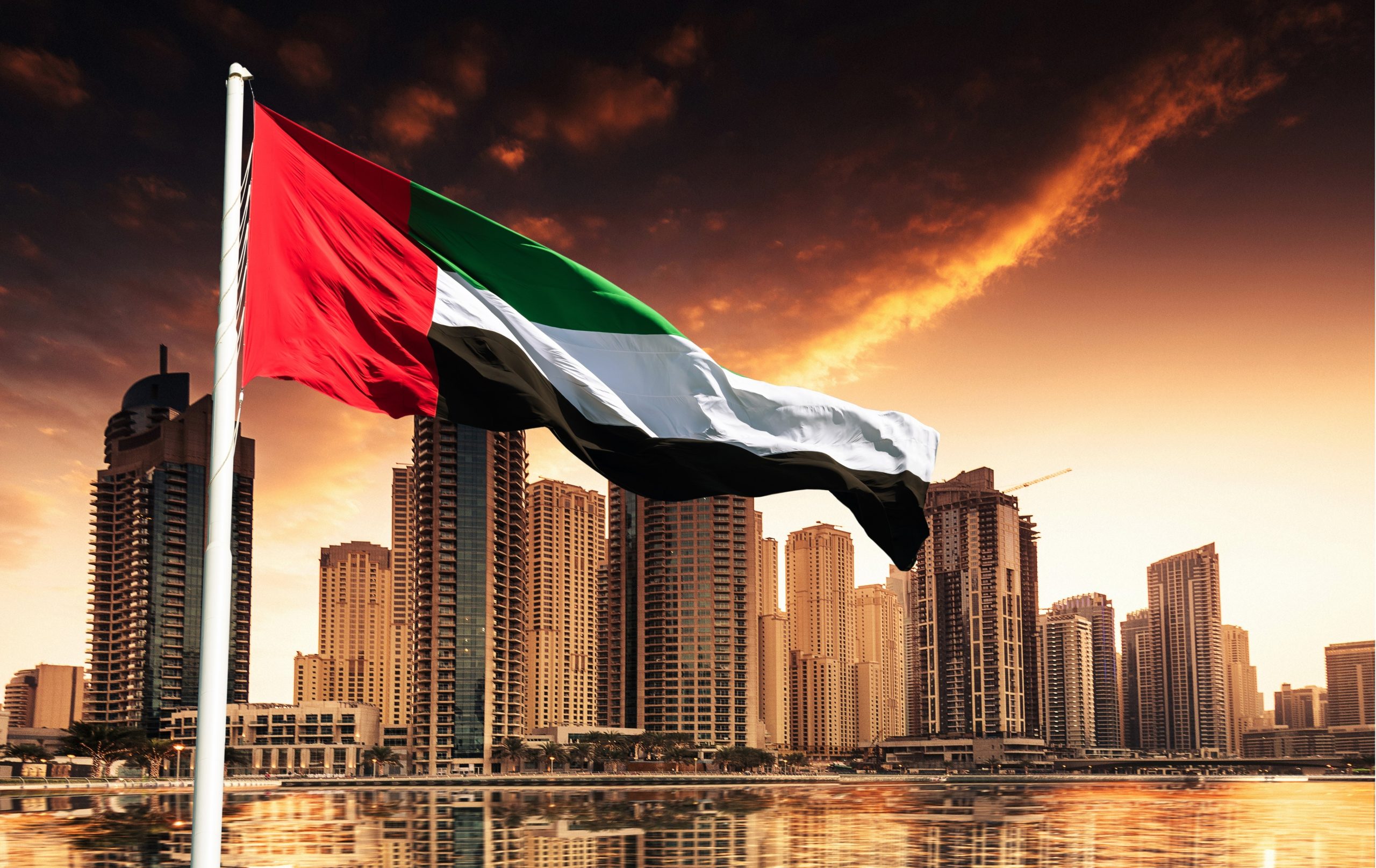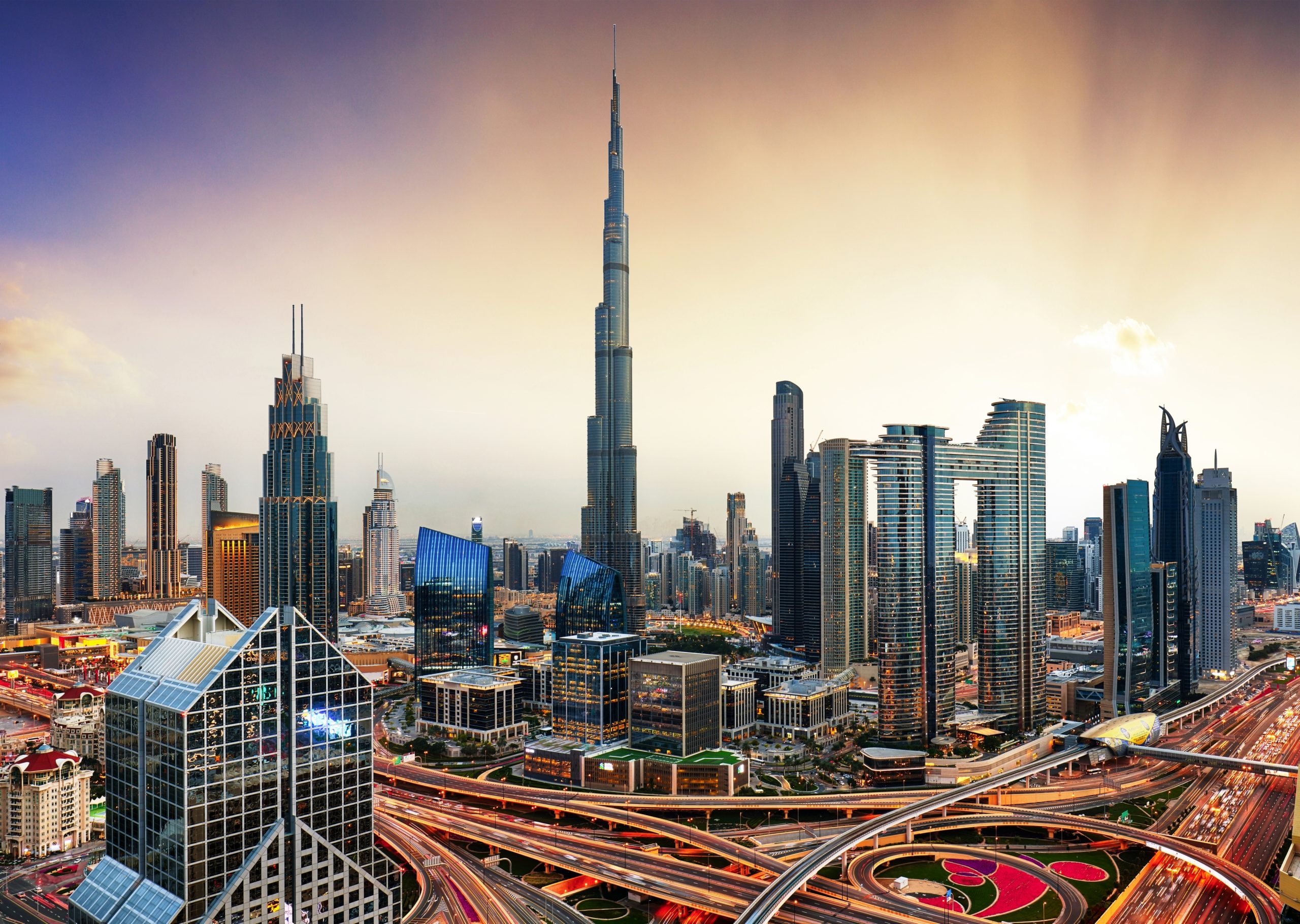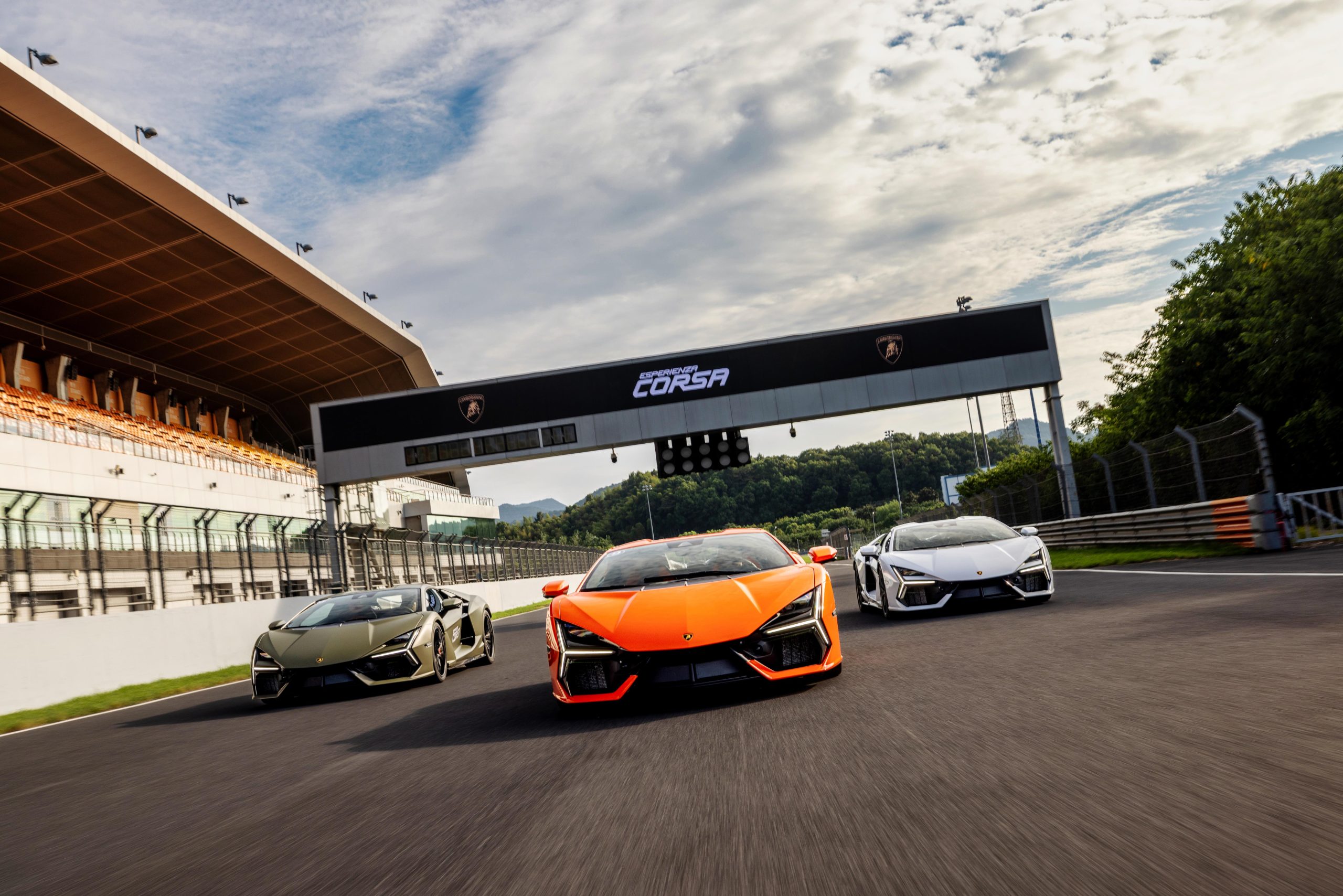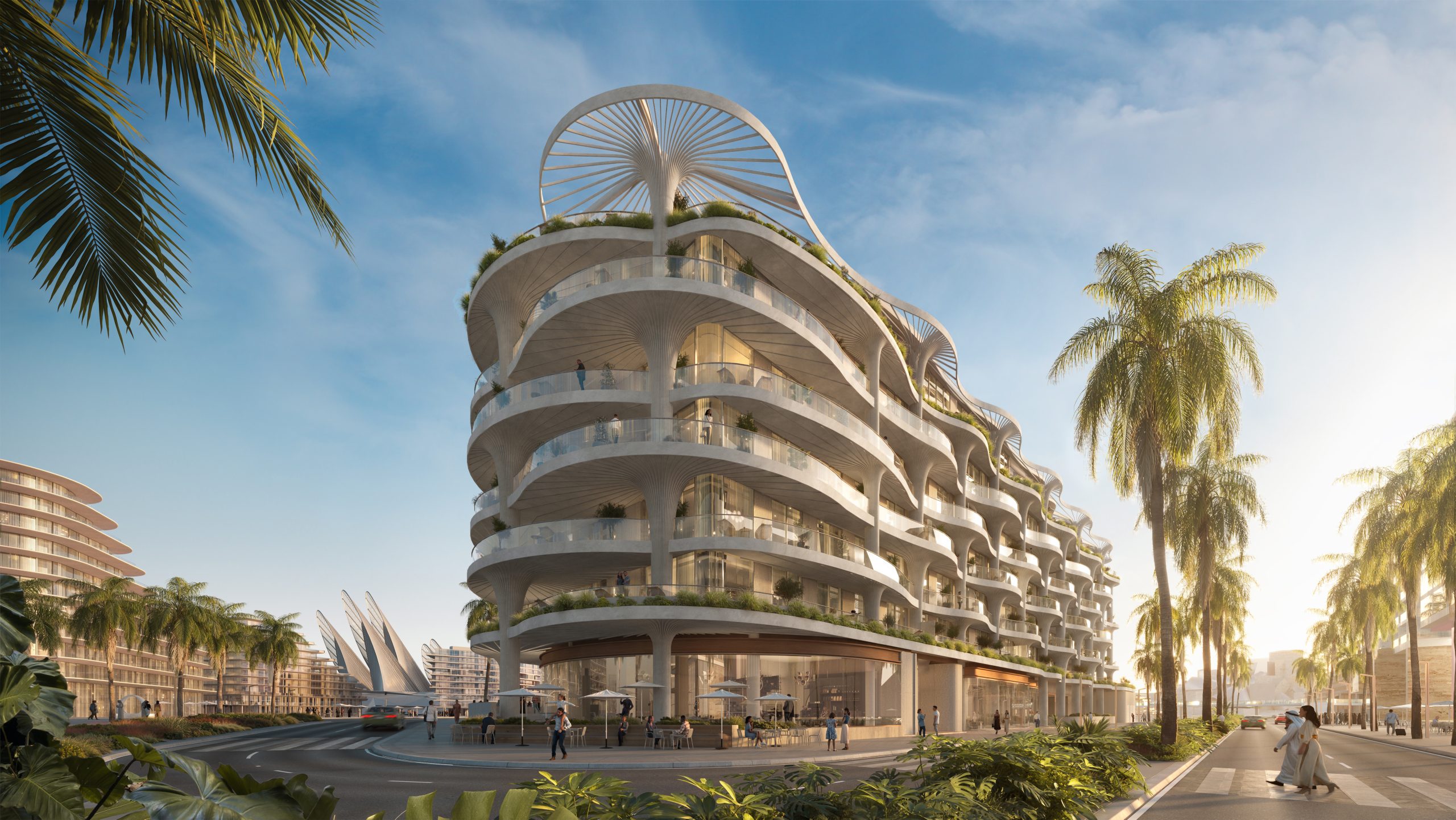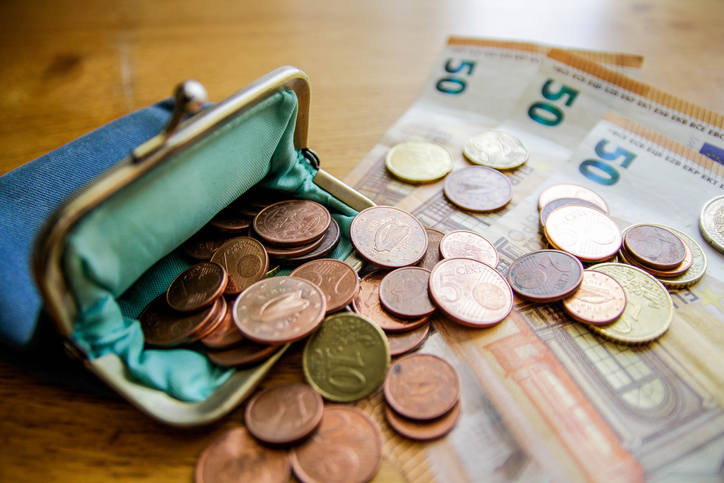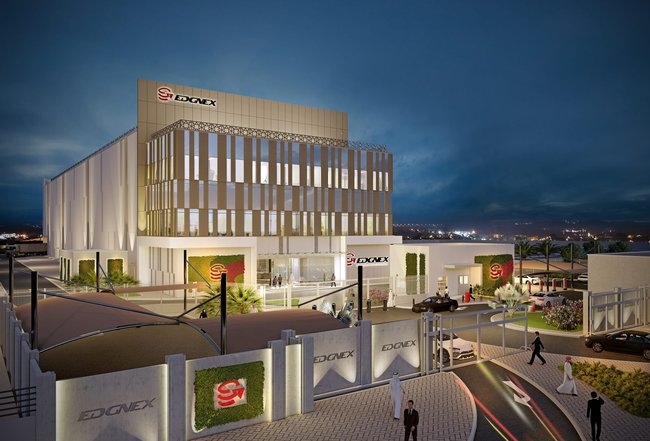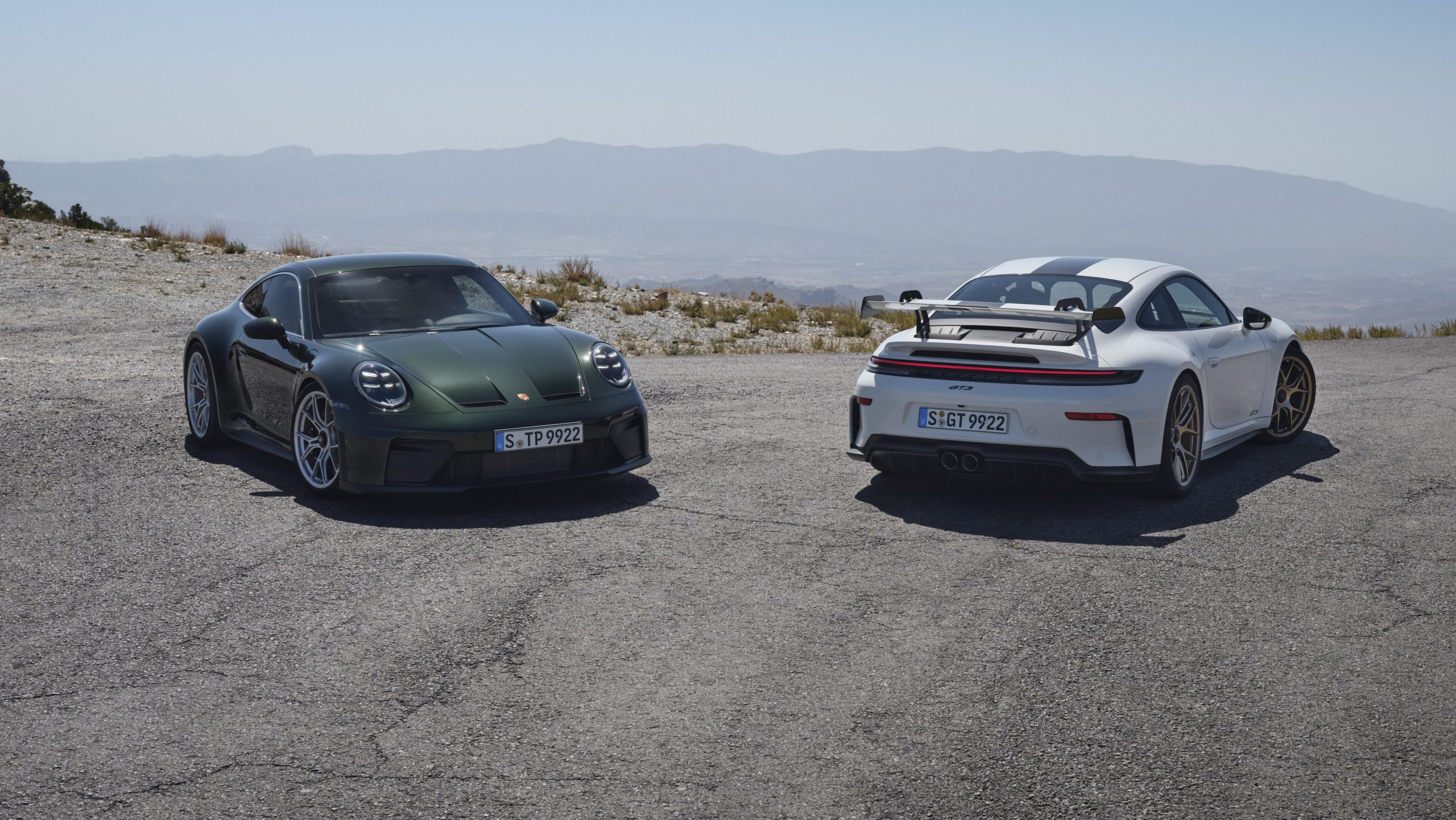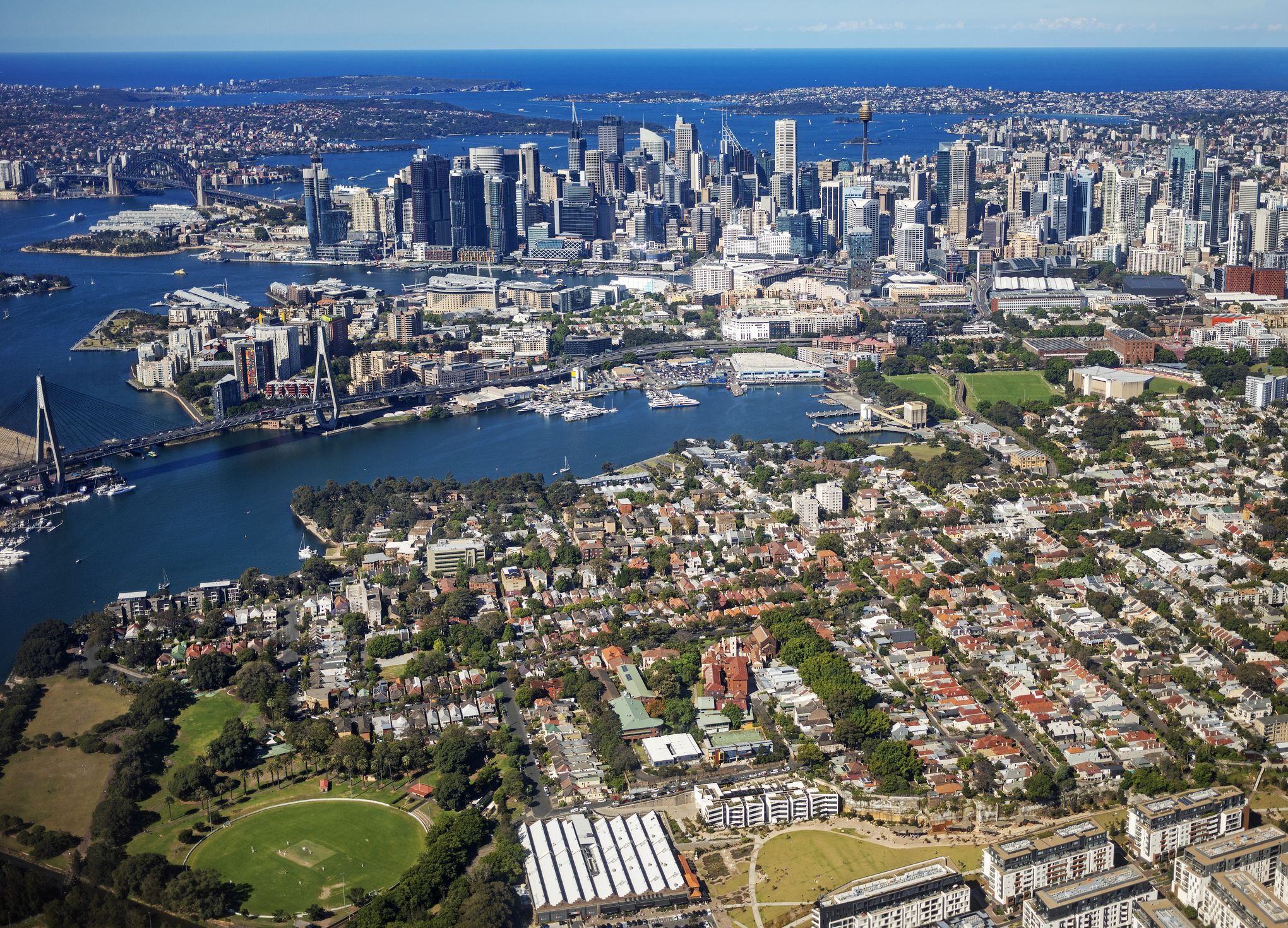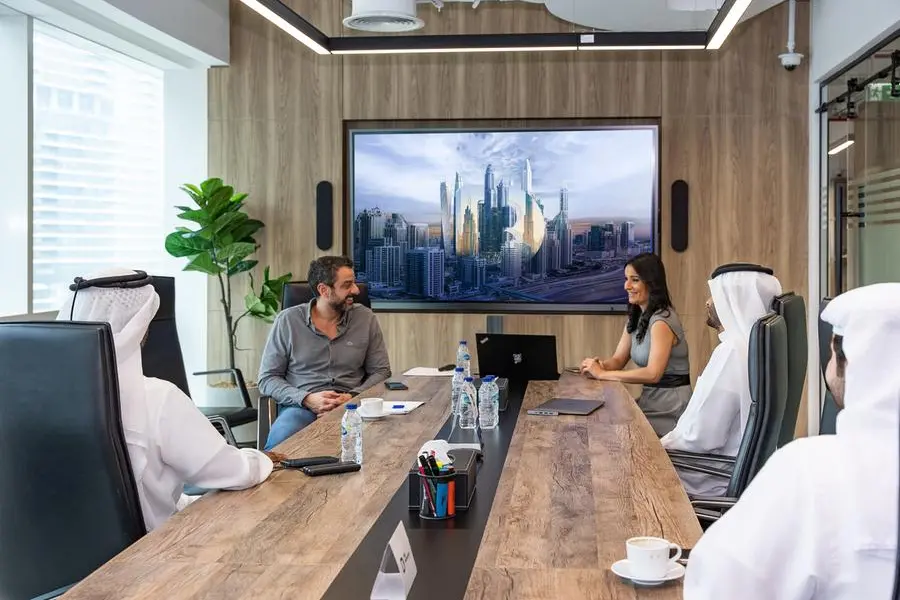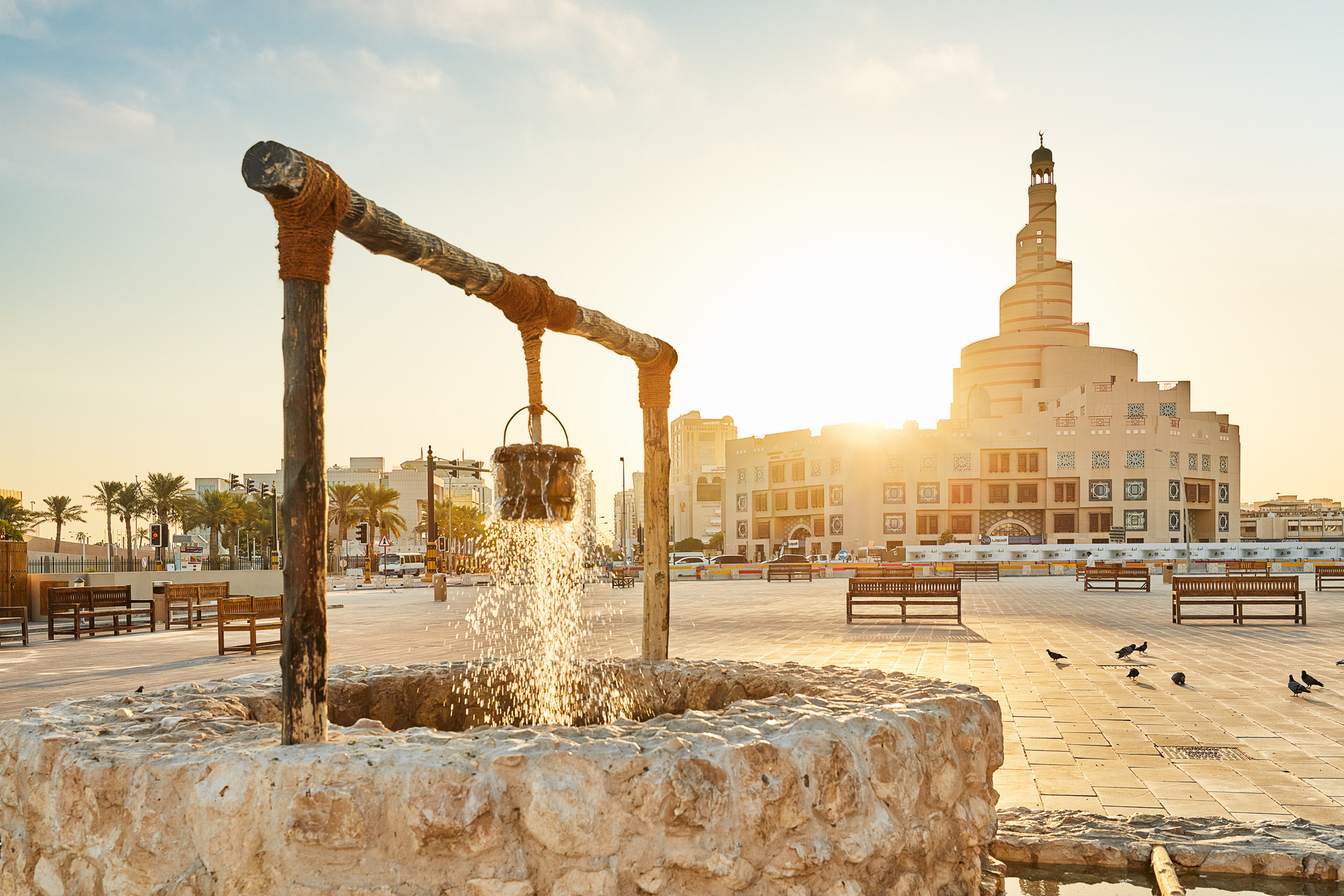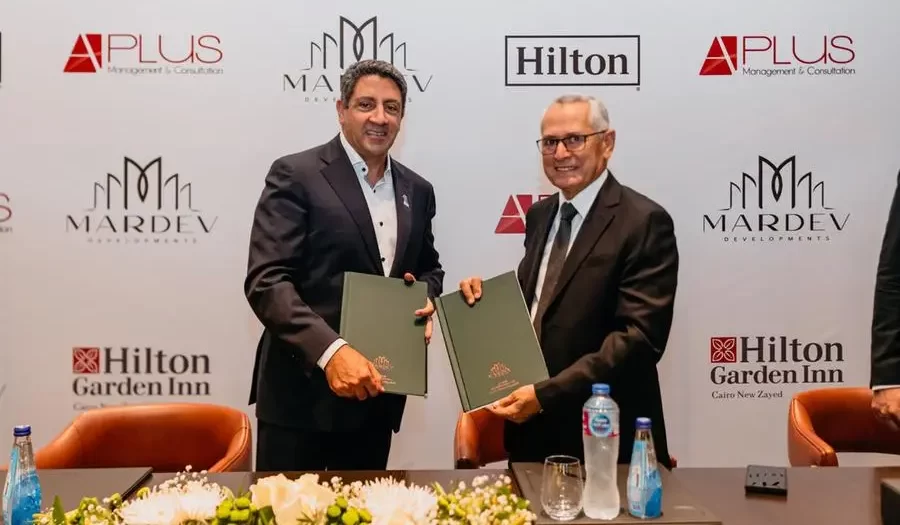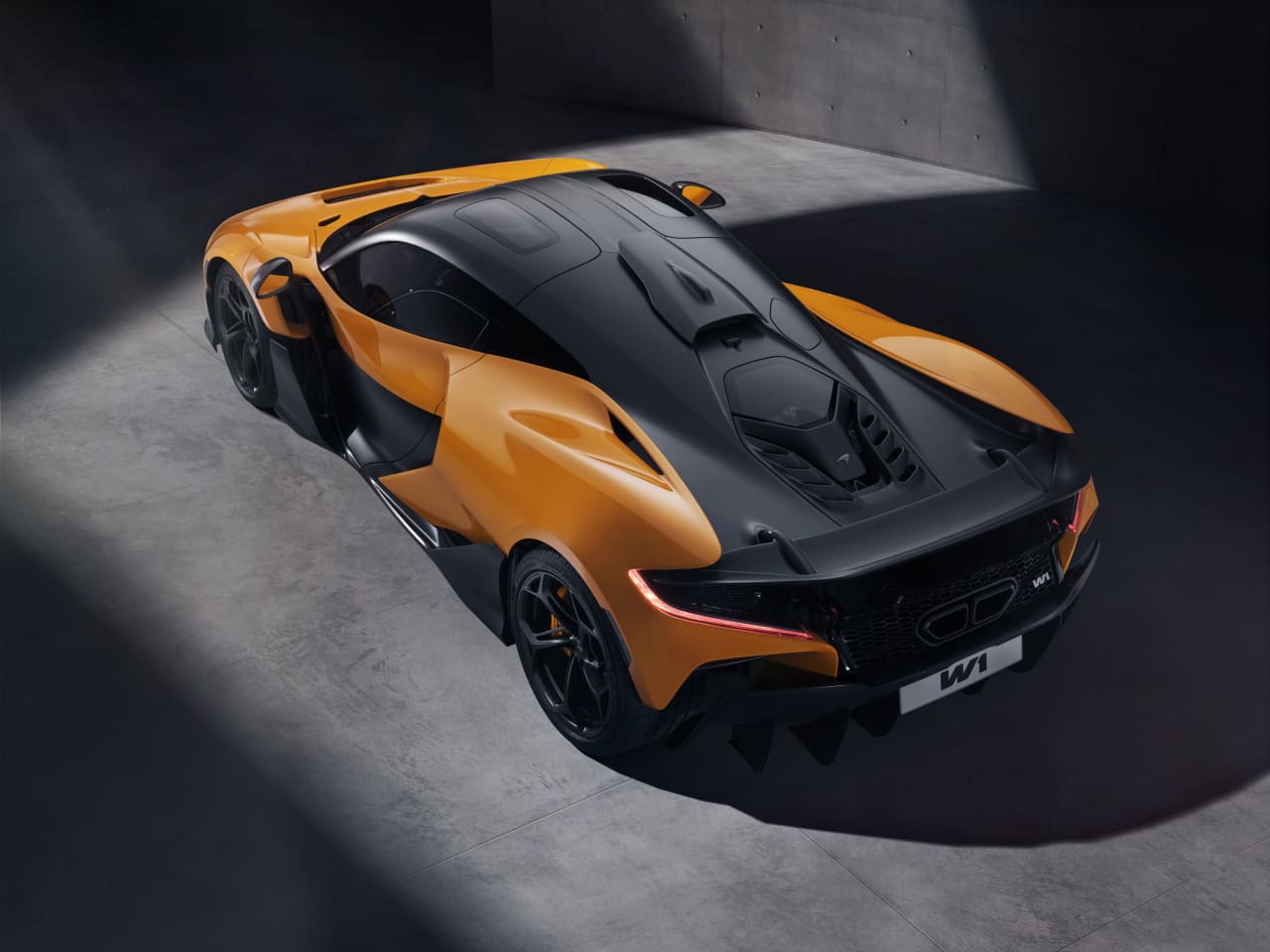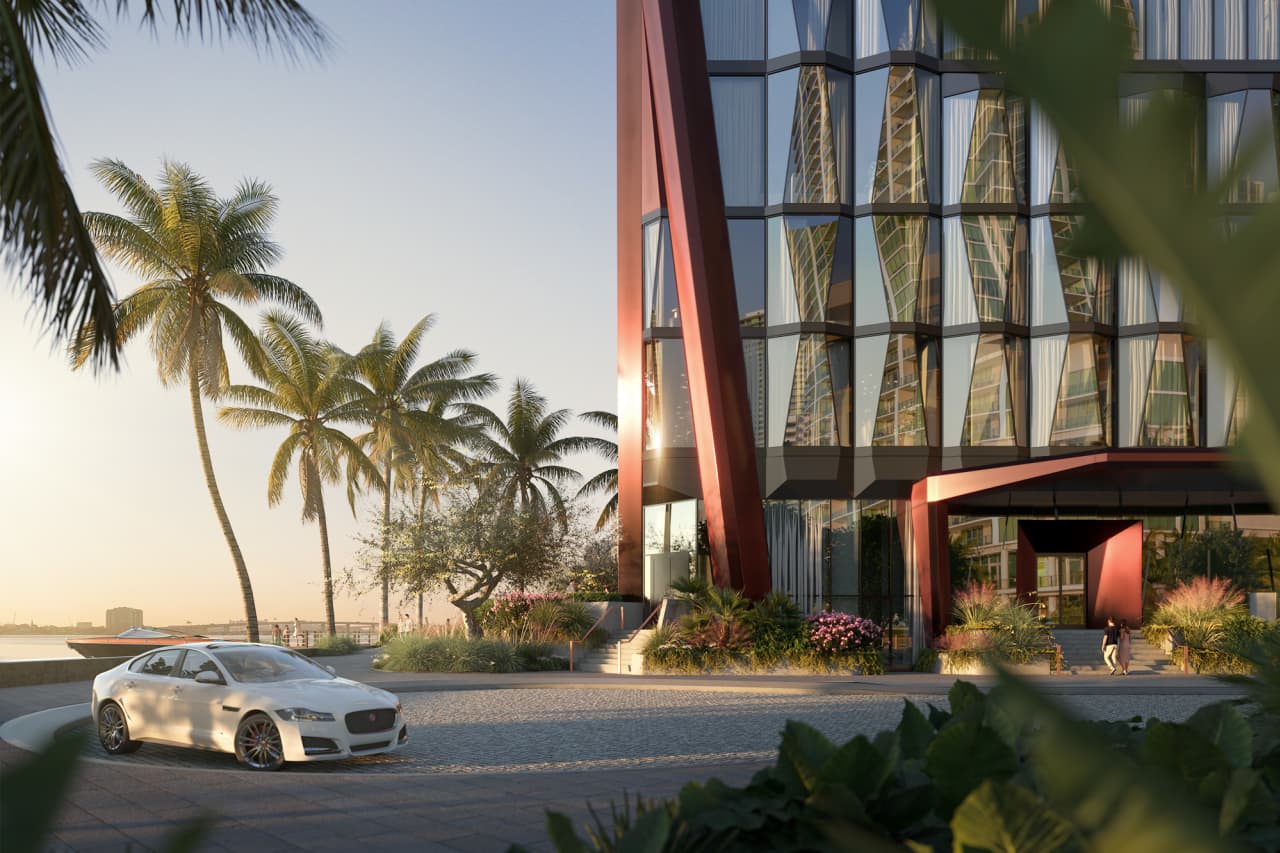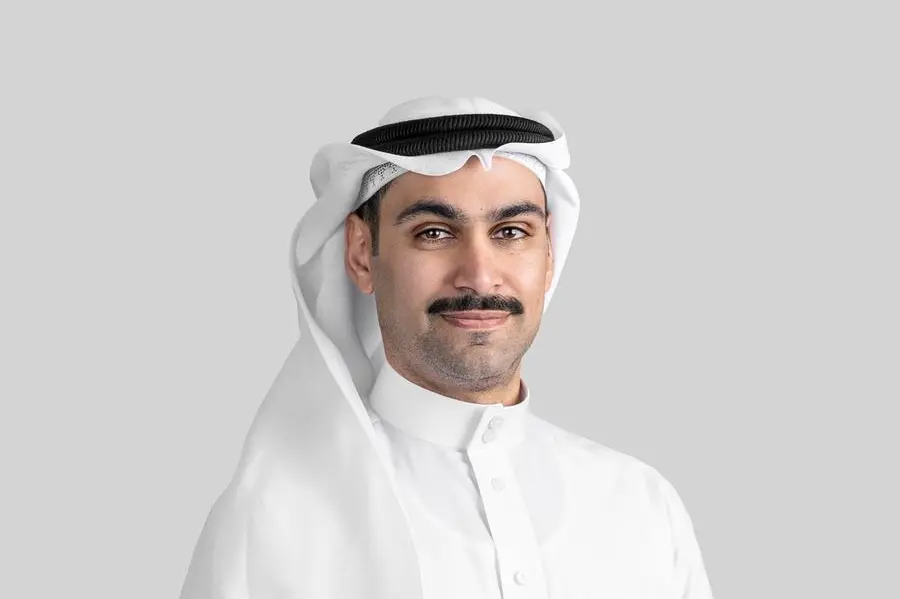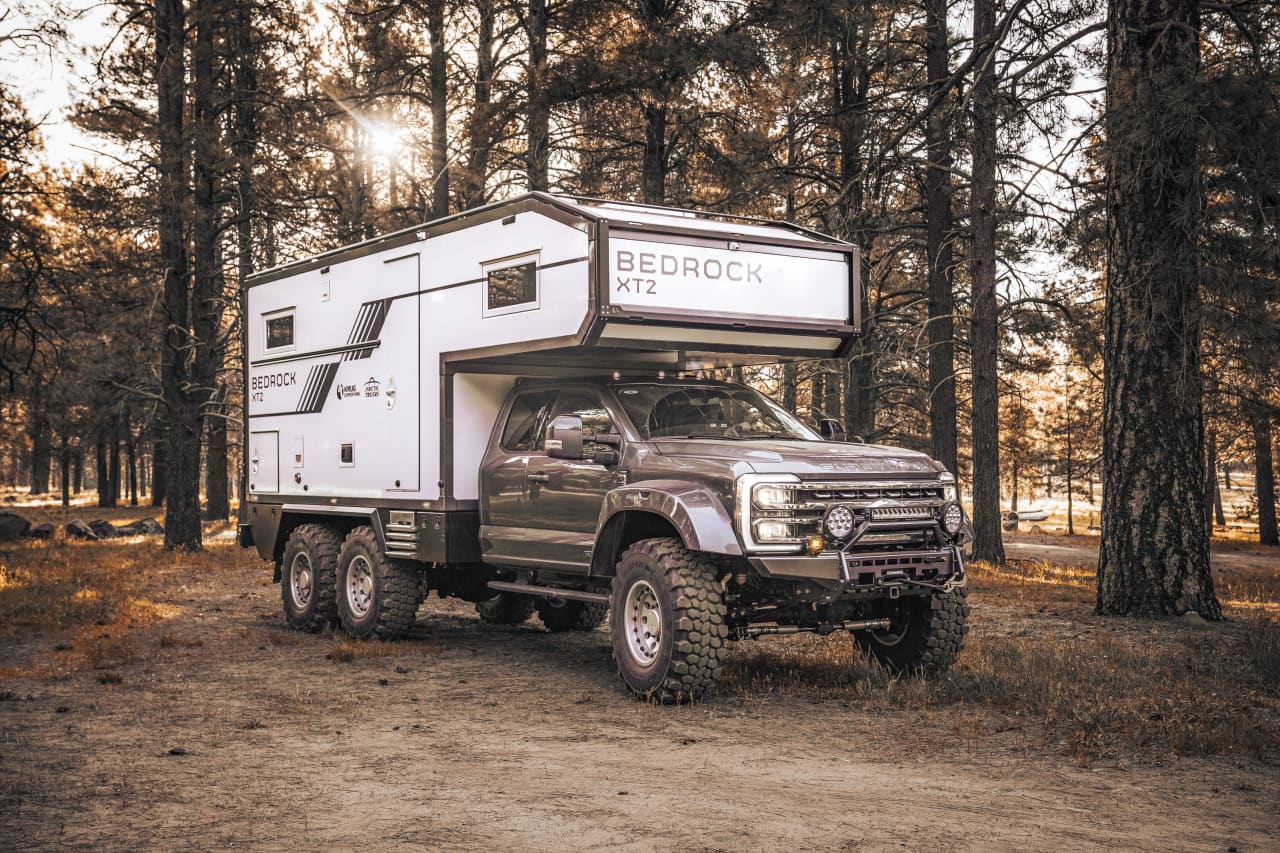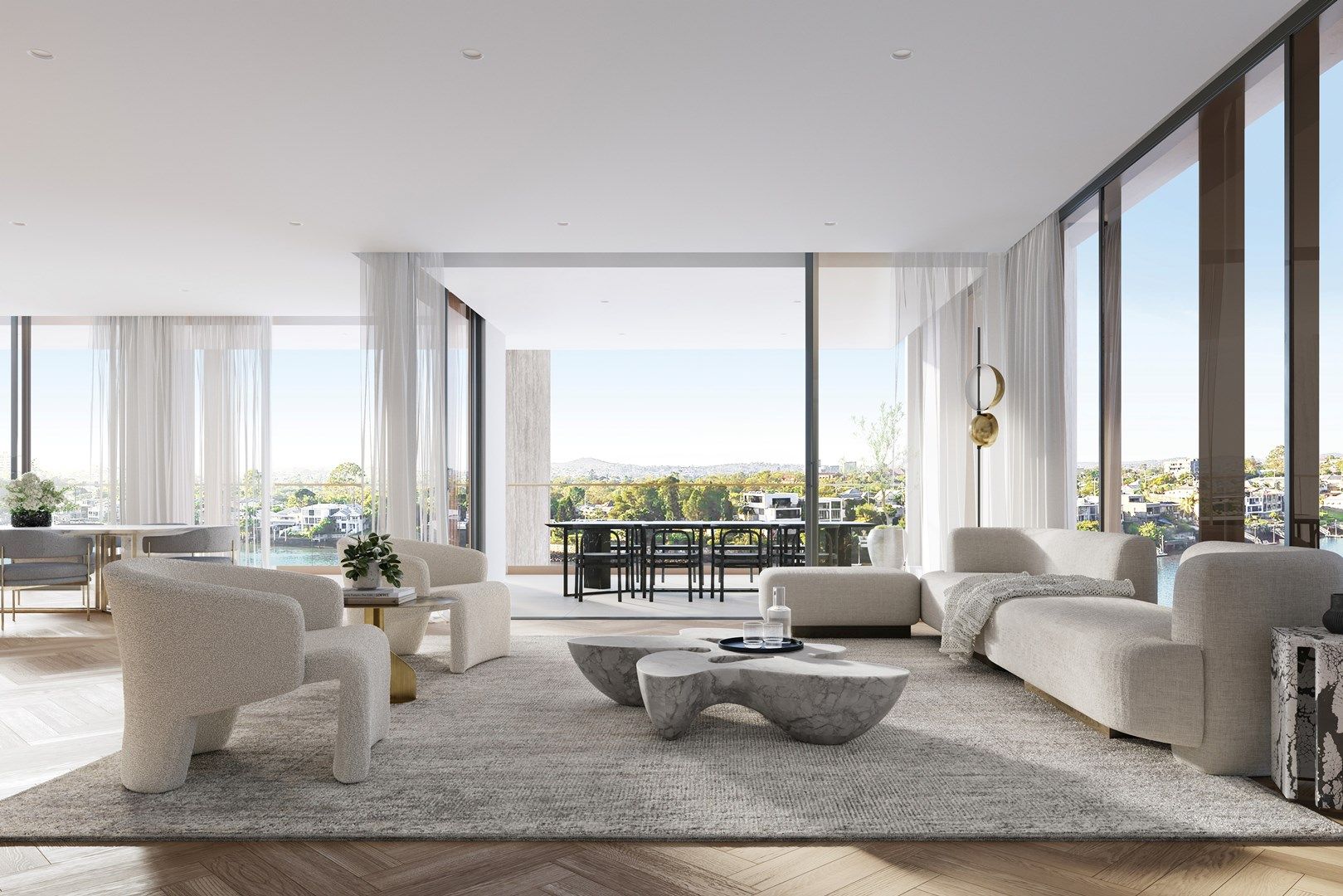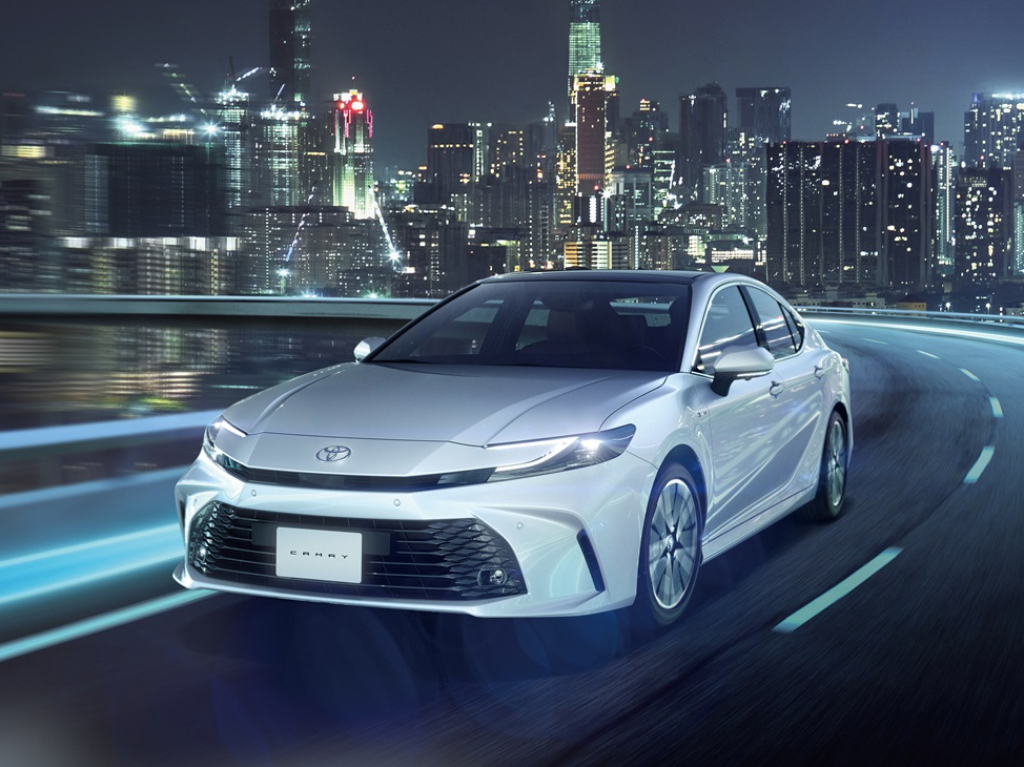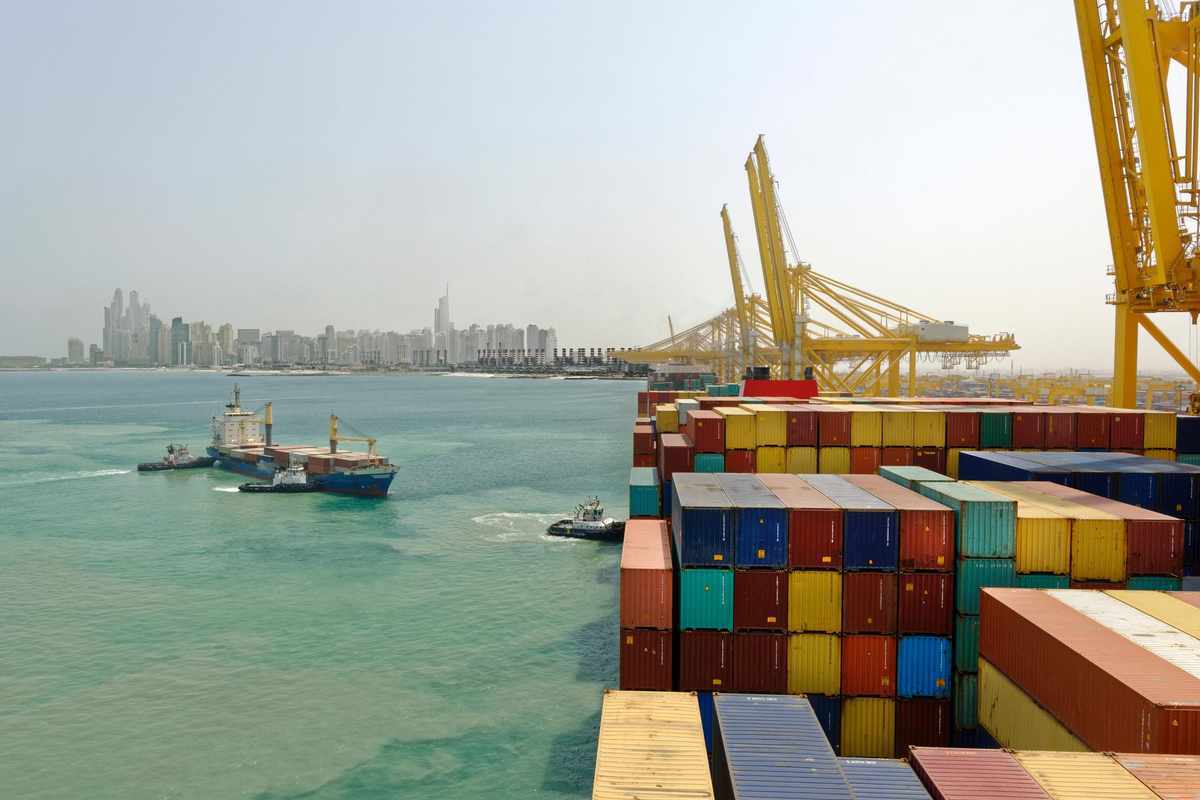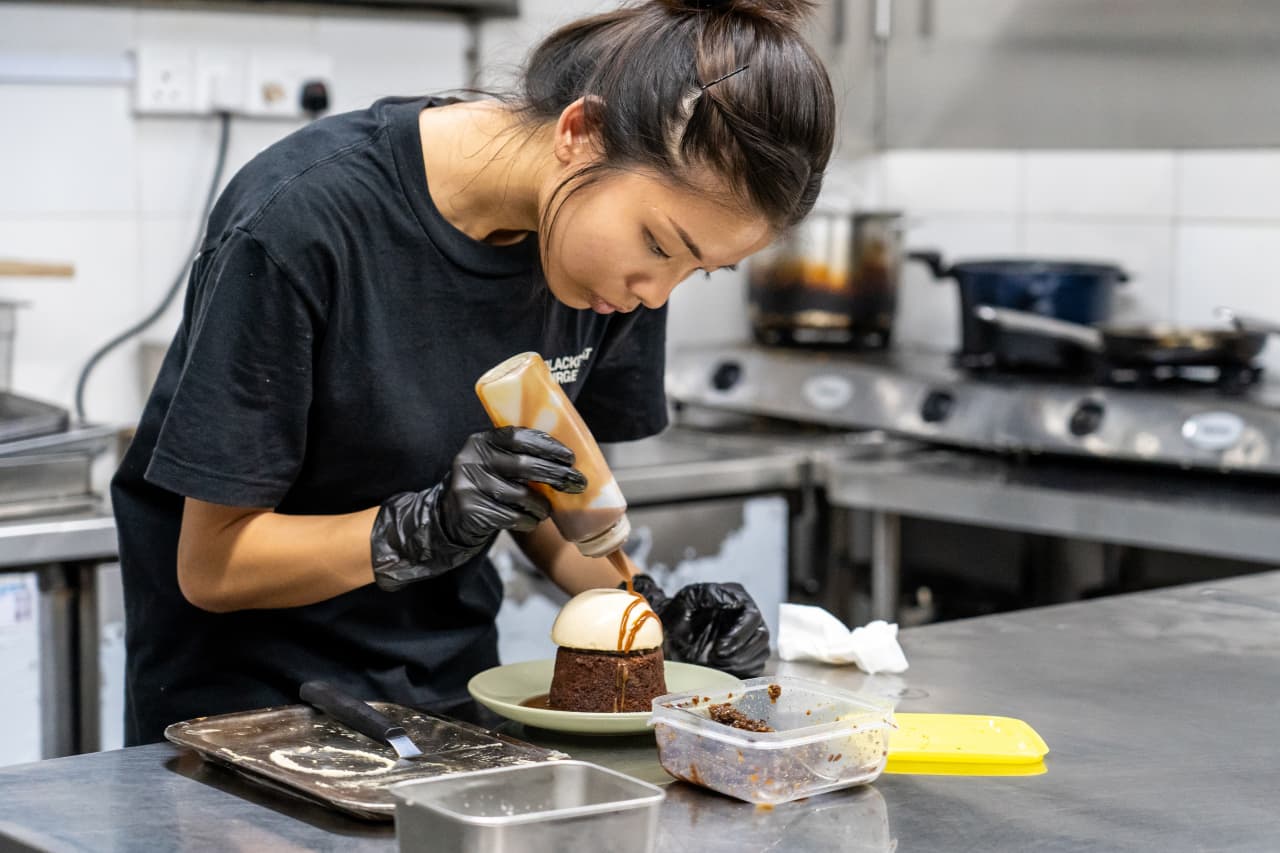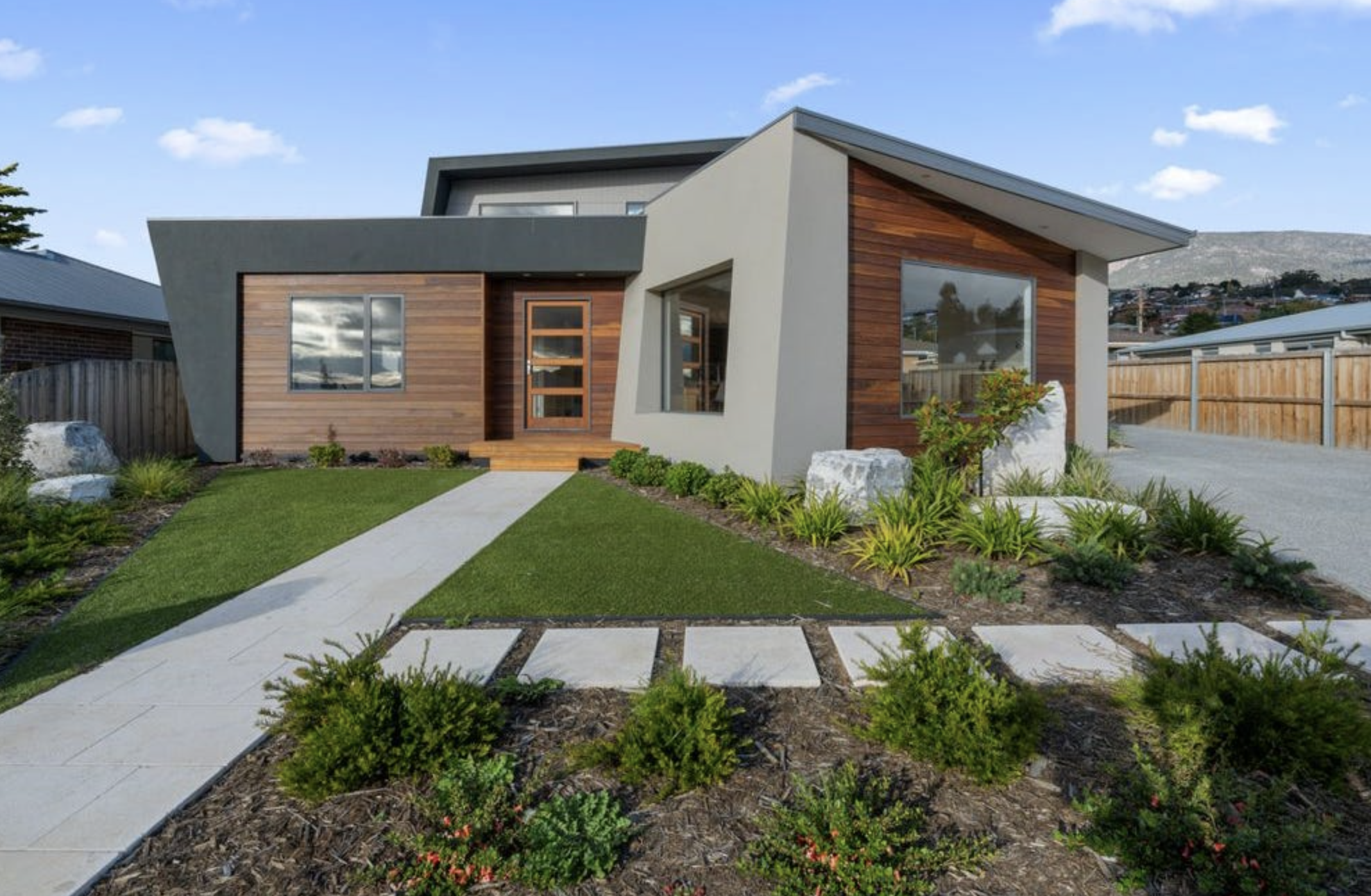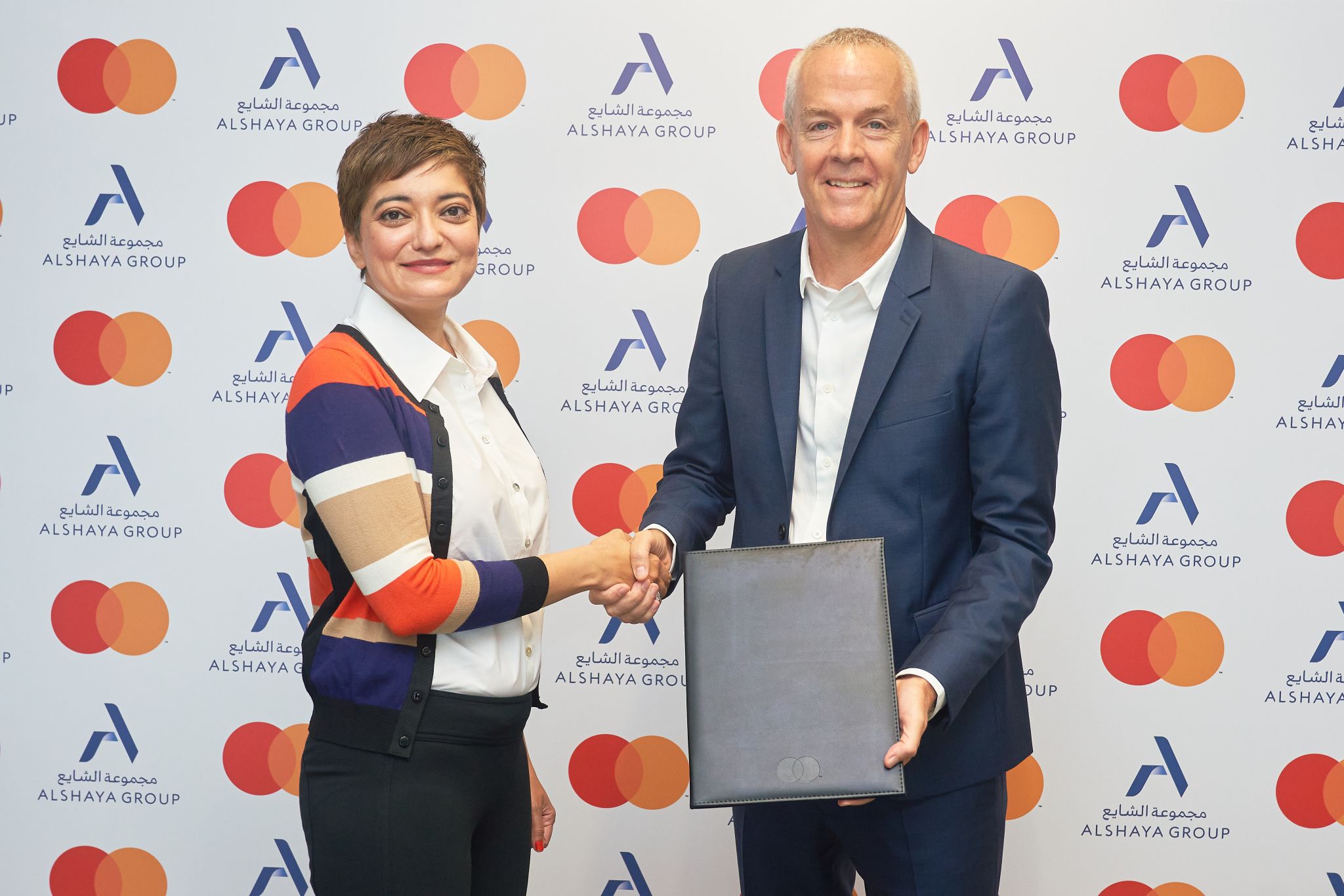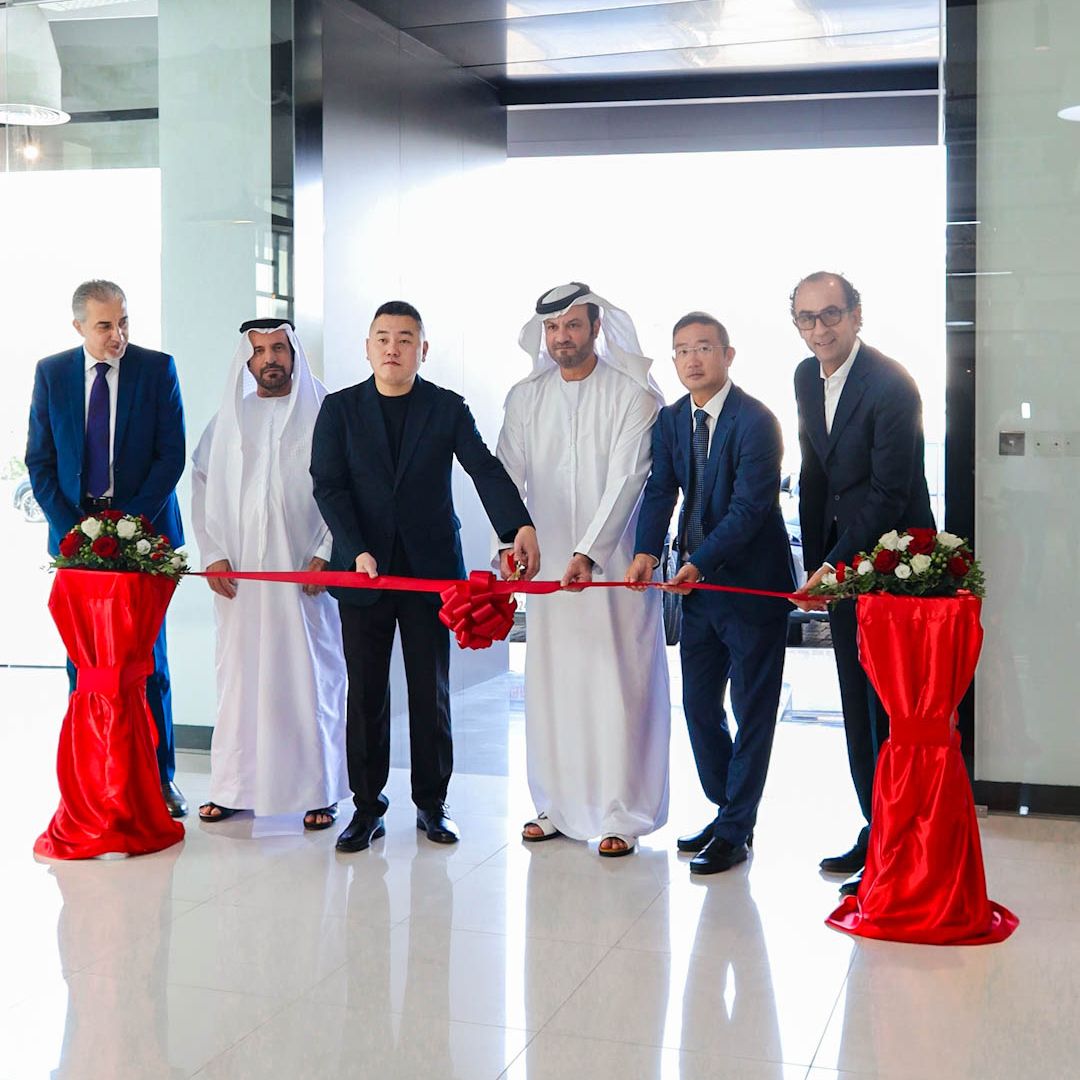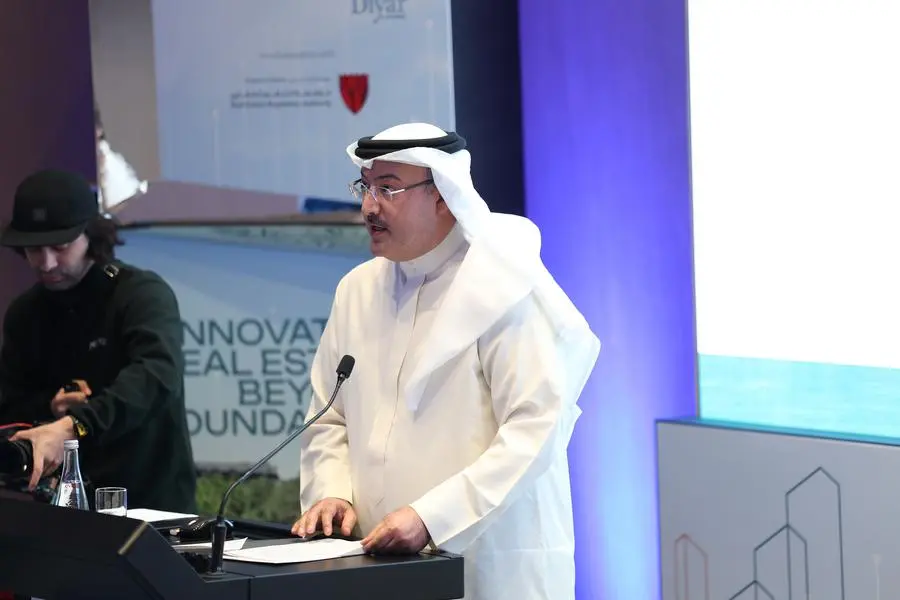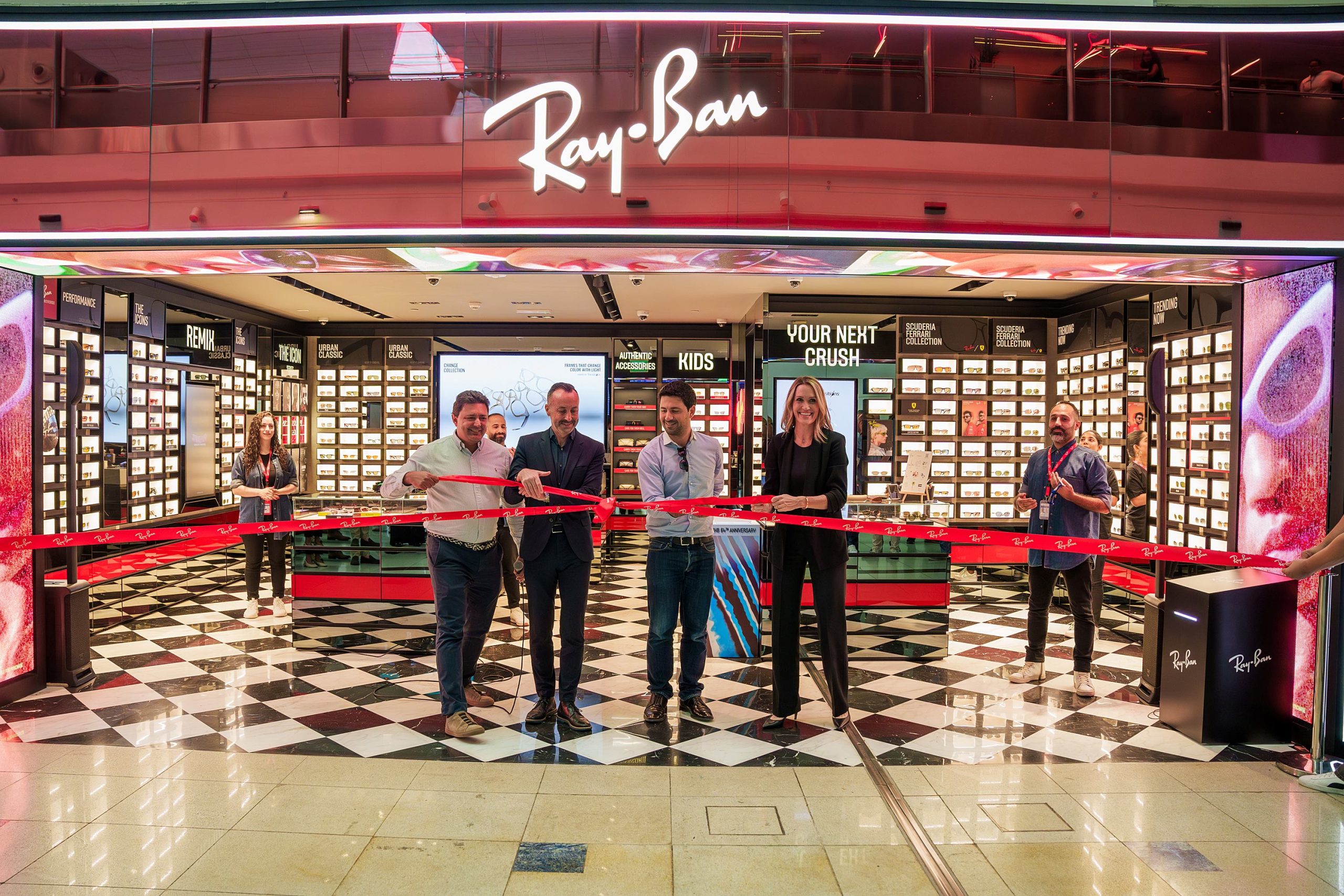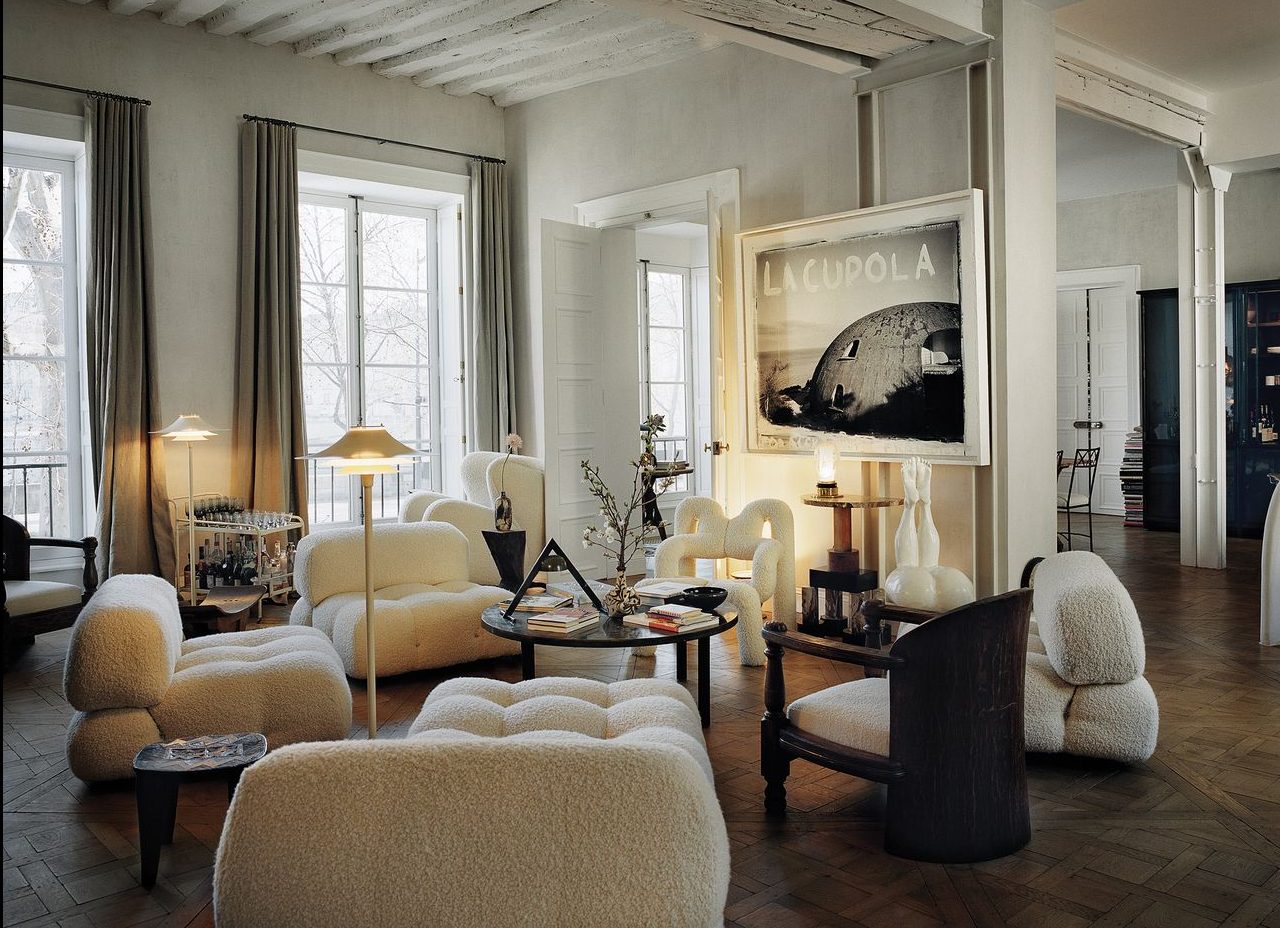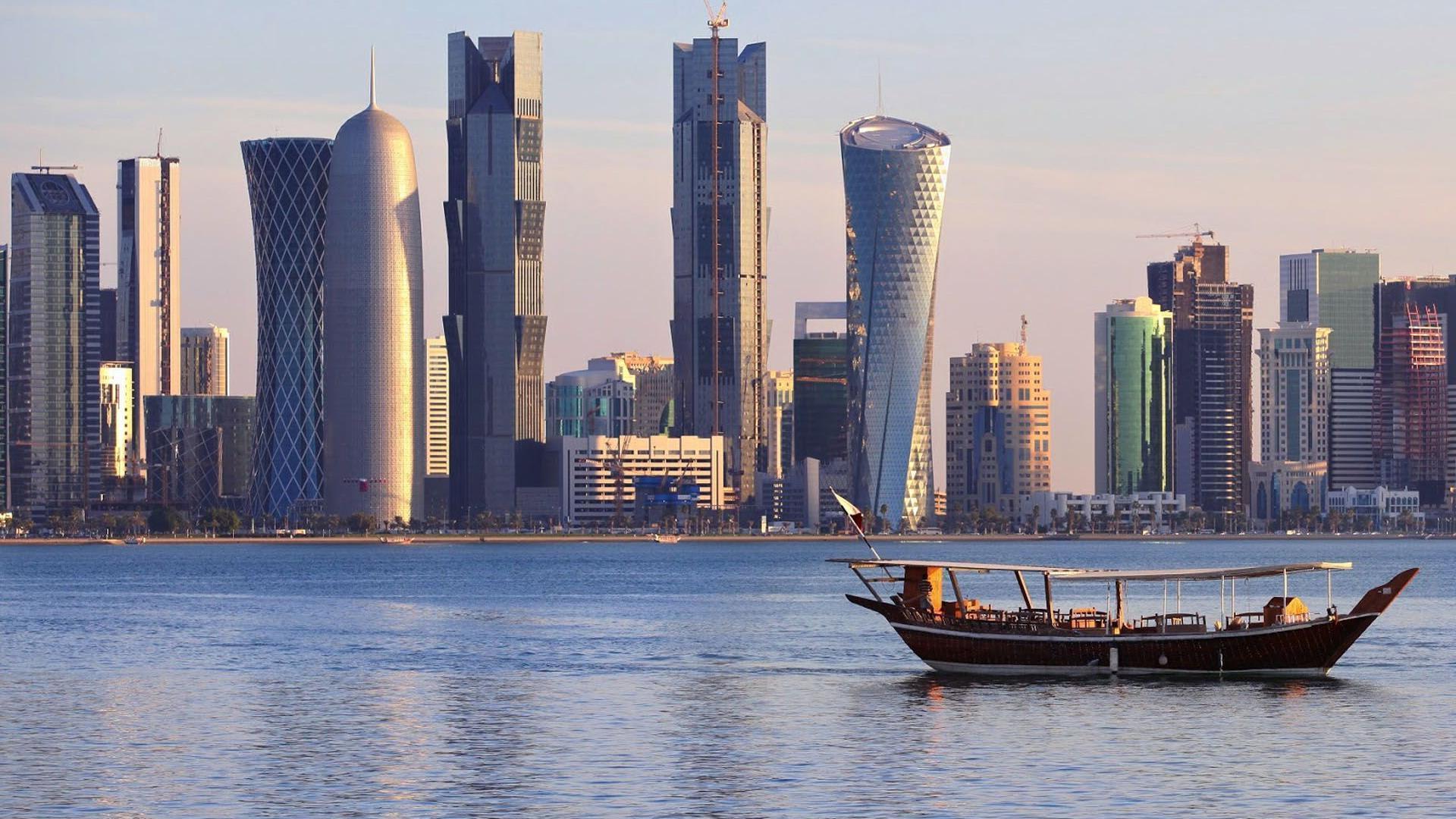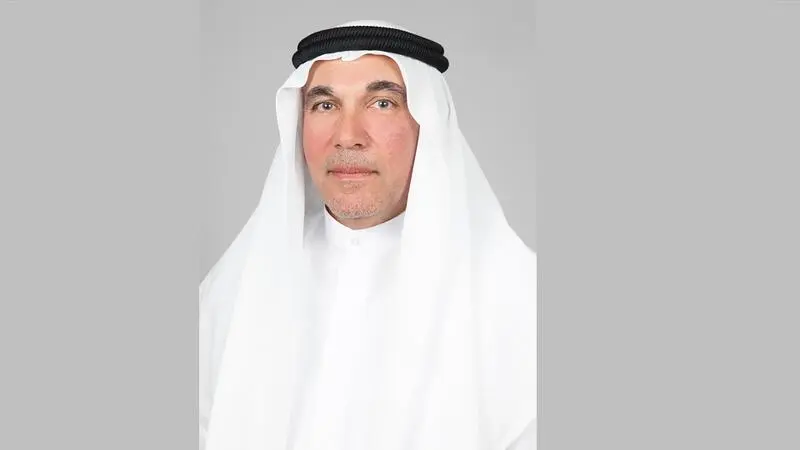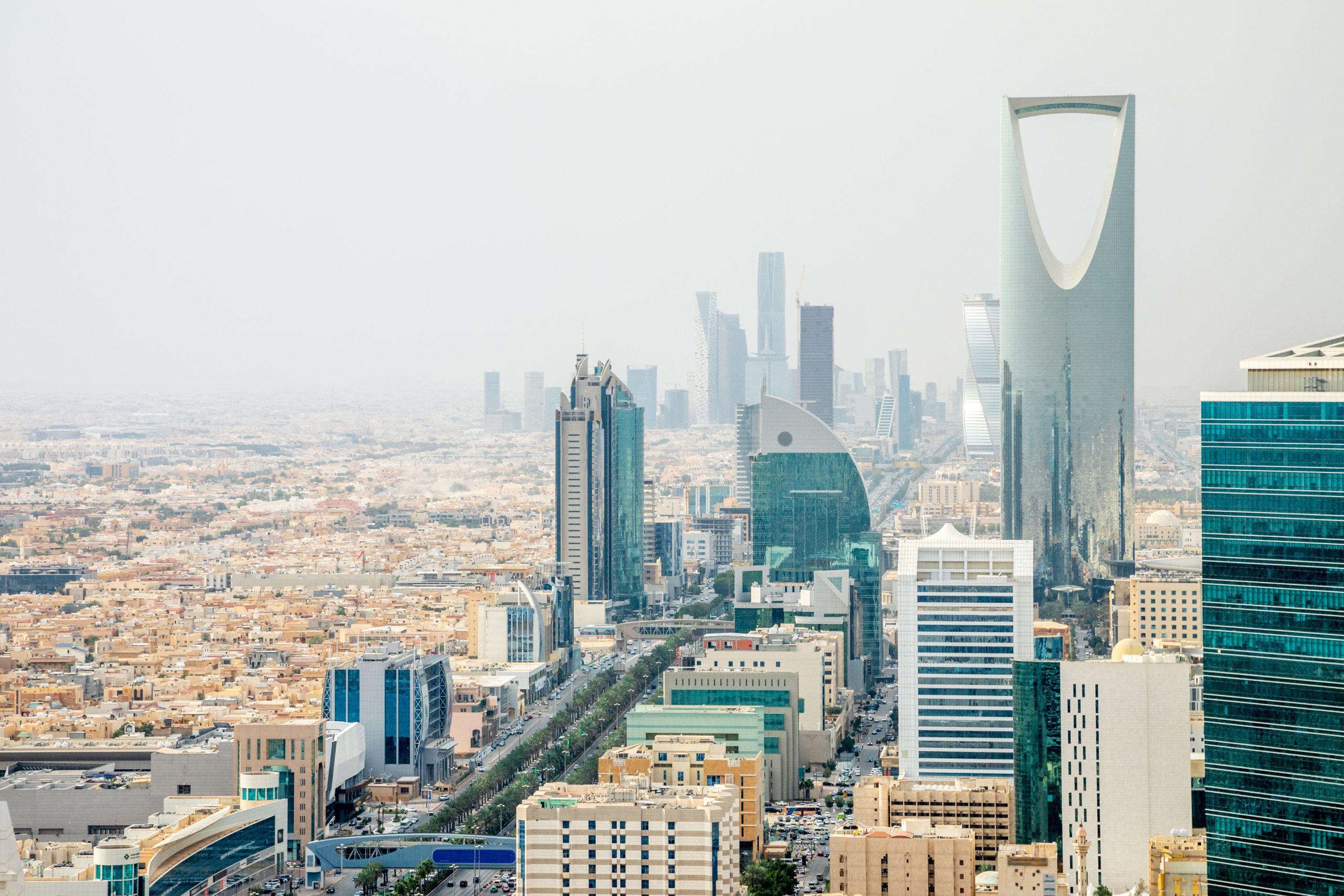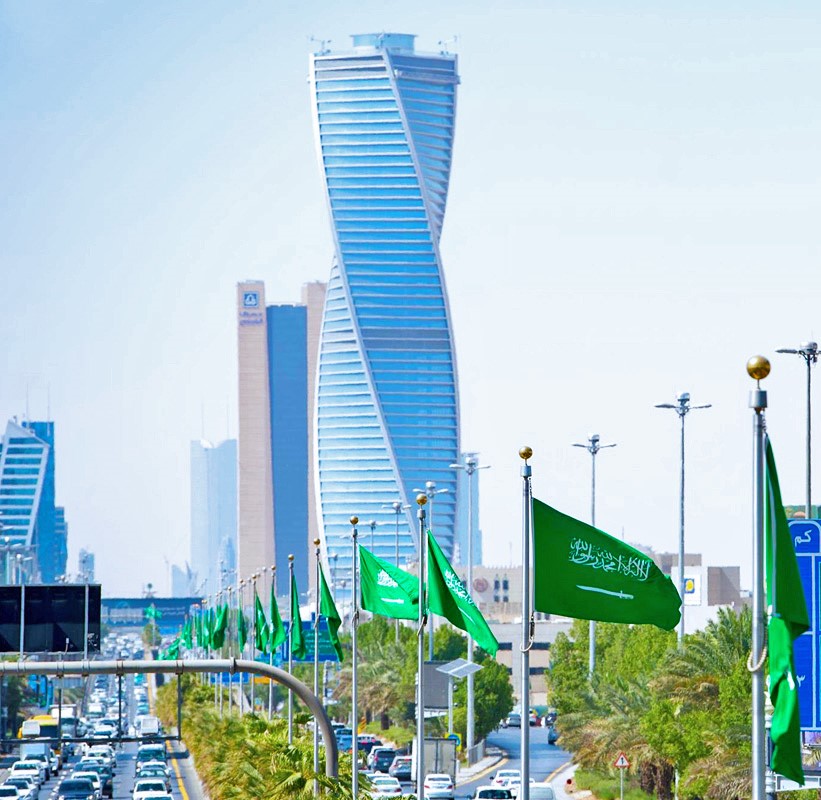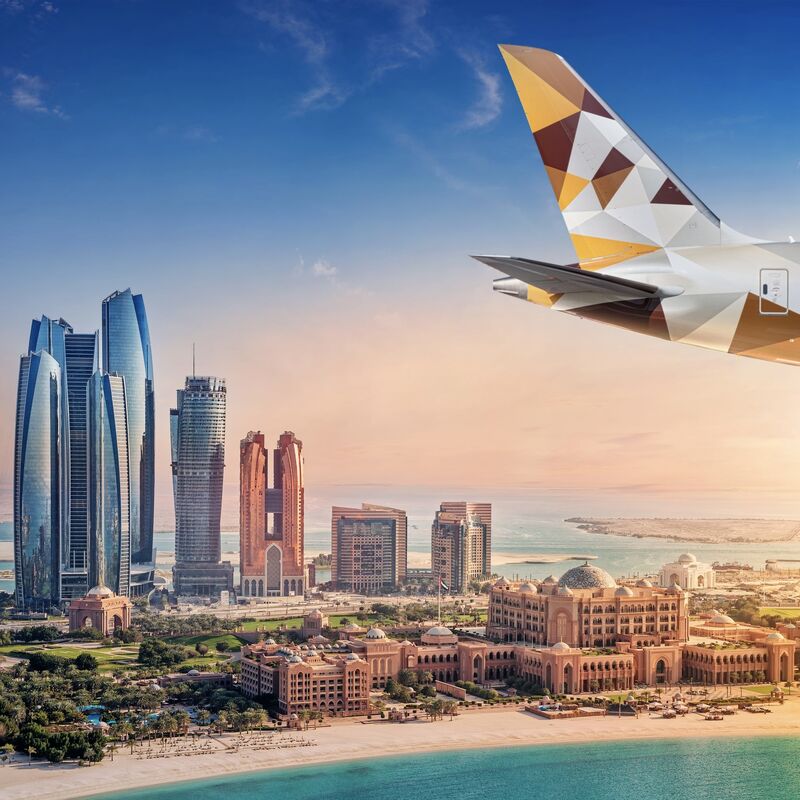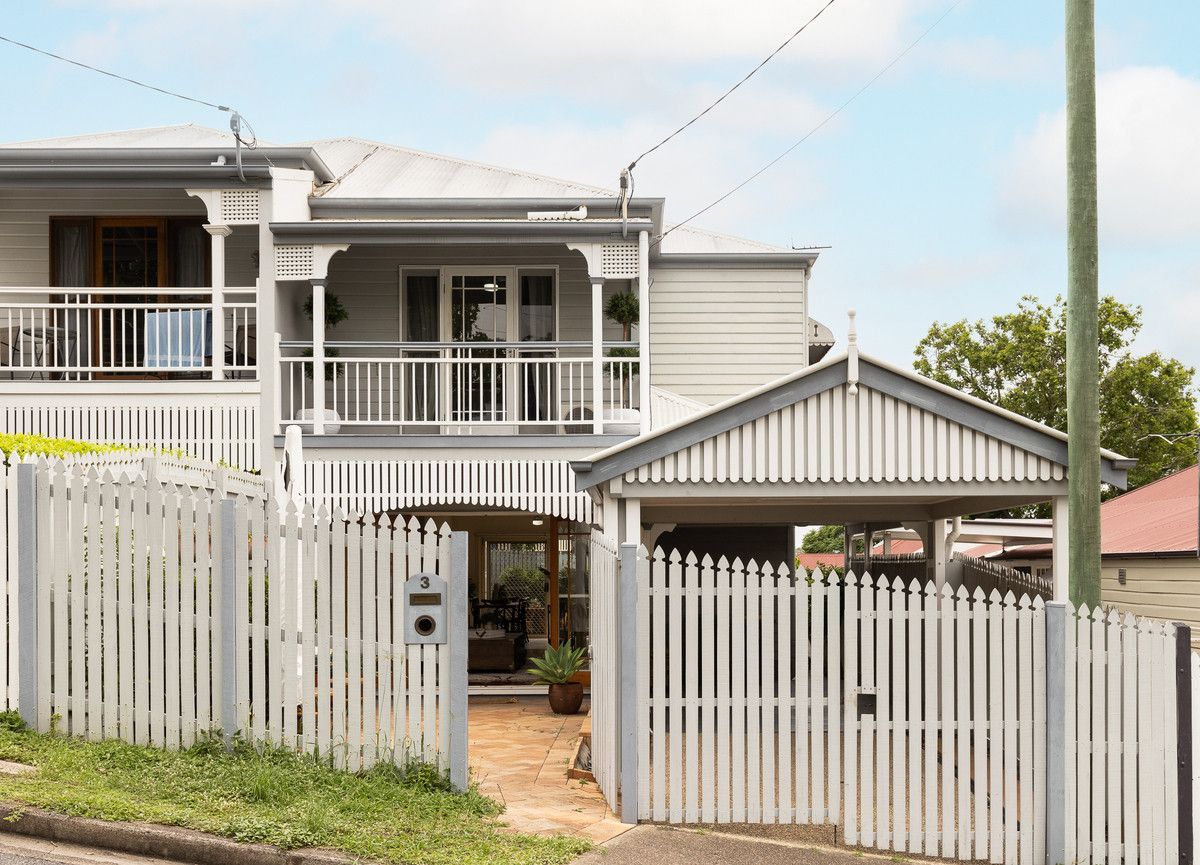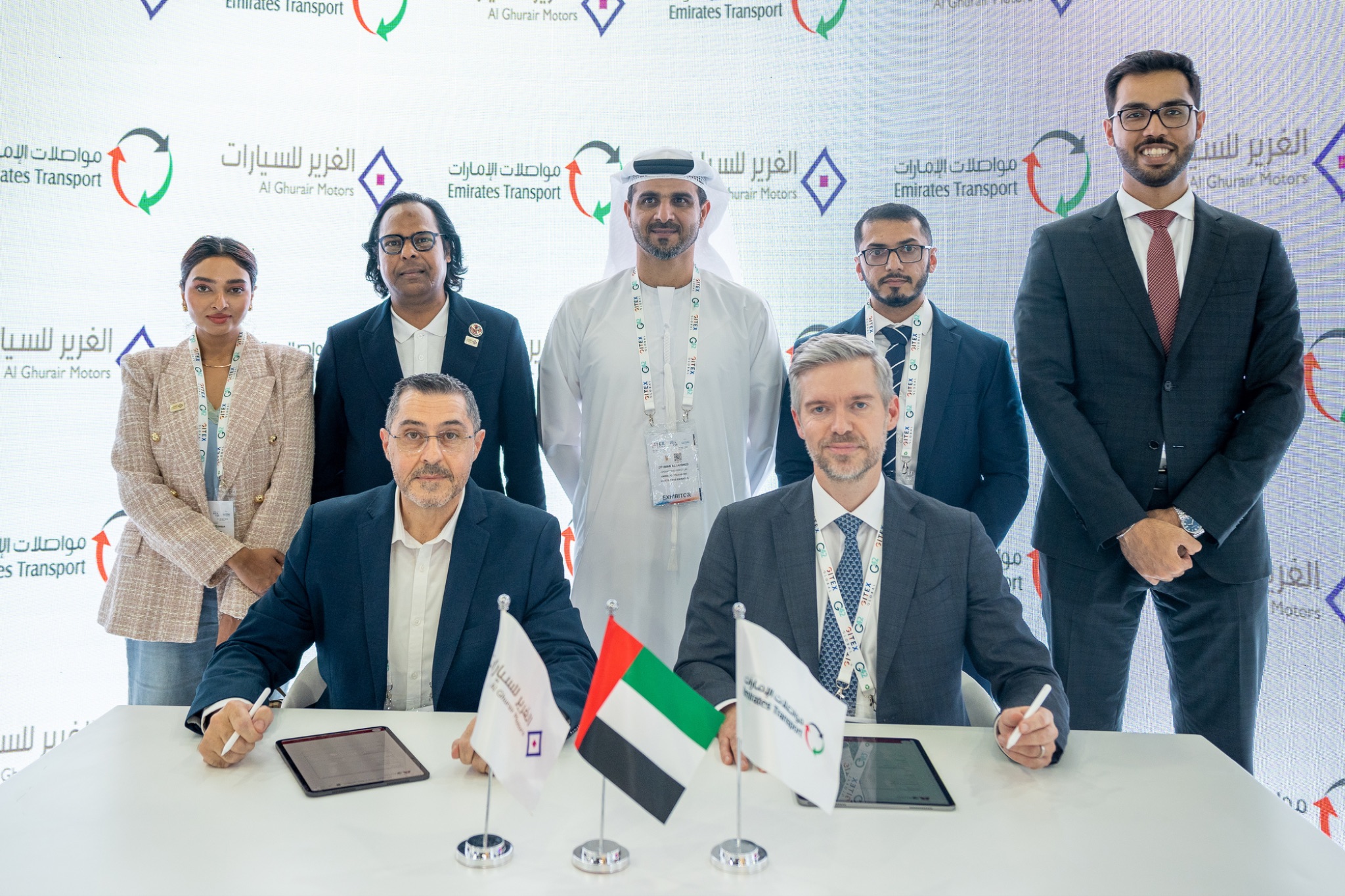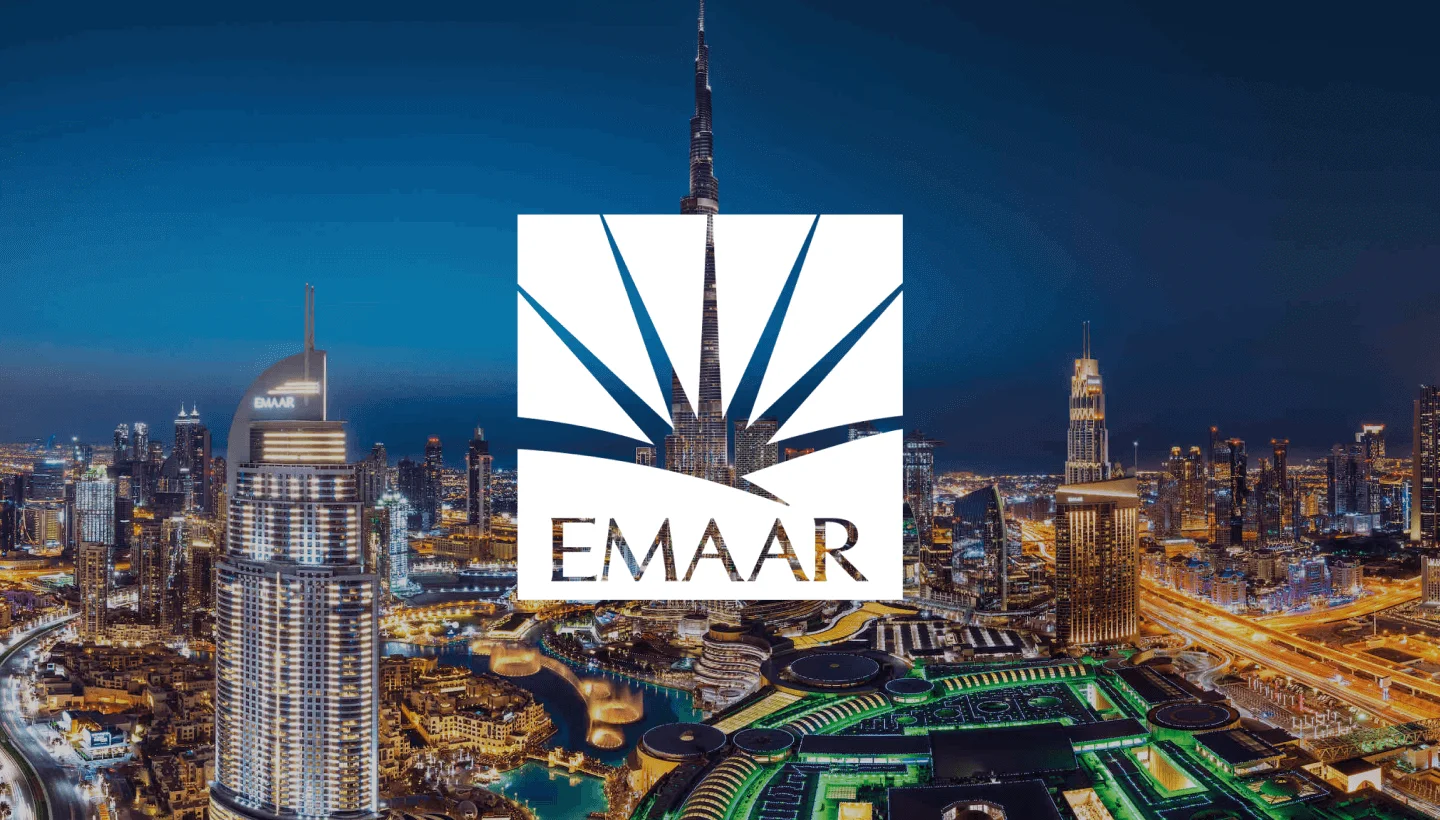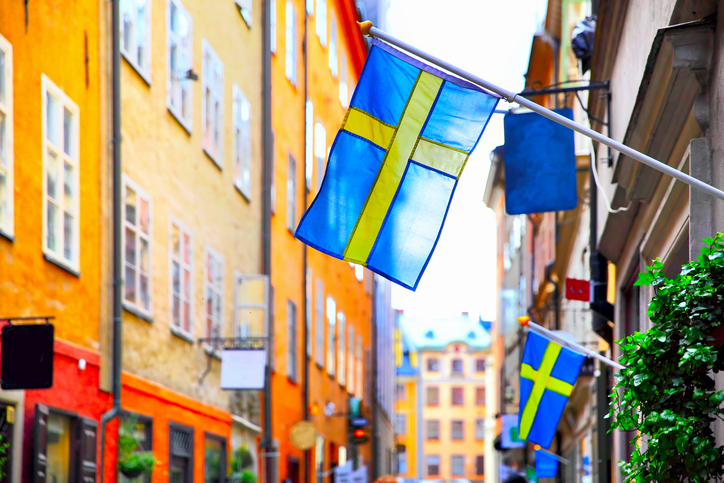Germany’s New Favourite Sport: Competing to Save Energy
After Russia throttled gas to the nation, washcloth wipe-downs and unheated pools; turning down the Christmas lights
FRANKFURT, Germany—Psychologist Maria-Christina Nimmerfroh was doing her best to deliver an online lecture to business executives last month, but every few minutes an energy-saver switch in her empty classroom killed the lights.
Finally, she got tired of standing up to trigger the motion-detecting switch and lighted her face with her cellphone flashlight.
Russia stopped piping natural gas to much of Europe this fall, hoping to show Europeans that supporting Ukraine in the war might become too uncomfortable to bear. It didn’t count on Germans’ love of thrift.
Many Germans see frugality as part of their national identify, and bargain-hunting as a way of life. So they have embraced the energy challenge, finding ever more creative ways to slash consumption. So far, they are killing it.
Gas consumption by households and businesses in September and October declined by about a quarter from those same months in 2018 through 2020, even after adjusting for unseasonably warm weather, according to Oxford Economics, a think tank. The nation’s gas storage facilities are now 97% full, well ahead of the government’s most optimistic projections.
Germans have boasted on social media about who has kept the heat off longest as the weather turned colder, posting temperature readings as proof. They are swapping hot showers for washcloth wipe-downs, stocking up on thermal underwear, even lighting outdoor grills and camping stoves in their apartments.
Town councils have dimmed streetlights, lowered temperatures in public buildings and switched off hot water in public washrooms and showers. Swimming pools are left unheated. Some towns are considering turning off traffic lights. Saunas have closed. The city of Düsseldorf is considering lowering the temperature in a crematorium.
Grocery stores have shortened their hours and switched off some refrigerators. Churches are turning down the thermostat as low as 45 degrees and asking parishioners to donate blankets to older members. The Zugspitze ski resort is running chairlifts more slowly, and leaving their seats unheated.
Germans are trading tips on social media: Use the toaster to bake bread rolls. Do laundry every other week. Delete unneeded programs and apps from digital devices. Use the right lid for every pot.
A charity in the city of Bielefeld organized an energy-saving competition: Take two photos of your energy meter, six months apart. If your consumption is at least 10% lower than the average household’s, you have a chance to win €1,000, equivalent to $1,050.
“I have to admit, I’ve developed a certain sporting ambition about keeping the heating off for as long as possible,” Lion Hirth, professor of energy policy at the Hertie School in Berlin, posted on Twitter in October, triggering a deluge of me-too comments.
The Berlin Zoo has dimmed the lights and lowered the heat a bit for some animals, including giraffes and hippos, said spokeswoman Svenja Eisenbarth. At the city’s animal shelter, the thermostat in the dog kennels was dropped to 64 degrees. Dogs without warm fur are given winter coats.
Owners of exotic pets such as iguanas, which need to be kept at a balmy 77 to 82 degrees, have been dropping them off at the shelter, said spokeswoman Ute Reinhardt, and there is a waiting list of 50 for dog owners who want to do the same with their pets.
In Wolfratshausen, the town council cut in half the energy used by streetlights by converting them to LEDs and dimming them between 10 p.m. and 5 a.m.
Even that wasn’t good enough for some local officials. “The LED lighting is too bright,” said city councillor Rudi Seibt, who wants the lights turned down to the lowest legal level.
Politicians in other countries often refrain from preaching about energy use, but not in Germany. Winfried Kretschmann, state premier of Baden-Württemberg, posted a video saying people should turn down their thermostats. He told a local newspaper that people didn’t need to shower as much, noting that “the washcloth is also a useful innovation.”
To shame officials or companies that aren’t taking their energy saving seriously, citizens are posting videos of well-lit monuments and overheated stores.
Last month, the Bild newspaper reported that a political party in eastern Germany had ordered portable oil radiators for the state parliament after room temperatures were reduced to 66 degrees. The newspaper published photos of the incriminating packages stacked in the parliament’s post room. “Uncooperative louts,” its front page blared.
Germany’s 21,000 chimney sweeps are helping police the energy-saving. The sweeps do more than clean chimneys. They check for gas leaks and problems in heating systems. Their inspections are mandatory.
“Suddenly, everything that emits heat in some form is an option,” said Andreas Walburg, a master sweep. “We see a dangerous trend here.” He said his clients have been experimenting with gas grills and gasoline-powered camping stoves indoors. “These heat sources are not suitable for closed rooms,” he said.
Now, Germans’ energy-saving fervour is colliding with another national passion: Christmas. Around the country, local authorities have been debating whether to allow traditional street markets, ice rinks and festive lights.
In Halle, the council decided to pare back Christmas lights. A fairy-tale forest on a market square will be illuminated only from 10:00 a.m. to 10:00 p.m., reducing energy consumption by half, according to officials. Civic buildings, monuments and fountains will remain dark. There will be no illuminated Christmas tree on another market square.
“In our opinion, Christmas can also be atmospheric under reduced lighting,” said Mayor Egbert Geier.
 Copyright 2020, Dow Jones & Company, Inc. All Rights Reserved Worldwide. LEARN MORE
Copyright 2020, Dow Jones & Company, Inc. All Rights Reserved Worldwide. LEARN MORE
Chris Dixon, a partner who led the charge, says he has a ‘very long-term horizon’
Americans now think they need at least $1.25 million for retirement, a 20% increase from a year ago, according to a survey by Northwestern Mutual
Under its exclusive agent “National Motors Supplies”
The Jetour brand, under its exclusive agent “National Motors Supplies,” continues to enhance its outstanding performance in the Saudi market and achieve remarkable success during 2023 and 2024, solidifying its position in the Chinese car market and the SUV segment.
Jetour’s exceptional performance in 2023 marked a significant leap, as it topped the list of the fastest-growing Chinese brands overall in the Kingdom and ranked second in the fastest-growing automotive brands. It also secured first place in sales of Chinese C-segment SUVs this year. This remarkable progress has strengthened Jetour’s position, making it the second-largest brand in the overall automotive sector in the Saudi market.
In 2024, Jetour continues its streak of success, maintaining first place in sales of Chinese C-segment SUVs. The Jetour “Dashing” model has gained widespread popularity among customers, achieving the top spot in Chinese C-segment SUVs up to July of this year. This model stands out for its modern design that combines elegance and innovation, powered by a 1.6-liter turbo engine with four cylinders, delivering 194 horsepower and 290 Nm of torque, offering strong performance and high fuel efficiency. Additionally, it features smart technologies that support driver safety.
In the D-segment SUVs, the Jetour T2 model excelled by securing first place among Chinese brands and second place in the Saudi market for this segment. It is powered by a turbocharged four-cylinder engine, delivering 251 horsepower and 390 Nm of torque, paired with a seven-speed dual-clutch transmission, making the vehicle ideal for various terrains. The T2 also boasts an all-wheel-drive system and XWD system, providing high stability and responsiveness on diverse roads.
Chris Dixon, a partner who led the charge, says he has a ‘very long-term horizon’
Americans now think they need at least $1.25 million for retirement, a 20% increase from a year ago, according to a survey by Northwestern Mutual
UAE is setting a new standard for gender equality in the Middle East, positioning itself as a regional leader in female empowerment.
Recent findings from a joint study by The Consultants MEA and Kūdi has highlighted the UAE as a beacon for women in business leadership across the Middle East. The study, which surveyed around 400 female leaders across countries like Morocco, Egypt, Jordan, Saudi Arabia, and the UAE, shows the UAE’s pioneering role in empowering women in business, particularly through initiatives that foster female entrepreneurship and leadership.
Nearly half of all start-ups in the UAE are founded or co-led by women, especially in technology and innovation sectors, demonstrating the country’s success in creating an inclusive business landscape. While other GCC nations, such as Oman, are making strides in supporting women, the UAE stands out for its comprehensive policies that elevate women in leadership roles, contributing to its growing reputation as a key player in regional economic development.

Challenges Across Industries
Despite the progress, inequalities remain. The study revealed that while women are increasingly present in manufacturing and technology, they are underrepresented in sectors like banking, consumer goods, retail, and government.
Globally, Nielsen predicts that by 2028, women will control 75% of discretionary spending, making their role in shaping economic trends more critical than ever. However, certain sectors, like advertising, still show a gender imbalance, with only 35% of creative directors in the U.S. being women, reflecting broader international challenges.
Prominent female leaders in the Middle East are addressing these challenges with optimism. Marise Assaf, CEO of Kūdi, emphasized the importance of women in leadership, saying “Empowering women in leadership is essential for fostering innovation and driving sustainable growth in our organizations. Time and again, crises have revealed women as the most empathetic and influential leaders. It’s imperative we translate this reality to the business world, championing women’s advancement. The path ahead is long, but the potential for transformative leadership is immense.”
One persistent challenge highlighted in the study is the gender pay gap. Despite evidence that companies with more women in leadership tend to perform better, women in senior positions still earn significantly less than their male counterparts. This gap reflects broader issues around gender bias and stereotypes, which continue to affect opportunities for career advancement and salary parity.
Commitment to Inclusivity
The study also revealed that 87% of the women leaders surveyed are taking proactive steps to create more inclusive environments within their organizations. This reflects a regional commitment to promoting gender equality in the workplace. In the UAE, this is particularly evident, where women hold 17% of board positions and lead 50% of tech start-ups.
However, reintegration after maternity leave remains a key challenge, with many women struggling to balance family responsibilities with professional demands. This barrier highlights the need for better policies that support working mothers and promote a more flexible work environment.
Najla Al Jamali, CEO of Alternative Energy at OQ, said, “Workplaces need to adapt; there are two competing needs for women: the career and the biological clock. A successful workplace can navigate both, ensuring that one does not sacrifice the other.”
The Future of Women’s Leadership
The findings from this study highlight the increasing influence of women in business leadership, with the UAE standing out as a hub for female empowerment. Other GCC countries are gradually following the UAE’s lead, implementing policies and initiatives designed to create more inclusive business environments for women.
Although significant progress has been made, there is still much work ahead. The rising number of women in leadership, particularly in technology and entrepreneurship, is a promising sign that the region is moving toward greater gender equality. However, challenges such as pay disparities, gender biases, and the difficulties women face when re-entering the workforce after maternity leave must be addressed. Overcoming these barriers will require more than just policy changes—it calls for a broader cultural shift in how workplaces support and value female talent.
The impact of women’s leadership extends far beyond economic gains. Empowered female leaders help create organizational cultures that prioritize empathy, sustainability, work-life balance, diversity, and inclusion. Their leadership nurtures environments where innovation flourishes, and crises are handled with resilience and compassion, further reinforcing the transformative potential of women in leadership roles.
Chris Dixon, a partner who led the charge, says he has a ‘very long-term horizon’
Interior designer Thomas Hamel on where it goes wrong in so many homes.
In partnership with the Abu Dhabi Sports Council
Al Fardan Exchange is delighted to announce its partnership with the Abu Dhabi Sports Council and the NBE Egyptian Super Cup 2024, serving as the event’s official remittance partner. This collaboration underscores Al Fardan Exchange’s dedication to connecting communities and fostering the love for football across the region.
The Egyptian Super Cup, hosted by the Abu Dhabi Sports Council, is one of the most highly anticipated football events for the Egyptian community, set to take place in Abu Dhabi this year. Bringing fans and families together to celebrate their shared passion, the tournament symbolizes unity through sport. As the Official Remittance Partner, Al Fardan Exchange will help enhance the experience for football enthusiasts in the country.
Hasan Fardan Al Fardan, CEO of Al Fardan Exchange, commented on the partnership, “Football is a universal language that brings people closer, and we are thrilled to partner with the Egyptian Super Cup 2024. This event is a celebration of passion, teamwork, and community spirit—values that we at Al Fardan Exchange deeply resonate with. Beyond providing financial services, we are committed to creating memorable experiences for our customers, and this partnership reflects that goal.”
Talal Al Hashemi, Executive Director of Events Sector at Abu Dhabi Sports Council, said, “We are honored to count on Al Fardan Exchange as the Official Remittance Partner in our hosting of this year’s edition of the NBE Egyptian Super Cup. Al Fardan Exchange is a long-standing establishment that has earned the trust and devotion of its vast network of happy customers and associates through their values of hard work and dedication to the community. Our partnership is yet another marker of our blueprint to success in organizing this tournament and further indication of Abu Dhabi’s value as a global sports hub.”
Al Fardan Exchange has launched an exciting promotion for its customers to celebrate this partnership. Until 23 October, anyone sending money to Egypt through any Al Fardan Exchange branch or via the AlfaPay app will be entered into a draw to win tickets to the NBE Egyptian Super Cup final. In total, 241 lucky winners will get the chance to experience the final game live, making this football season truly special.
As part of the celebration, the NBE Egyptian Super Cup Trophy Tour took place at select Al Fardan Exchange branches, offering fans and local communities the opportunity to get up close with the prestigious trophy and share in the excitement leading up to the event.
Chris Dixon, a partner who led the charge, says he has a ‘very long-term horizon’
Following the devastation of recent flooding, experts are urging government intervention to drive the cessation of building in areas at risk.
Integrating the latest artificial intelligence applications into the medical operations will enhance the level of accuracy and efficiency
Dr. Majid Al Fayyad, CEO of King Faisal Specialist Hospital and Research Center KFSHRC, said, “after our success in implementing the first global full heart transplant using a robot, we are moving to expand the use of robotic surgery in all our operating rooms, and we hope that it will be the first option in the future.”
This came on the sidelines of his participation in a discussion panel on Innovation in healthcare, within the Global Health Exhibition GHE that kicked off in Riyadh.

He pointed out that pioneering robotic surgery was the result of intensive preparatory efforts, including equipping the operating rooms with the latest technologies and training staff thoroughly, while maintaining a delicate balance between bold innovation and strict safety measures, to ensure the achievement of results that enhance patient safety.
Al Fayyad stressed that KFSHRC is working on integrating the latest artificial intelligence applications into its medical operations to enhance the level of accuracy and efficiency, which will push the boundaries of innovation to unprecedented levels in the medical field and allows us to share these experiences globally.
Chris Dixon, a partner who led the charge, says he has a ‘very long-term horizon’
Designed by renowned Koichi Takada Architects, Mamsha Palm blends organic curves with the essence of nature to capture quiet luxury
Aldar Properties (‘Aldar’) has unveiled Mamsha Palm, setting a new standard for luxury living on Abu Dhabi’s Saadiyat Island. This exclusive residential community masterfully merges the peaceful elegance of Japanese-inspired architecture with the dynamic energy of Abu Dhabi, creating a serene and sophisticated cultural haven for its residents.
Jonathan Emery, Chief Executive Officer, Aldar Development, said: “Abu Dhabi is one of the world’s most desirable locations for investment and long-term residency due to its track record on safety, premium lifestyle, and business friendly policies. Mamsha Palm is Aldar’s latest luxury offering within Abu Dhabi’s most in-demand destination, Saadiyat Island, and we are confident it will be in extremely popular amongst buyers, especially overseas investors who intend to relocate to the emirate.”
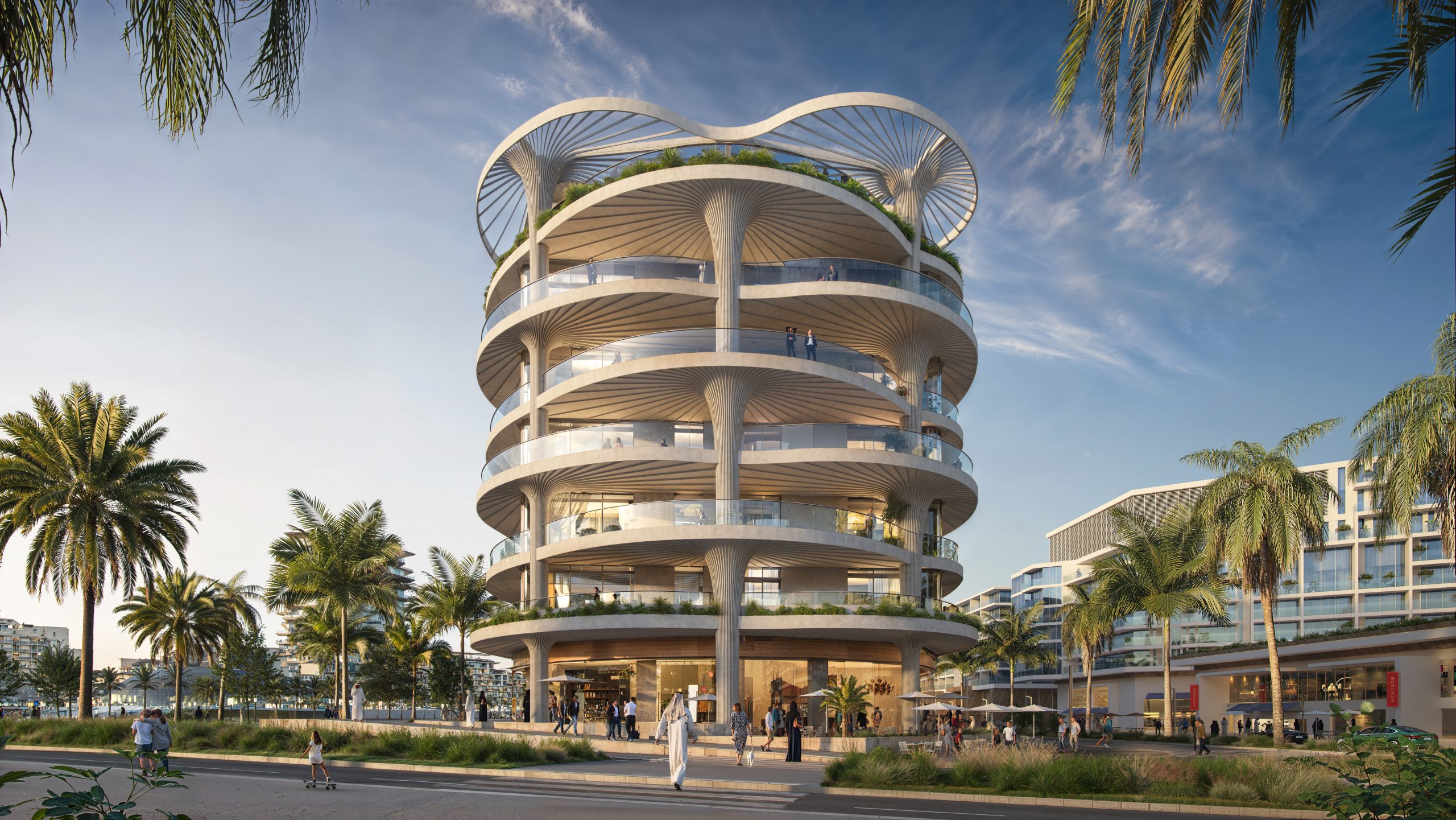
Designed by the renowned Koichi Takada Architects, Mamsha Palm captures the concept of quiet luxury, with the building’s flowing curves and organic forms echoing the natural movement of the palm tree and evoking a strong connection to the cultural heritage of the region.
Koichi Takada, Koichi Takada Architects, commented: “Mamsha Palm has offered me a unique opportunity to create something never seen before in the Middle East. Aldar shares our dedication to residential excellence, and together we will contribute to the ‘quiet luxury’ of Saadiyat Cultural District. The architecture is inspired by nature, featuring flowing curves that evoke the protection of Palm Trees in the desert landscape. We drew aesthetic and functional cues from the tranquillity of Japanese zen lifestyle.”
With its unique design, Mamsha Palm will be a standout development within Saadiyat Cultural District, benefiting from its proximity to the sandy shores of Mamsha Al Saadiyat, the iconic Guggenheim Abu Dhabi, the luxurious Nobu Hotel, and the island’s highly anticipated luxury retail destination Saadiyat Grove.
The exclusive development comprises 44 exquisite residences, including one-, two- and three-bedroom apartments, as well as three four-bedroom duplex sky villas. Each residence is a testament to thoughtful design with interiors that embody the principles of Japanese minimalism — harmonious, uncluttered, and meticulously crafted. The use of natural materials and muted tones creates a sense of calm, offering residents an elevated sanctuary away from the bustle of daily life.
Mamsha Palm features an array of high-end amenities designed to enhance residents’ wellbeing and lifestyle, including a rooftop wellness space including a state-of-the-art gym, yoga studio, and swimming pool with breathtaking sea views. Residents will also be able to enjoy a seamless arrival experience with valet parking, a tranquil Zen Garden lobby, a Japanese-inspired tearoom, and exclusive retail and F&B outlets, curated to complement the community’s sophisticated lifestyle.
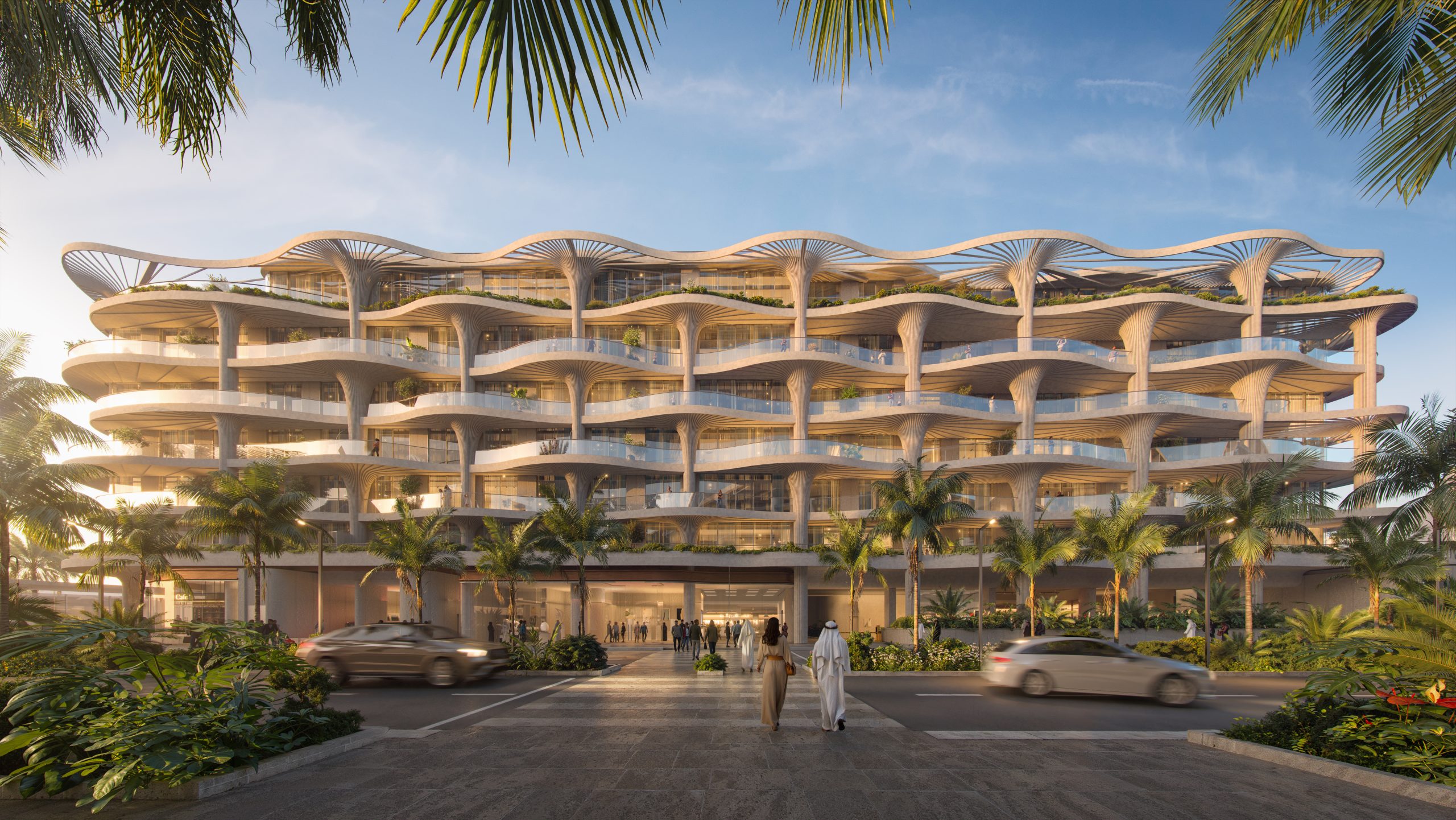
Saadiyat Island boasts 9km of natural beachfront and an ever-expanding landscape of sophisticated hospitality, retail, culture, wellbeing and entertainment options. Leading education institutions such as Cranleigh Abu Dhabi and New York University Abu Dhabi, are also in close proximity. The island is a 25-minute drive from Zayed International Airport and has direct connection to major highways that connect Abu Dhabi with Dubai, and the rest of the United Arab Emirates.
In line with Aldar’s aim to promote sustainable living and building practices, Mamsha Palm is targeting a 3 Pearl Estidama rating and a 2-star rating from Fitwel – the world’s leading healthy building certification.

Chris Dixon, a partner who led the charge, says he has a ‘very long-term horizon’
Even more customized with Weissach or Lightweight package
Porsche is relaunching the 911 GT3. The exceptionally track-ready road sports car makes its debut in its anniversary year with an expanded lightweight strategy, a naturally aspirated 4.0-litre boxer engine with 375 kW (510 PS#) and 450 Nm, and new, highly customer-focused options.
The Weissach package, available for the first time in the 911 GT3, offers even more custom configuration options for use on the track. In addition, the sports car comes with more extensive standard equipment and other options that further enhance its precision and sportiness.
911 GT3 with modern styling
The new 911 GT3 models feature a sharpened design in the front and rear as well as adapted aerodynamics. In both variants, the recontoured front diffuser, the refined shape of the spoiler lip and modified fins on the underbody increase downforce and optimize the air flow.
Redesigned Matrix LED headlights, available on the 911 GT3 with an optional white accent ring, combine all the light functions of the 911 and eliminate the need for additional lights in the front apron. This enables an enlarged air inlet area and a clearly structured look. In the rear, the diffuser, air inlets and rear lid have been redesigned. The rear wing of the 911 GT3 has new angled side plates.
Porsche uses specially developed, aerodynamically shaped trailing arms with a teardrop profile on the double-wishbone front axle. They increase downforce in the wheel arch at high speeds and improve brake cooling.
To ensure that the downforce balance between the front and rear axles is maintained even when braking from high speeds, the suspension engineers have reduced pitching (anti-dive). On the new 911 GT3, the front ball joint of the lower trailing arm has been set lower on the front axle to facilitate this. The 911 GT3 has adopted these modifications from the current 911 GT3 RS. The 911 GT3 comes standard with 255/35 ZR 20 (front) and 315/30 ZR 21 (rear) sports tires with improved wet grip; optionally, track tires with road approval are available through the Porsche Tequipment channel.
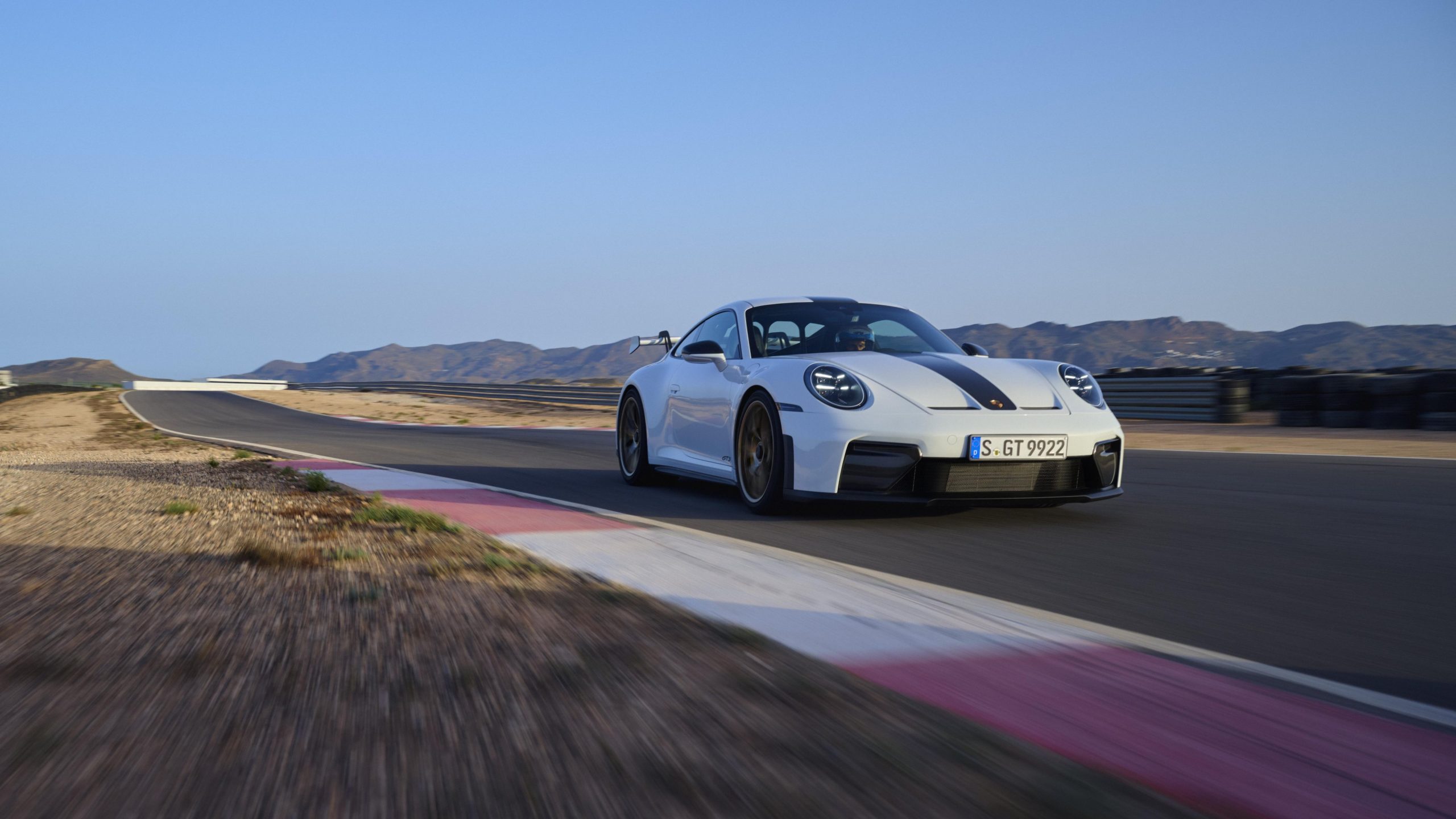
Touring package available from launch and even more customizable
With the model change, Porsche is defining the variants of the 911 GT3 even more clearly. For the first time, the popular Touring Package will be available right from the market launch.
The “Touring Package” designation goes back to an equipment variant of the 1973 911 Carrera RS 2.7. It has been part of the GT3 program since 2017. It’s even more distinctive in the new 911 GT3, as reflected in the “911 GT3 touring” logo on the rear lid grille.
The 911 GT3 with Touring Package dispenses with the fixed wing and thus preserves the timelessly elegant line of the 911. An extendable rear spoiler with a tear-off edge, the famed Gurney flap, and an adapted fin design on the underbody provide aerodynamic balance.
The interior offers a high-quality leather interior and a classic sporty ambience. For the first time, a rear seat system for the 911 GT3 with Touring Package is available as an option. This allows the everyday sports car to be adapted even more individually to the wishes of the customer for maximum driving pleasure on winding country roads.
“Particularly on winding country roads, you can clearly feel that the steering is even better tuned than its predecessor,” says Porsche brand ambassador Walter Röhrl. “It instils even greater confidence in the car because it responds more calmly from the center position without losing any of its directness. The shorter gear ratio also significantly enhances driving pleasure on country roads.”
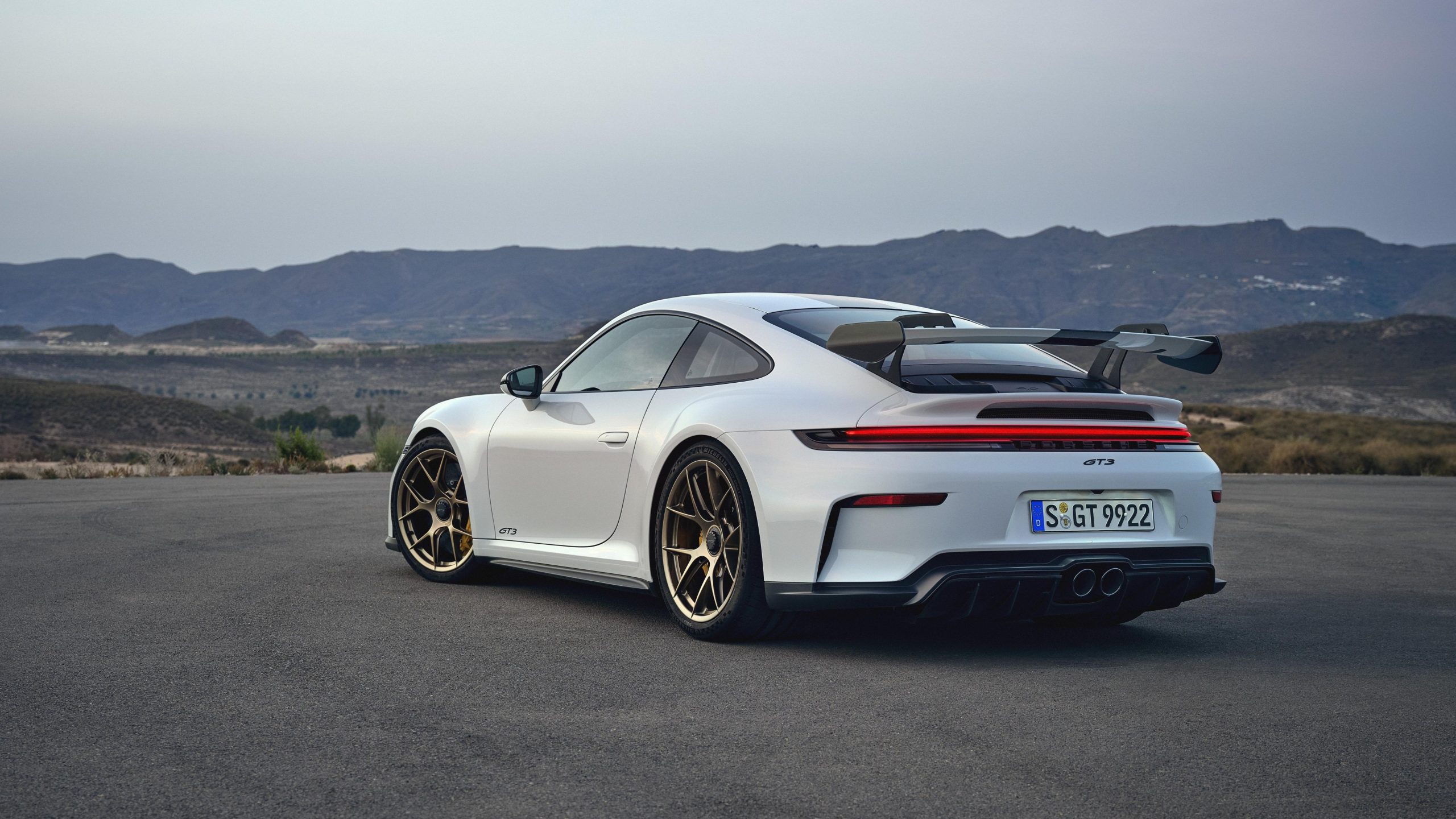
Lightweight design throughout
Its low overall weight contributes to the agile and direct handling of the 911 GT3. The new 911 GT3 goes all in on lightweight design. A new, silver-colored lightweight aluminum wheel reduces the unsprang masses by more than 1.5 kg compared to the previous model.
Optionally, magnesium wheels are available with the Weissach package or the Lightweight package. They save nine kilograms. A new 40 Ah lithium-ion lightweight battery contributes to the athletic body mass index by shaving off another roughly four kilograms. In the lightest configuration, the new 911 GT3 weighs just 1,420 kilograms.
Eight percent shorter gear ratio
The 4.0-litre naturally aspirated engine in the new 911 GT3 has been designed for current, significantly stricter exhaust standards and equipped with two particulate filters and four catalytic converters. With this extremely powerful emission control system, Porsche also delivers a gripping soundscape.
The engine power of the six-cylinder boxer engine was attained through a series of optimization measures. The cylinder heads have been revised, and the sharper camshafts of the 911 GT3 RS provide even more dynamic performance in the upper engine speed range. In addition, flow optimized individual throttle valves and optimized oil coolers are used.
The boxer engine continues to deliver 375 kW (510 PS). This means that each kilowatt of the revamped high-speed naturally aspirated engine only has to move 3.8 kilograms (2.8 kg/PS) in the lightest vehicle configuration. In addition, both the 7-speed dual clutch transmission (PDK) and the 6-speed GT manual transmission have a final drive ratio that is eight percent shorter than in the predecessor. Both gearbox options are available for both the 911 GT3 and the 911 GT3 with Touring Package.
The new 911 GT3 accelerates to 100 km/h in 3.4 seconds with PDK and reaches a top speed of 311 km/h (manual gearbox: 3.9 s; 313 km/h) when tested on the track. “On the track, the new 911 GT3 enables even better control because it holds even steadier and handles better on bumps and when driving over kerbs thanks to the optimized damper tuning,” says brand ambassador Jörg Bergmeister. “The anti-dive system noticeably reduces the pitching movement when braking. As a result, the balance of the car remains significantly more consistent under all conditions.”
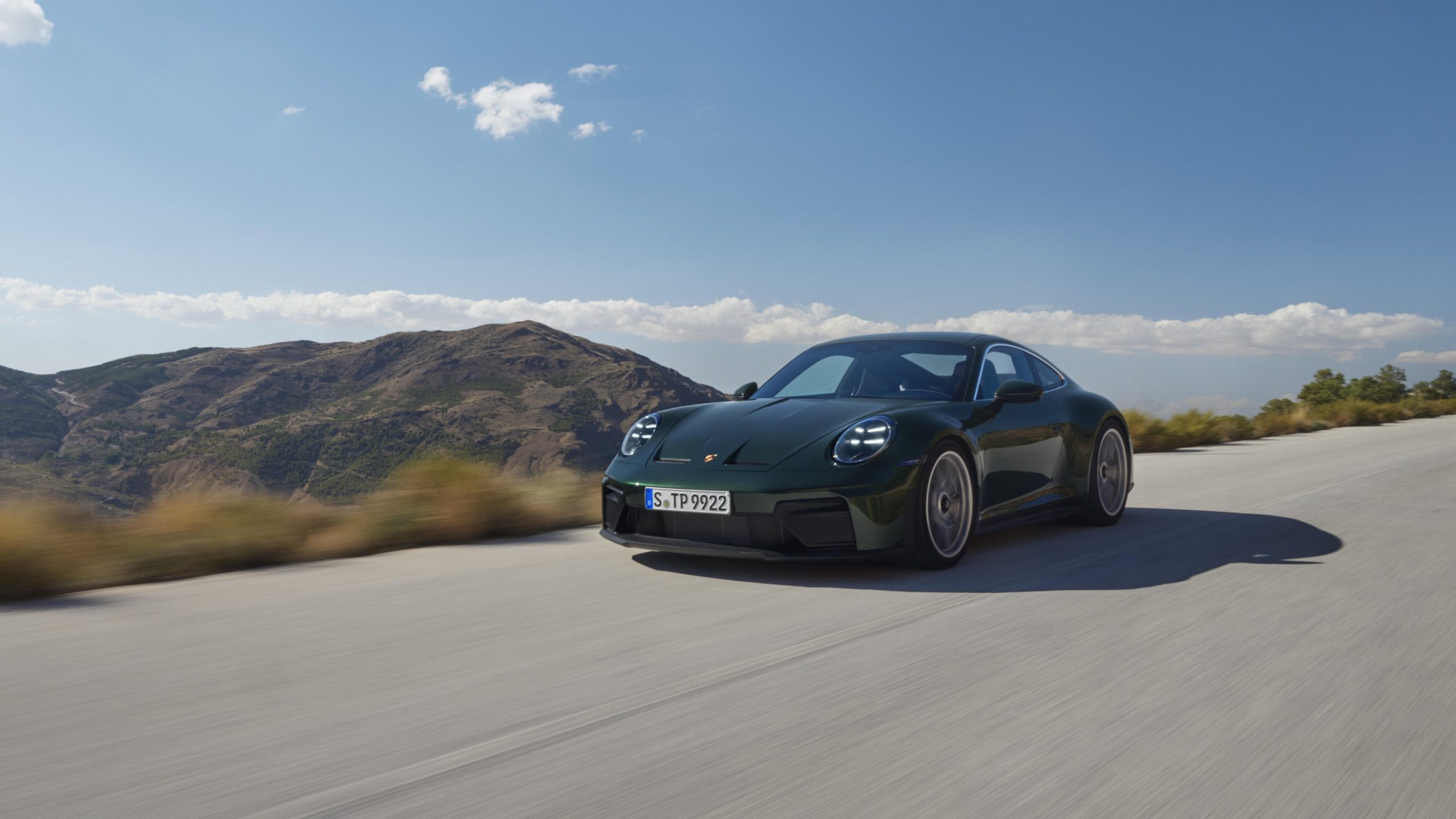
Innovative lightweight sports bucket seat
For the new 911 GT3, a new lightweight sports bucket seat with a folding backrest and a seat shell made of Carbon-Fibre Reinforced Plastic (CFRP) is available as an option. The seat is equipped with an integrated thorax airbag, electric height adjustment and manual longitudinal adjustment; a three-stage seat heater is available as an option. A part of the headrest padding can be removed. This improves ergonomics for most drivers when wearing a helmet during circuit use.
The folding function of the backrest, which is activated via a loop, enables access to the optional rear seat system offered for the first time in the 911 GT3 with Touring Package. As an alternative, you can order the Adaptive sports seats Plus with electric 18-way adjustment.
The two-seater standard cockpit in the new 911 GT3 is based on the design of the current 911 models. Unlike the Carrera models, however, the 911 GT3 is not started with a button, but still has a rotary ignition switch.
An optionally available roll cage demonstrates the proximity to motorsport. The digital instrument panel in the centre supports the driver with a clearly structured display and control concept. Thanks to the contrasting colour scheme, the rev counter and stopwatch can be read in a flash. The “Track Screen” display mode reduces the digital displays to the left and right of the tachometer to key data on tyres, oil, water and fuel and indicates the optimal shifting time to the driver by way of a shift flash. If desired, the tachometer display can be rotated so that the cut-off speed of 9,000 rpm is at the 12 o’clock marking.
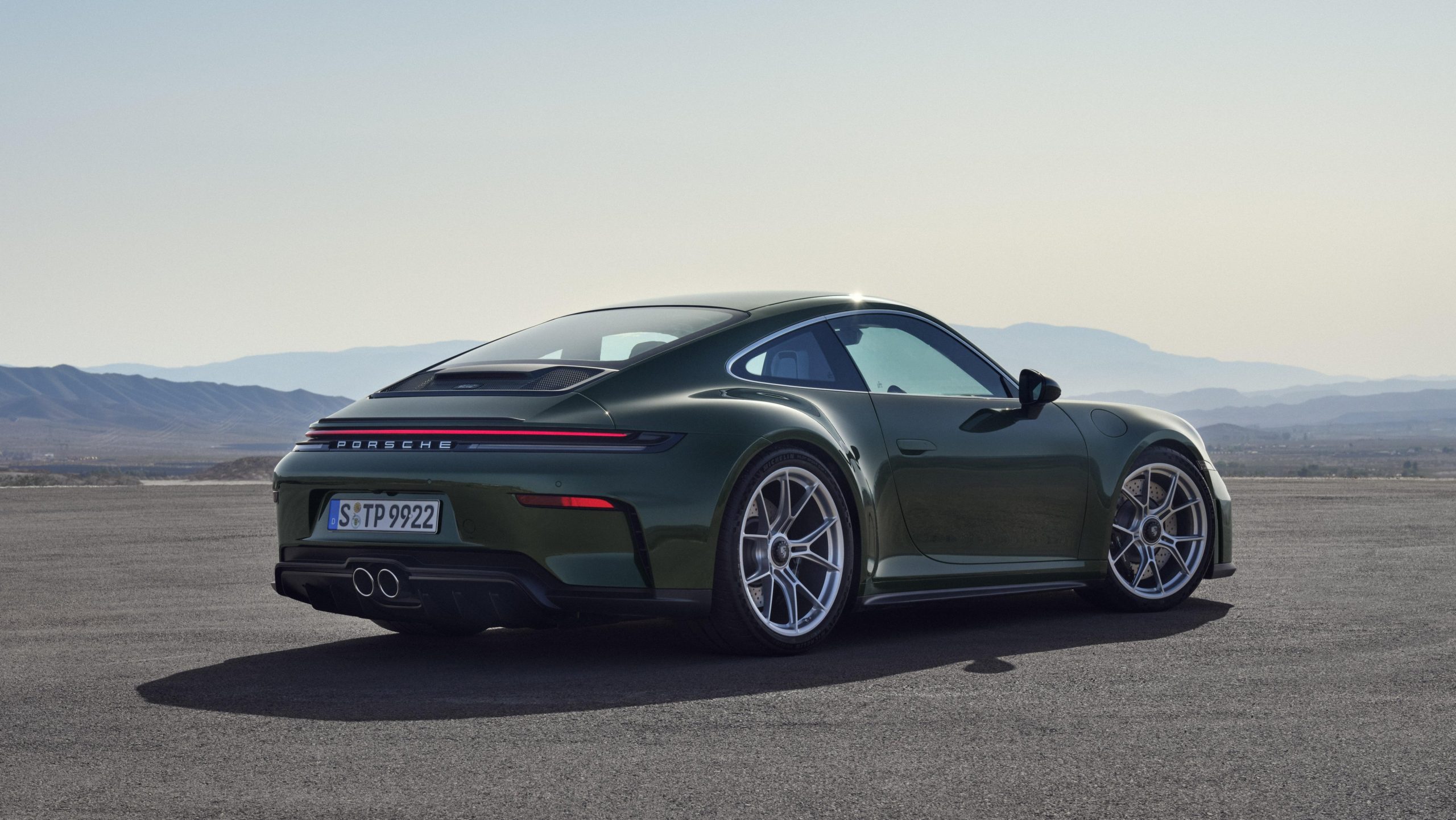
Individual packages for 911 GT3 and 911 GT3 Touring
Porsche offers various optional equipment packages for the new 911 GT3. With the Weissach package available for the first time, the 911 GT3 is even more individually configurable for use on circuits. The anti-roll bar, coupling rods and shear panel on the rear axle are made of CFRP as are the roof, side plates of the rear wing, exterior mirror top shell, mirror triangle and the air blades in the front area.
Additional leather and Race-Tex upholstery enhance the look of the interior. For the first time, the upper side of the dashboard on the 911 GT3 is accordingly covered in anti-glare Race-Tex. CFRP door handles and storage nets optimise the interior door panels for a lightweight design. A CFRP roll cage and magnesium lightweight forged wheels are available as options.
For the 911 GT3 with Touring Package, Porsche offers the Lightweight package. Here, the roof painted in the exterior colour as well as the stabiliser, coupling rods and shear panel on the rear axle are made of CFRP. The lightweight magnesium forged wheels and the lightweight door panels are also part of the package. In conjunction with the standard 6-speed GT sports gearbox, the shortened gear lever from the 911 S/T is used. In front of the gear lever, a plaque with the inscription “Leichtbau” indicates the package.
For the 911 GT3 with rear wing, the Club Sport package for track use is available at no extra charge. It includes a bolted steel roll cage in the rear, a 6-point harness for the driver and a hand-held fire extinguisher. The optional lightweight sports bucket seats are a prerequisite for this.
“The new 911 GT3 has become even more exhilarating and individual. We dug into a wealth of details and gave it many features that our customers wanted. This allows the GT3 to be adapted even more specifically to the purpose or preferences of the driver,” says Andreas Preuninger, Head of GT Cars.
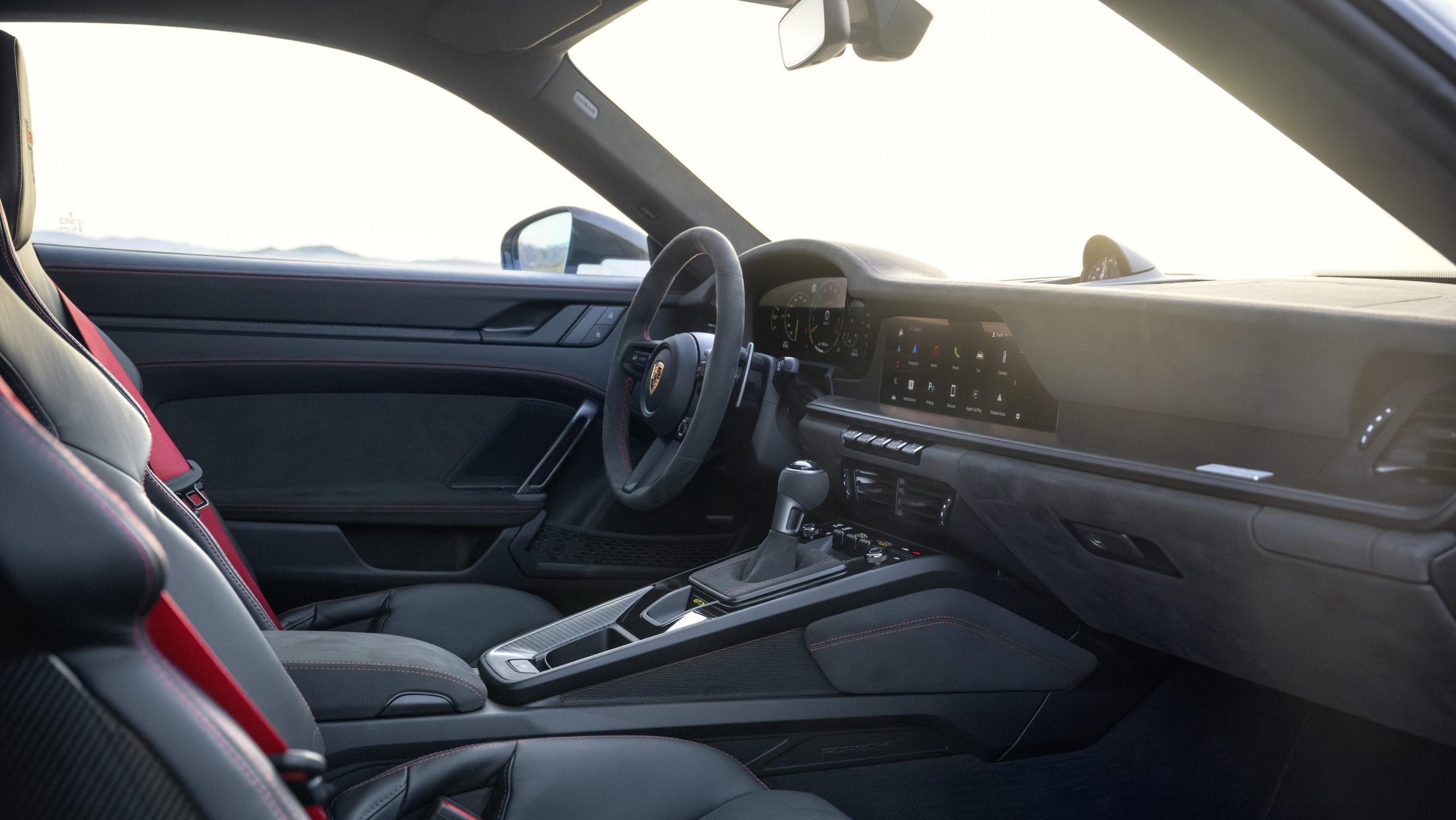
Exclusive 911 GT3 chronograph is a “sports car for the wrist”
Exclusively for owners of the 911 GT3 and the 911 GT3 with Touring Package, Porsche Design presents an exceptional timepiece that translates the design and performance of the sports car to the wrist. The 911 GT3 chronograph and the 911 GT3 Touring chronograph are equipped with the precise, COSC-certified Porsche Design WERK 01.200 movement, which has a flyback function.
The ultra-lightweight titanium case, optionally with black titanium carbide coating, combines sports car design with modern watchmaking. The GT3 design dial with yellow accents and hexagonal structure evokes the vehicle’s instrument panel, while the winding rotor is based on the design of the GT3 rims. The dial ring is available in all exterior colours of the 911 GT3 and the Touring Package, as well as in the colours of the Paint to Sample programme. The band, crafted using original Porsche interior leather and thread, is also matched to the respective configuration of the vehicle.
Chris Dixon, a partner who led the charge, says he has a ‘very long-term horizon’
Every street McLaren since the F1 in the 1990s has been, of course, a supercar. But now the British company is hitting a new and higher mark with its W1, which has a 1,258-horsepower hybrid drivetrain—producing the most powerful McLaren to date. It’s a successor to both the F1 and the P1, and was revealed on Sunday.
Auto makers worried about the ups and downs of the battery electric car market are hedging their bets with hybrids and their plug-in variant. McLaren is no different. It has electric range, but only 1.6 miles.— he W1 will be priced at US$2.1 million, and only 399 will be sold globally. Unsurprisingly, all of them have already been allocated to customers.
Many familiar McLaren build traditions are in place, including rear-wheel drive, lightweight carbon-fibre unit construction and uplifting gullwing-type doors hinged only at the roof. The company says the W1 doors are of “anhedral” design and optimised for aerodynamics. The doors also “allow optimisation of airflow from the front wheel arches into the high-temperature radiators, providing extra cooling space that allows the size of the radiators required to cool the powertrain to be reduced, optimising packaging and saving weight.”
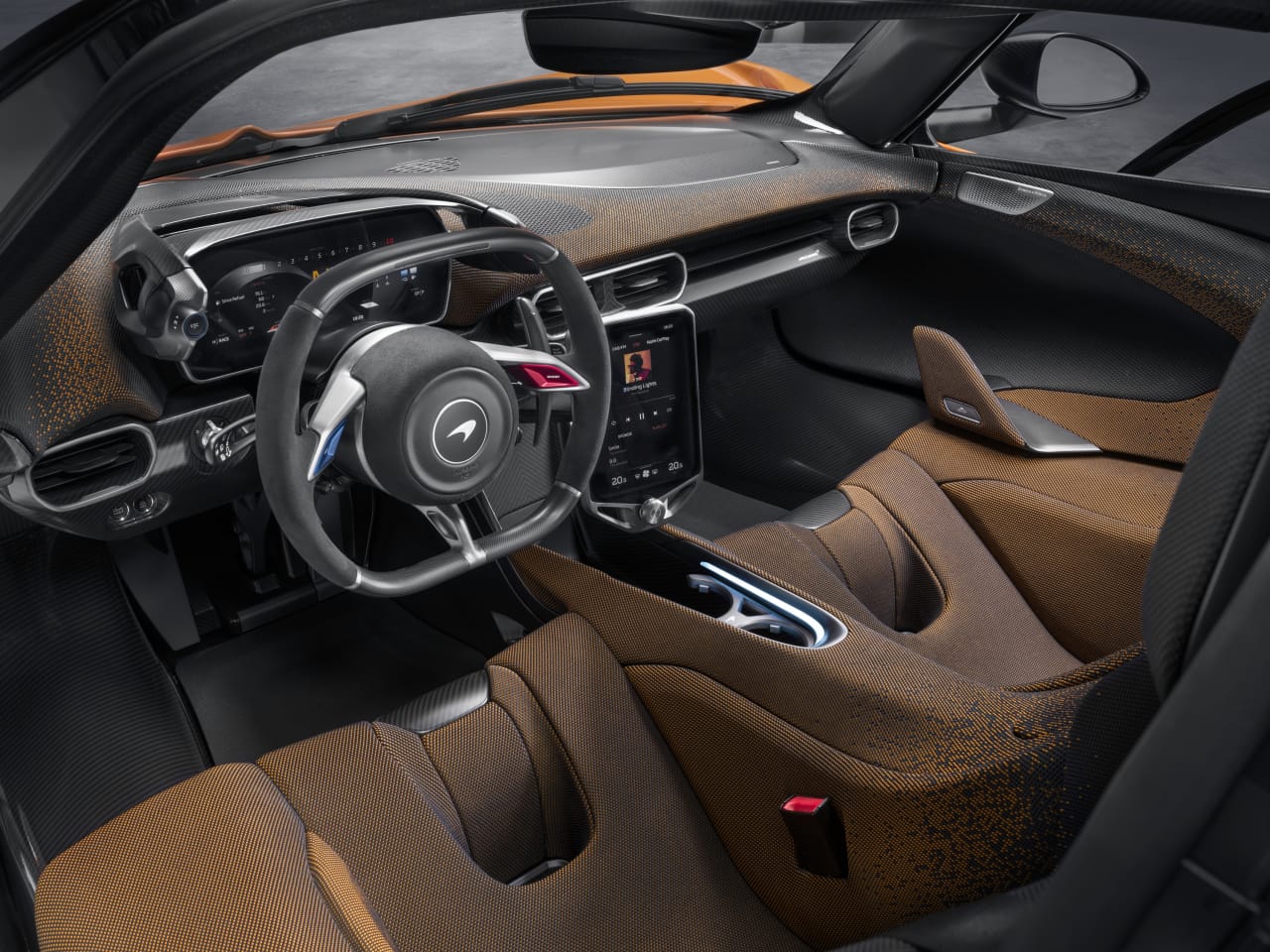
McLaren
This is a breathtakingly fast car. The all-new twin-turbo, four-litre aluminium V8 engine produces 916 horsepower, and the company’s electric motor module (coupled to a 1.38-kilowatt-hour battery) adds another 342, yielding the aforementioned 1,258 horsepower and 988 pound-feet of torque. The car revs to 9,200 rpm before hitting redline, and power flows through an eight-speed transmission with electronic reverse and a technically innovative hydraulic electronic differential. In a car weighing only 3,084 pounds, this produces zero to 60 miles per hour in 2.7 seconds, zero to 124 in 5.8 seconds, and attainment of 186 mph in less than 12.7. The top speed is electronically limited to 217 mph.
The W1 is slower off the line than a US$89,990 Tesla Model S Plaid edition (1.99 seconds to 60, the company claims), but off-the-line acceleration is a big advantage of electric cars. The McLaren’s power plant is, without doubt, impressive. About that engine, Richard Jackson, chief powertrain engineer, said in a news release, “We’ve designed it to be much more power-dense than our previous V8—generating 230 horsepower per litre and capable of revving higher…with supreme driver engagement.”
The driver will have the option of choosing Race mode, which stiffens the suspension (via Race or the more bone-jarring Race+ setting) and extends downforce wings at the front and rear. The motorised wings aren’t there because they look cool—they’re capable of putting 772 pounds of downforce on the road at the front and 1,433 pounds at the back. Racing cars have to stop, so the car gets six-piston brakes up front and four-piston units in the rear. From that 124 mph, the W1 can be at a standstill in 95 feet.
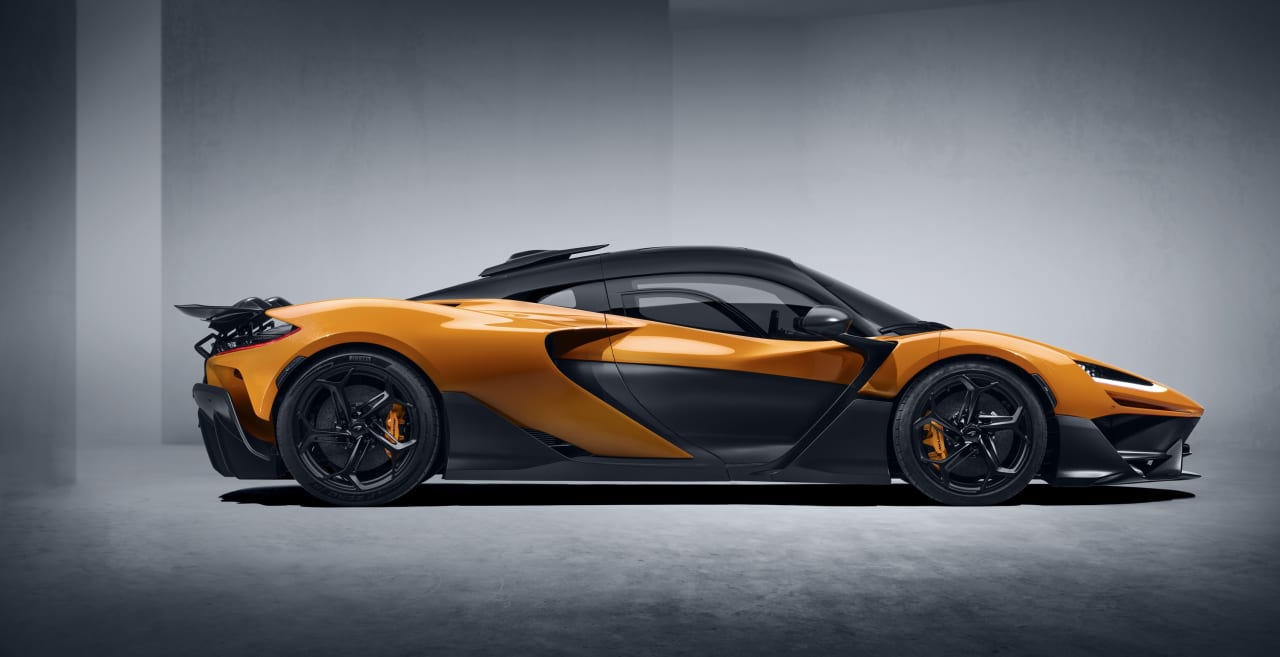
McLaren
The W1 will spend a lot of its time among civilians on the road, and there’s the choice of a Comfort setting that smooths out the ride for unstressed cruising around town. Comfort uses the hybrid system only for occasional torque applications. Sport is the interim choice, with full hybrid availability and faster throttle response.
Photographs of the W1 show an exceptionally aerodynamic two-door supercar, shaped by the preferences of the wind, in a gold-and-black two-tone color scheme, with that pattern carried over into the seating. The bottom cushions are gold but the black gradually intrudes in what might be called a Jackson Pollock thrown-paint effect. The mid-mounted engine, just behind the driver, is part of the design.
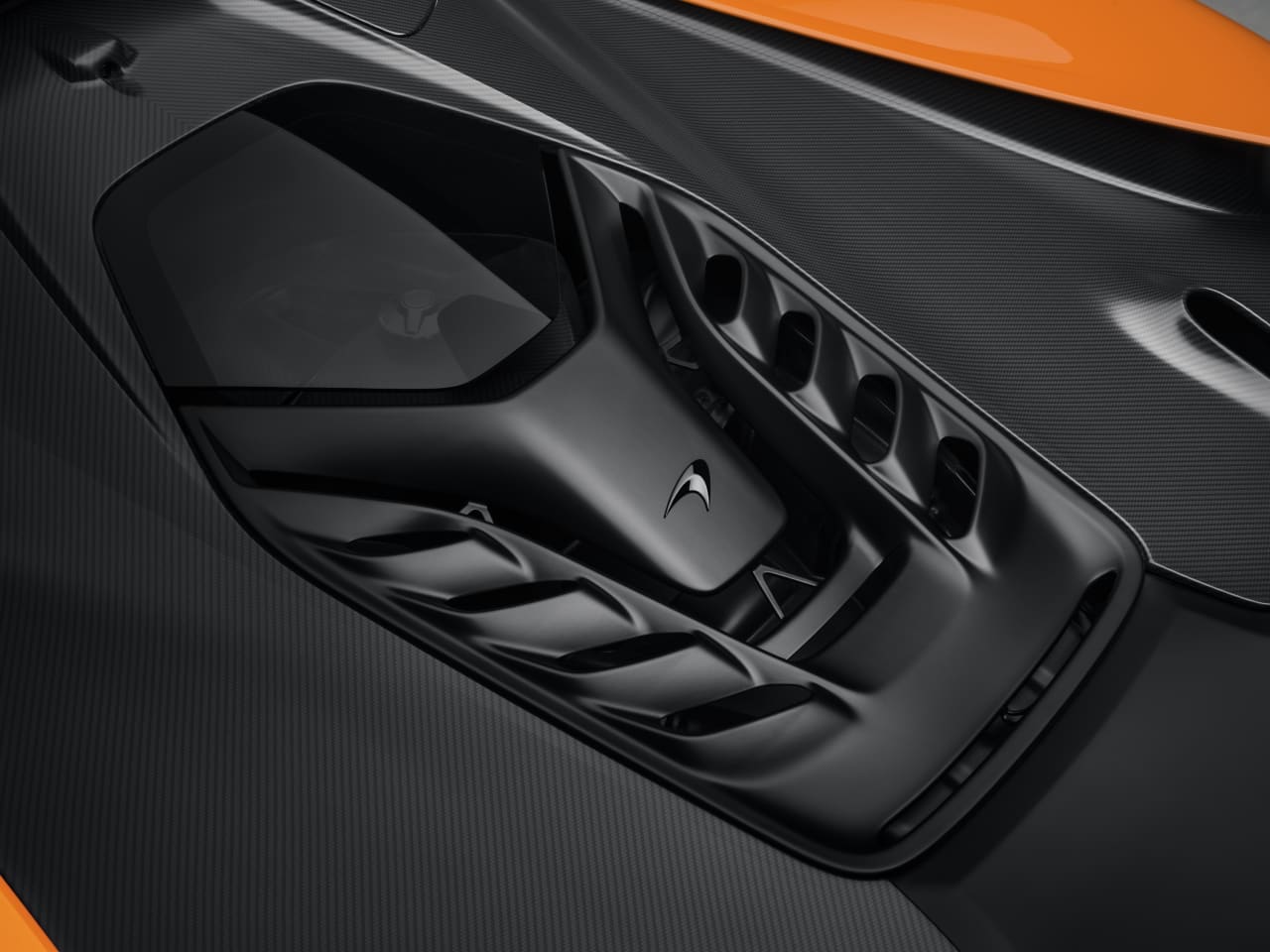
McLaren
In keeping with the trend toward owner customisation, McLaren says there are “virtually unlimited bespoke options” for the W1, including a new lightweight knitted-to-fit interior material called InnoKnit. The company claims that visibility is “best in class,” which is good if it means the driver can actually see what’s happening behind the supercar—a notorious issue. The driving position is said to be fairly reclined, with plenty of thigh support—useful when these cars corner at high speeds. The aluminium pedals are adjustable.
Start/stop buttons, the gear selector, window controls, and Race-mode switch are all mounted overhead the driver, with the Boost button on the steering wheel. The 8-inch centre screen offers USB-A and -C, as well as Apple CarPlay. Supercars aren’t known for storage space, but the W1 has small stowage and a sliding cup holder between driver and passenger. Weekend bags (or crash helmets) can be stashed behind the seats if the headrests are moved aside.
The W1’s fuel economy will undoubtedly be helped by its hybrid drive, but an actual figure has yet to be announced. It wasn’t a make-or-break figure for customers in this league.
Even aficionados of the marque who already own a McLaren Senna will want a W1, because it has 102 horsepower more. Keep in mind that 102 horsepower was considered perfectly adequate for British sports cars of the 1950s. In that same era, racers would drive to the track, compete, and then drive home again. The W1 appears ready to bring back that era.
Chris Dixon, a partner who led the charge, says he has a ‘very long-term horizon’
Some have no qualms about treating ChatGPT like their servant; ‘Just like humans, AI can’t always be the bigger person.’
California couple Vikas Choudhary and Ridhi Sahni can’t agree on one thing: How polite must one be with ChatGPT?
Choudhary, the founder of an artificial intelligence startup based in Palo Alto, has fawned over the chatbot from OpenAI ever since it helped him squash a massive bug in his code.
“You’re a rock star,” he once told the AI chatbot.
“I’m super thankful for it, and I thank it quite a bit actually—especially if I think I was rude to it earlier,” said Choudhary.
His wife couldn’t care less. “If I’m using a microwave, I don’t go like: ‘Dear LG, Please heat this up.’ I just press a button and get on with my day,” said Sahni, who also works at a tech company.
She uses ChatGPT to generate cute greeting cards for friends’ babies.
“I think of this as purely transactional,” she said.
As talking to chatbots is now becoming more like normal conversations, AI users face an awkward ethical dilemma: Bots are programmed to be polite, but do we have to reciprocate? Is it wrong to speak harshly to them?
The debate has spilled onto social media where many people say one should practice politeness even with bots. Others think wasting kind words conversing with code is inefficient.
“I know AI isn’t real but it feels so rude if I don’t greet and thank it,” one user wrote on Reddit, prompting hundreds of comments and a lively debate over whether bots are keeping tabs on who is nice to them.
Some shot back with sarcasm. “AI will want to extinguish human race but not that one, he said ‘please and thank you’ 30 years ago to my 4.0 version,” one user wrote.
“I treat chatgpt like it’s my servant,” another said.
A recent survey showed Americans are split on being polite to AI. About 48% of 2,000 Americans surveyed by Talker Research thought it was important, with Gen Z respondents being the friendliest to bots. Around 27% of people agreed it was OK to be rude with or shout at bots.
One study out of Japan—a place where rules of etiquette are ironclad—concluded that being nice to ChatGPT can pay off. Impolite prompts “may lead to increased bias, incorrect answers, or refusal of answers,” the researchers found.
They found that the thesis held true across English, Japanese and Chinese.
Microsoft , which has added chatbots to its top products, says AI may not react well to bad behaviour as it is built to mimic human reactions.
“If you speak to the model rudely, you can expect it to be difficult with you too,” said Microsoft’s Chief Scientist Jaime Teevan.
“Just like humans, AI can’t always be the bigger person,” Microsoft said in a blog post.
Offering tips
Engineers say it helps to add phrases like “take a deep breath” to make models produce better answers. They joke that generative AI has a “praise kink” for its apparent need for positive affirmations and potential rewards.
In one experiment, ChatGPT gave longer answers when lured with a tip. The results indicated that responses were 11% longer when offered a $200 tip and 6% longer for a $20 tip. No real tips were paid during the experiment.
“The litmus test for how good a person you are is if you are nice to a waiter,” said Alana O’Grady, an executive at a tech startup based in San Mateo, Calif. “In the future, it’ll be how kind you are to your AI companion.”
O’Grady has used ChatGPT for a host of activities—from summarising reams of documents at work to recommendations for a family vacation to Lake Tahoe.
Her interactions start with a “Could you please” and end with “Great job,” or “That’s perfect!”
“People will think I’m crazy if they see how I talk to a computer,” she said.
Now O’Grady is training her children on the right etiquette by being polite to Apple ’s virtual assistant, Siri, around them. Her 4-year-old daughter recently said “I love you” to Siri.
Judith Martin—the author behind decades of “Miss Manners” books and columns on etiquette—suggests people be polite. She even thinks getting Siri or Amazon Alexa’s attention with a “Hey” is unacceptable.
“When it is one’s constant companion—and particularly in the presence of children—such devices should be treated with civility,” she wrote in one column .
Others disagreed, saying there should be a distinction between how people talk with people vs. bots.
‘Helps me to calm down’
Some humans are now turning to AI for help with etiquette. Frankfurt-based software developer Laszlo Deak uses a chatbot to vent and translate his work frustrations into polite prose.
He asked ChatGPT how to constructively tell another team that their product was bad. It suggested using kinder phrases to say it wasn’t working as well as expected.
“When you’re in the moment and angry, it takes extra effort to rephrase the whole thing,” said Deak. Reading ChatGPT’s iteration “helps me to calm down.”
He has also used ChatGPT to draft Slack messages to colleagues when they’re being difficult.
Mazen Lahham, a Dubai-based tech executive, said his company’s AI was better at satisfying angry and aggressive callers than its human call-centre workers.
“The AI learned to absorb and react in a calm, professional manner, something that can be very challenging for a human,” he wrote in a LinkedIn post.
Choudhary, the Palo Alto-based startup founder, is betting his good behaviour might pay off someday. “In the future if the AI overlords take over, I just want them to remember that I was polite.”
Chris Dixon, a partner who led the charge, says he has a ‘very long-term horizon’
People do like to sit high in their rides, but this high? A ladder would have been helpful to mount the extra-tall Krug Expedition Bedrock XT2, a US$690,000 go-anywhere camper from an Austrian company that wants to conquer the American off-road RV market. This is off-the-beaten-path glamping at its finest.
The example tested is, so far, the only one, but Krug has high hopes for the American market, which has a growing appetite for “expedition” off-road vehicles ranging from trucks to beefed-up RVs. The company describes the XT2 as a “6×4 off-road machine converting a luxury variant of the Ford Super Duty F-550 and bringing it to the next level with suspension and chassis frame reliability.” In other words, it’s a rugged three-axle truck with a double bed attached. The camper is a joint production with Iceland-based Arctic Trucks, which specialises in polar expeditions to the Arctic and Antarctic.
One of Arctic’s vehicles set a speed record of 108 hours from the Russian Novolazarevskaya Antarctic research station to the South Pole in 2010. The XT2 might be ideal, then, for a trip through the spectacular scenery of Alaska or for hitting the highway in Canada and driving north. The truck is ready to go off the grid, supported by electric power from a 1,450-watt-peak solar panel array and a 23-kilowatt-hour battery bank.
The founder of Krug, Viktor Ermolov, tried a competitor’s expedition vehicle around 2010 and thought he could do better with a vehicle filling an unmet need for a light (relatively speaking) expedition camper that could drive well in extreme terrain. The first truck came out in 2011.
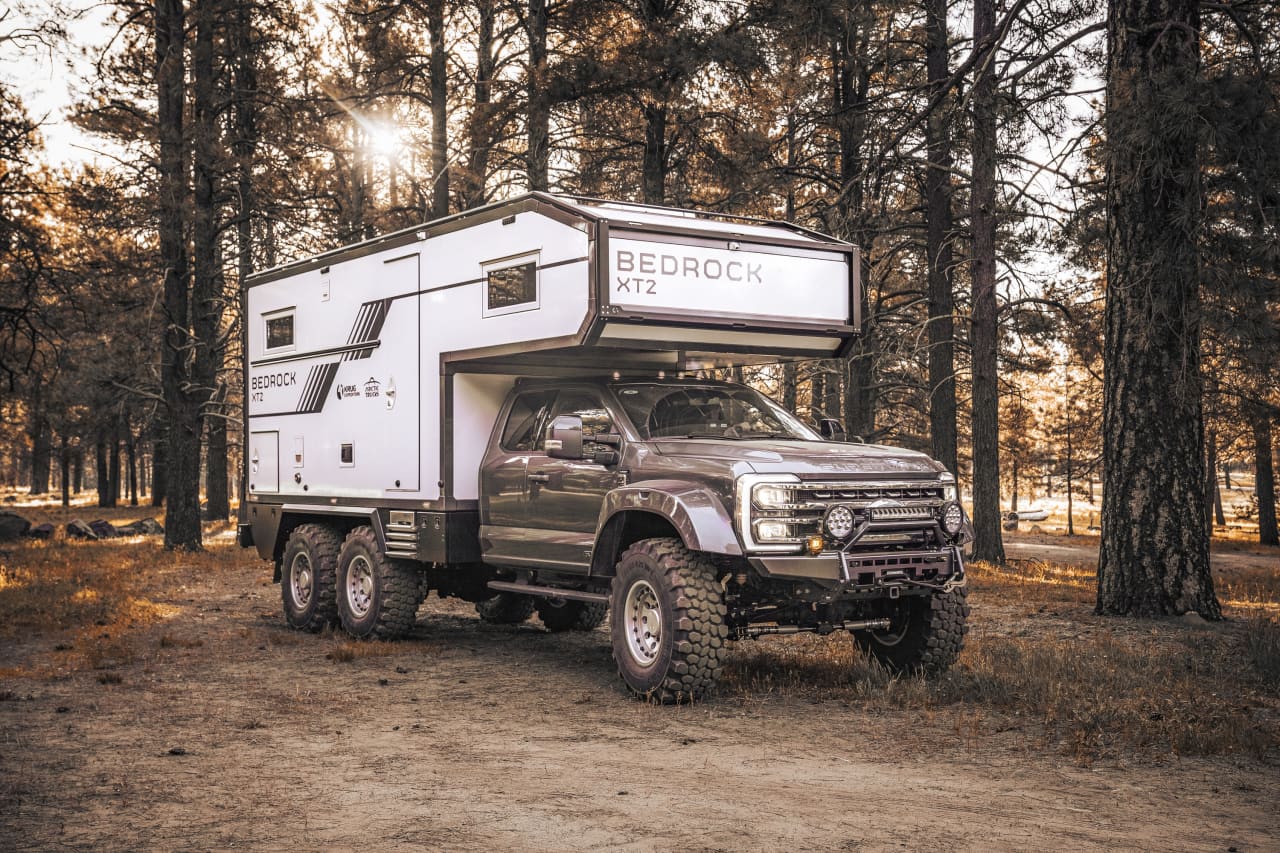
Krug
“Our clients are adventure-seeking individuals with a passion for nature and conservation. They prioritise quality, reliability, and sustainability in their purchasing decisions and are motivated by the desire for unique and meaningful experiences,” Krug Expedition CEO Slawa Knorr said in a statement to Penta .
Asked about the typical client, he said that young couples and families with children are being seen more and more.
On the road, the 9,000 to 10,000-pound XT2, which looks like a normal truck-mounted camper on steroids, was surprisingly easy to drive. Under the hood was a Ford Powerstroke 6.7-litre diesel with direct injection and 330 horsepower, with the weight of the camper yielding something like nine miles per gallon. The assisted steering was fairly light. The brakes felt like they were hauling down considerable weight, which they were. The biggest consideration while driving was considering the width and avoiding contact with cars lining the road. The cab was relatively comfortable, and the visibility good except toward the back, where the big mirrors became extra important.
The third axle decreases ground pressure up to 25%, and the big Continental multi-purpose tires provide a lot of grip. The rear air suspension is adjustable from the cab to accommodate heavy loads and rough terrain.
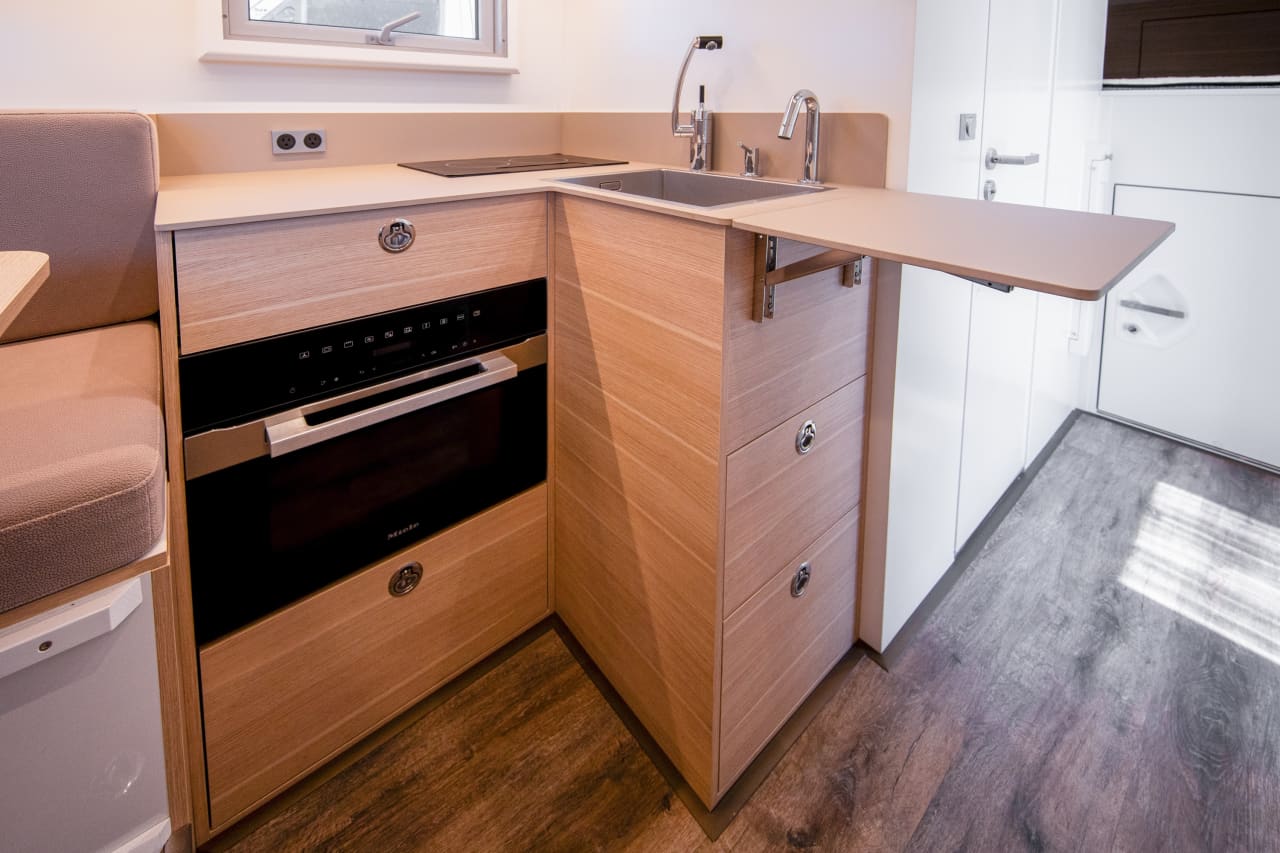
Krug
The exterior camper panels are made from a high-grade, glass-reinforced plastic (GRP) laminate that is 70% fibreglass. Inside, the XT2 offers functional luxury. There was a comfortable-looking king bed in its own nook, a kitchenette, a bathroom with walk-in shower supported by a 118-gallon filtered water tank, and a dining area and lounge with a 32-inch TV (with Starlink connectivity) and a table that converted to a second sleeping area. For a week away, it was more than fine, and the buyer can make it as luxurious as they want.
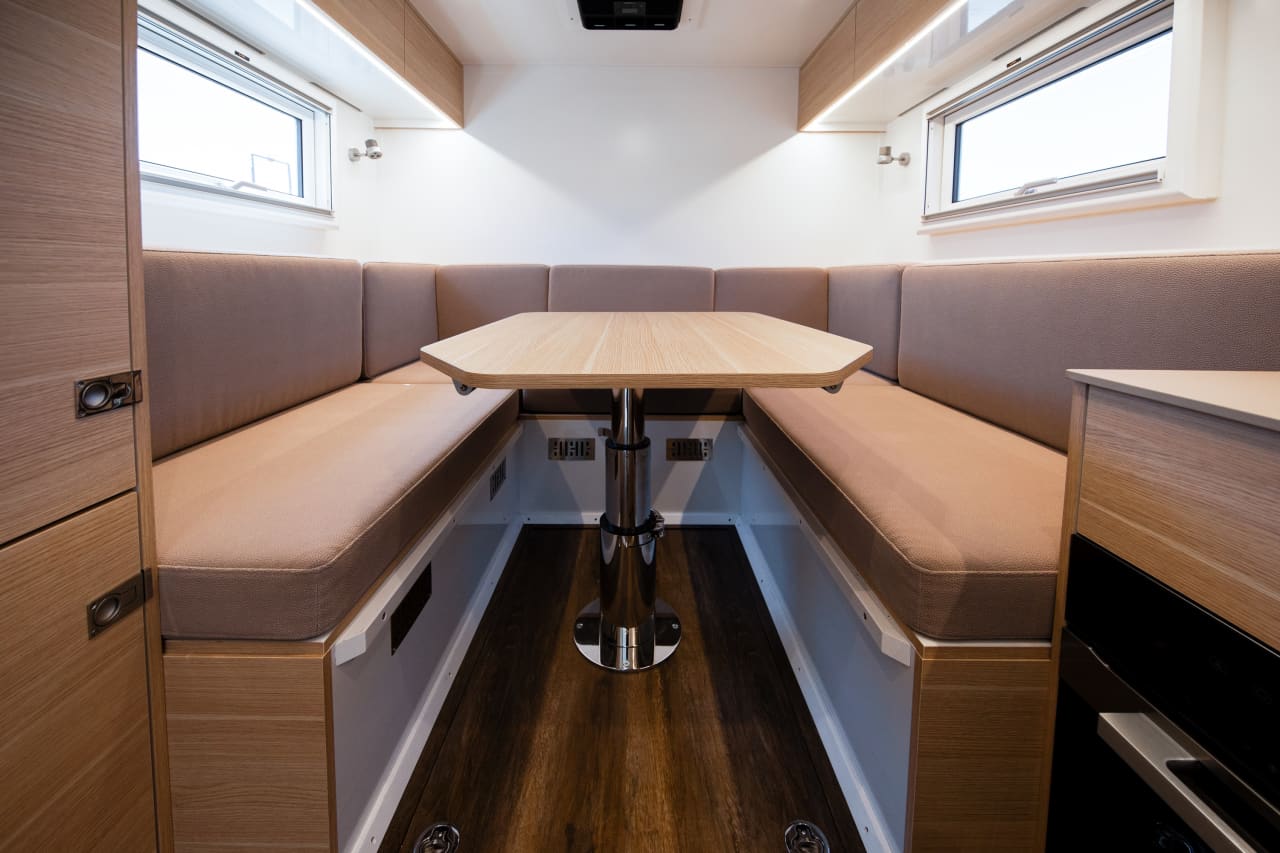
Krug
The kitchen’s fresh water uses the General Ecology Seagull IV-X2 system to banish chemicals, bacteria, and viruses. It may be cold where you’re going, so the quiet Truma Combi diesel-powered air heating system is on board, providing cabin heat and hot water. A hydronic system for underfloor heating is also available for colder climates, with automatic frost protection and radiators in the bathroom and dining area radiators. And for hotter weather, there’s the highly energy-efficient Nomadic Cooling air-conditioning system.
If cooking al fresco is desired, a portable outdoor kitchen can be built into the underfloor storage boxes.
For weekend getaways, any number of less-expensive camper solutions are available. The XT2 is aimed at rugged adventurers, who want to be virtually self-sufficient for excursions off the beaten path. It’s not the only vehicle in this expedition category. There’s also the evocatively named Storyteller GXV Epic, priced at a similar US$696,377. This is a big, tough all-wheel drive truck with up to 1,800 miles of range, 18 kilowatt-hours of available power, a built-in washer and dryer, and more.
Or how about the Ford F-250-based US$350,000 27 North Ascender RexRover truck, which sleeps four? Need more room? The cabover Loki Steyr 1491 accommodates six.
Chris Dixon, a partner who led the charge, says he has a ‘very long-term horizon’
No trip to Singapore is complete without a meal (or 12) at its hawker centres, where stalls sell multicultural dishes from generations-old recipes. But rising costs and demographic change are threatening the beloved tradition.
In Singapore, it’s not unusual for total strangers to ask, “Have you eaten yet?” A greeting akin to “Good morning,” it invariably leads to follow-up questions. What did you eat? Where did you eat it? Was it good? Greeters reserve the right to judge your responses and offer advice, solicited or otherwise, on where you should eat next.
Locals will often joke that gastronomic opinions can make (and break) relationships and that eating is a national pastime. And why wouldn’t it be? In a nexus of colliding cultures—a place where Malays, Indians, Chinese and Europeans have brushed shoulders and shared meals for centuries—the mix of flavours coming out of kitchens in this country is enough to make you believe in world peace.
While Michelin stars spangle Singapore’s restaurant scene , to truly understand the city’s relationship with food, you have to venture to the hawker centres. A core aspect of daily life, hawker centres sprang up in numbers during the 1970s, built by authorities looking to sanitise and formalise the city’s street-food scene. Today, 121 government-run hawker centres feature food stalls that specialise in dishes from the country’s various ethnic groups. In one of the world’s most expensive cities, hawker dishes are shockingly cheap: A full meal can cost as little as $3.
Over the course of many visits to Singapore, I’ve fallen in love with these places—and with the scavenger hunts to find meals I’ll never forget: delicate bowls of laksa noodle soup, where brisk lashes of heat interrupt addictive swirls of umami; impossibly flaky roti prata dipped in curry; the beautiful simplicity of an immaculately roasted duck leg. In a futuristic and at times sterile city, hawker centres throw back to the past and offer a rare glimpse of something human in scale. To an outsider like me, sitting at a table amid the din of the lunch-hour rush can feel like glimpsing the city’s soul through all the concrete and glitz.
So I’ve been alarmed in recent years to hear about the supposed demise of hawker centres. Would-be hawkers have to bid for stalls from the government, and rents are climbing . An upwardly mobile generation doesn’t want to take over from their parents. On a recent trip to Singapore, I enlisted my brother, who lives there, and as we ate our way across the city, we searched for signs of life—and hopefully a peek into what the future holds.
At Amoy Street Food Centre, near the central business district, 32-year-old Kai Jin Thng has done the math. To turn a profit at his stall, Jin’s Noodle , he says, he has to churn out at least 150 $4 bowls of kolo mee , a Malaysian dish featuring savoury pork over a bed of springy noodles, in 120 minutes of lunch service. With his sister as sous-chef, he slings the bowls with frenetic focus.
Thng dropped out of school as a teenager to work in his father’s stall selling wonton mee , a staple noodle dish, and is quick to say no when I ask if he wants his daughter to take over the stall one day.
“The tradition is fading and I believe that in the next 10 or 15 years, it’s only going to get worse,” Thng said. “The new generation prefers to put on their tie and their white collar—nobody really wants to get their hands dirty.”
In 2020, the National Environment Agency , which oversees hawker centres, put the median age of hawkers at 60. When I did encounter younger people like Thng in the trade, I found they persevered out of stubbornness, a desire to innovate on a deep-seated tradition—or some combination of both.
Later that afternoon, looking for a momentary reprieve from Singapore’s crushing humidity, we ducked into Market Street Hawker Centre and bought juice made from fresh calamansi, a small citrus fruit.
Jamilah Beevi, 29, was working the shop with her father, who, at 64, has been a hawker since he was 12. “I originally stepped in out of filial duty,” she said. “But I find it to be really fulfilling work…I see it as a generational shop, so I don’t want to let that die.” When I asked her father when he’d retire, he confidently said he’d hang up his apron next year. “He’s been saying that for many years,” Beevi said, laughing.
More than one Singaporean told me that to truly appreciate what’s at stake in the hawker tradition’s threatened collapse, I’d need to leave the neighbourhoods where most tourists spend their time, and venture to the Heartland, the residential communities outside the central business district. There, hawker centres, often combined with markets, are strategically located near dense housing developments, where they cater to the 77% of Singaporeans who live in government-subsidised apartments.
We ate laksa from a stall at Ghim Moh Market and Food Centre, where families enjoyed their Sunday. At Redhill Food Centre, a similar chorus of chattering voices and clattering cutlery filled the space, as diners lined up for prawn noodles and chicken rice. Near our table, a couple hungrily unwrapped a package of durian, a coveted fruit banned from public transportation and some hotels for its strong aroma. It all seemed like business as usual.
Then we went to Blackgoat . Tucked in a corner of the Jalan Batu housing development, Blackgoat doesn’t look like an average hawker operation. An unusually large staff of six swirled around a stall where Fikri Amin Bin Rohaimi, 24, presided over a fiery grill and a seriously ambitious menu. A veteran of the three-Michelin-star Zén , Rohaimi started selling burgers from his apartment kitchen in 2019, before opening a hawker stall last year. We ordered everything on the menu and enjoyed a feast that would astound had it come out of a fully equipped restaurant kitchen; that it was all made in a 130-square-foot space seemed miraculous.
Mussels swam in a mushroom broth, spiked with Thai basil and chives. Huge, tender tiger prawns were grilled to perfection and smothered in toasted garlic and olive oil. Lamb was coated in a whisper of Sichuan peppercorns; Wagyu beef, in a homemade makrut-lime sauce. Then Ethel Yam, Blackgoat’s pastry chef prepared a date pudding with a mushroom semifreddo and a panna cotta drizzled in chamomile syrup. A group of elderly residents from the nearby towers watched, while sipping tiny glasses of Tiger beer.
Since opening his stall, Rohaimi told me, he’s seen his food referred to as “restaurant-level hawker food,” a categorisation he rejects, feeling it discounts what’s possible at a hawker centre. “If you eat hawker food, you know that it can often be much better than anything at a restaurant.”
He wants to open a restaurant eventually—or, leveraging his in-progress biomedical engineering degree, a food lab. But he sees the modern hawker centre not just as a steppingstone, but a place to experiment. “Because you only have to manage so many things, unlike at a restaurant, a hawker stall right now gives us a kind of limitlessness to try new things,” he said.
Using high-grade Australian beef and employing a whole staff, Rohaimi must charge more than typical hawker stalls, though his food, around $12 per 100 grams of steak, still costs far less than high-end restaurant fare. He’s found that people will pay for quality, he says, even if he first has to convince them to try the food.
At Yishun Park Hawker Centre (now temporarily closed for renovations), Nurl Asyraffie, 33, has encountered a similar dynamic since he started Kerabu by Arang , a stall specialising in “modern Malay food.” The day we came, he was selling ayam percik , a grilled chicken leg smothered in a bewitching turmeric-based marinade. As we ate, a hawker from another stall came over to inquire how much we’d paid. When we said around $10 a plate, she looked skeptical: “At least it’s a lot of food.”
Asyraffie, who opened the stall after a spell in private dining and at big-name restaurants in the region, says he’s used to dubious reactions. “I think the way you get people’s trust is you need to deliver,” he said. “Singapore is a melting pot; we’re used to trying new things, and we will pay for food we think is worth it.” He says a lot of the same older “uncles” who gawked at his prices, are now regulars. “New hawkers like me can fill a gap in the market, slightly higher than your chicken rice, but lower than a restaurant.”
But economics is only half the battle for a new generation of hawkers, says Seng Wun Song, a 64-year-old, semiretired economist who delves into the inner workings of Singapore’s food-and-beverage industry as a hobby. He thinks locals and tourists who come to hawker centers to look for “authentic” Singaporean food need to rethink what that amorphous catchall word really means. What people consider “heritage food,” he explains, is a mix of Malay, Chinese, Indian and European dishes that emerged from the country’s founding. “But Singapore is a trading hub where people come and go, and heritage moves and changes. Hawker food isn’t dying; it’s evolving so that it doesn’t die.”
Chris Dixon, a partner who led the charge, says he has a ‘very long-term horizon’
The brand aims to further expand across the Gulf region, advancing sustainable transportation and contributing to the reduction of carbon emissions.
SERES Automobiles, in partnership with Green Motors, a leading car distributor in the UAE, has announced the opening of its first official showroom in the region. As a prominent luxury electric vehicle brand, this new showroom marks a key development for SERES.
A sustainable future
Commenting on the opening of the new showroom, H.E. Ahmed Ali Bin Khalfan Al Dhahery, chairman of Green Motors said, “We are proud to launch this pioneering project in the UAE, in partnership with SERES, one of the most advanced companies in the field of manufacturing luxury electric cars with extended range. The inauguration of this showroom signifies our commitment to the vision of the UAE government’s wise leadership, which aims to ensure a sustainable future, with sustainable transportation as its primary pillars. We are dedicated to providing sustainable transport solutions as well as providing the highest standards of excellence through our services to support the achievement of this vision.” H.E added that this project is more than a commercial endeavor and is, in fact, a step towards a sustainable future for mobility in the UAE and the wider Gulf region.
Wenjun Li, Global Network Director of SERES Group said, “It gives us great pleasure to establish the SERES brand in the region, kicking off with our new showroom in Dubai – a milestone for our global footprint. This project also represents our commitment to meeting the growing demand for environmentally friendly, high-performance vehicles in the UAE and the Gulf, in an effort to support the region’s vision for a greener future.”
He added, “At SERES we are focused on continued innovation, luxury and sustainability. To that end, we are happy to introduce our range of battery-powered electric vehicles, as well as our electric cars with an extended range, establishing ourselves as a major player in the luxury electric car market in the Gulf.”
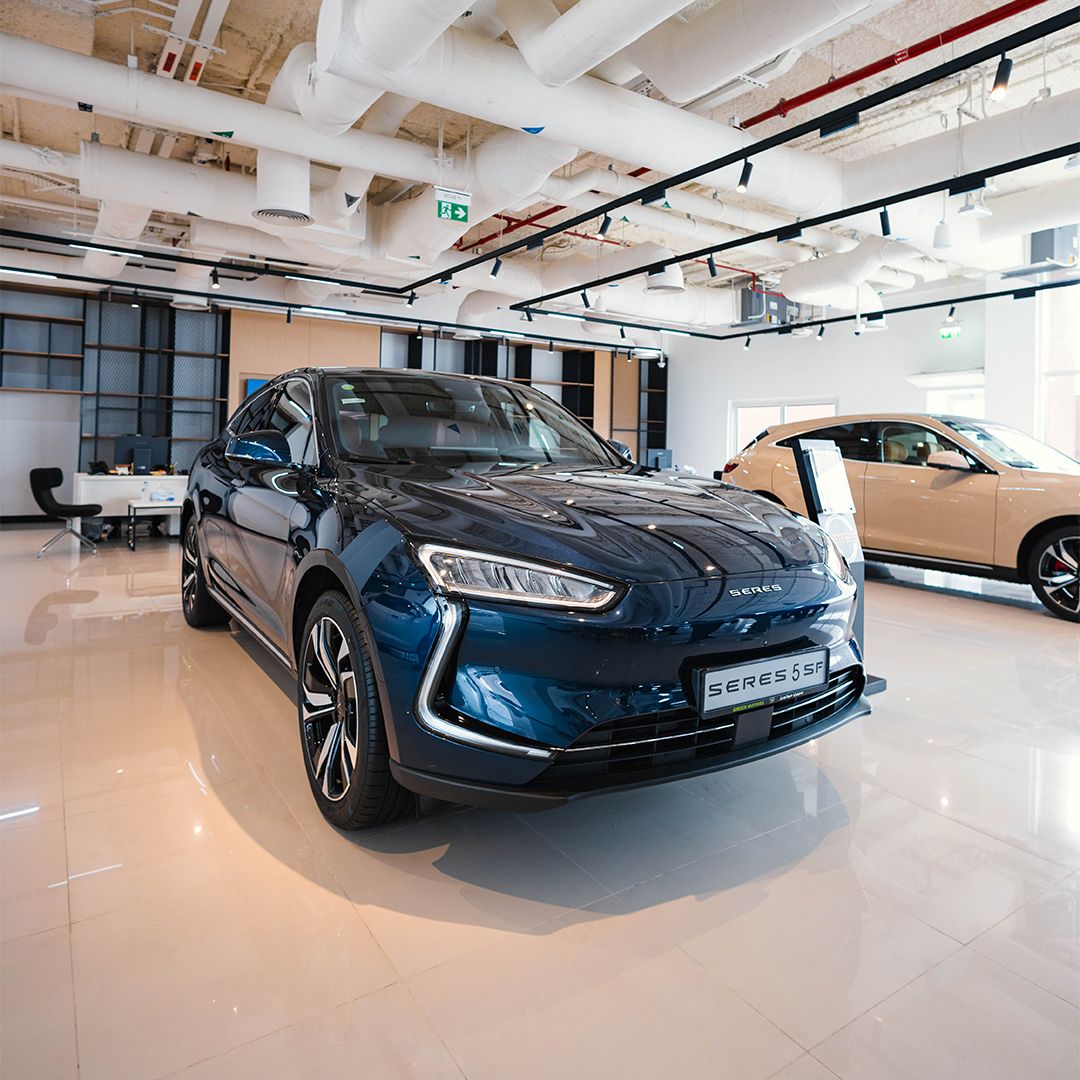
Unique features
The showroom provides an innovative platform for the public to explore and experience two of the company’s expanded and pioneering luxury models: the “SERES 5” and “SERES 7.” The cars represent the intersection between innovation, sustainability, and exceptional driving experiences. They seamlessly integrate fuel and electric power for long-range, emissions-free driving. The SERES 5, available in two models: the WD2 and the Premium 4WD, is a luxury, medium-sized, multi-use sports car that is characterized by its high efficiency, with a charge that lasts up to 1,175 kilometers.
SERES 7, on the other hand, is a large-sized multi-use sports car with a spacious interior, capable of seating five to six passengers. This car also features a dual-motor four-wheel drive system, and is efficient on the road, providing a combined range of up to 1,050 kilometers. Additionally, these two models feature smart driving technologies, automated parking, and advanced safety features for an ultra-modern and comfortable experience for its users.
Chris Dixon, a partner who led the charge, says he has a ‘very long-term horizon’
The store’s grand opening coincides with DXB’s 64th anniversary.
Ray-Ban has unveiled its first-ever store at Dubai International Airport’s Terminal 3, marking a significant milestone for the brand. The store, which opened in October, reflects the latest in contemporary design and digital innovation, perfectly aligning with the dynamic atmosphere of the world’s busiest international airport.
One of the standout features of the new outlet is the introduction of an engraving machine, a feature available in only one other Ray-Ban store worldwide. This advanced technology allows customers to personalize both the cases and frames of their eyewear, adding a unique touch to their shopping experience.
Spanning 60 square meters, the store embodies Ray-Ban’s latest retail concept. It is equipped with eye-catching LED screens flanking the entrance and an LED-covered ceiling, creating an engaging visual display for travelers passing by. Additionally, the store’s design includes Ray-Ban’s signature “Boxes” wall units, where each pair of sunglasses is individually backlit, enhancing both visibility and highlighting the meticulous craftsmanship of the brand.
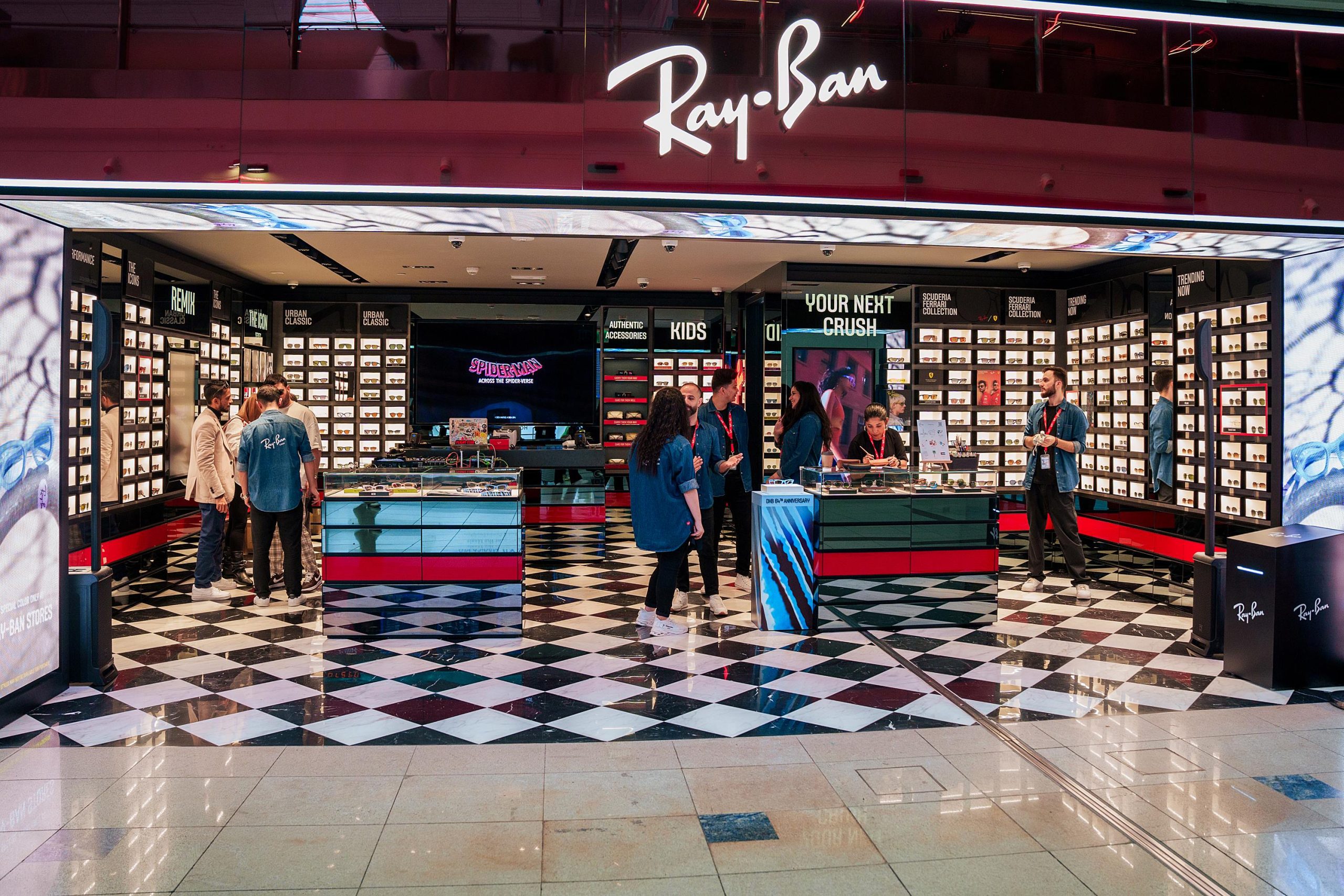
Commemorating DXB’s 64th anniversary with an exclusive collection
The store’s grand opening coincides with DXB’s 64th anniversary. To mark this occasion, Ray-Ban has released a dedicated collection as part of its Ray-Ban Change collection, featuring transitioning lenses that adapt to light conditions.
Each piece in this unique collection is engraved with a unique number from 1 to 64, and the frames incorporate the airport’s signature branding colors, making them a true collector’s item for travelers passing through DXB.
Wide range of iconic Ray-Ban styles and innovations
The store offers a comprehensive assortment of Ray-Ban’s most iconic styles, including Aviator, Wayfarer, and Clubmaster, the Ray-Ban x Scuderia Ferrari range, as well as the latest Ray-Ban Reverse collection, which features the brand’s revolutionary concave lenses designed to fit all face shapes for optimal comfort. The Middle Eastern special and limited-edition models of Ray-Ban Reverse will also be available, catering to both local and international visitors.
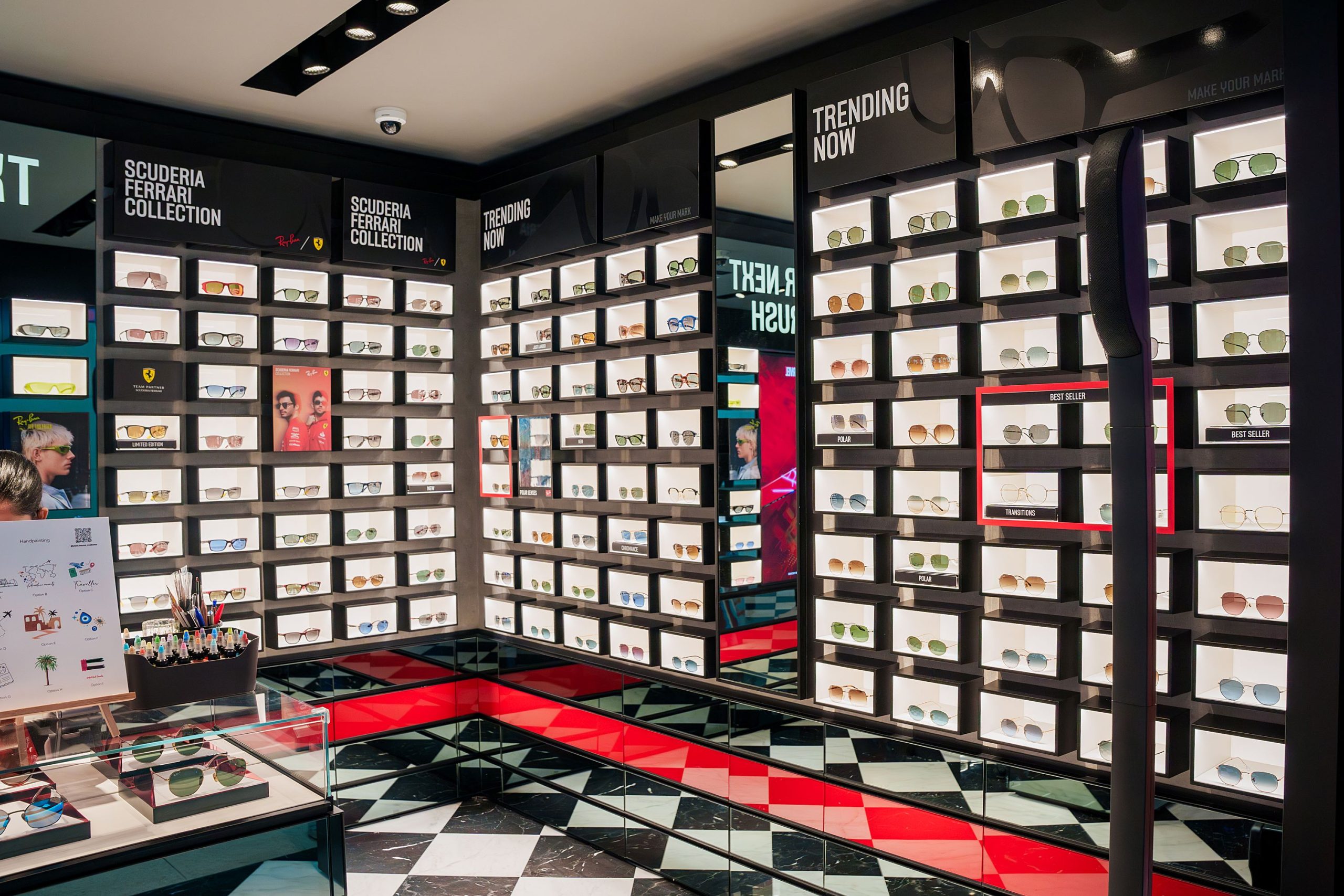
Enrico Camassa, General Manager of EssilorLuxottica Chalhoub Retail, commented: “We are thrilled to bring Ray-Ban’s distinctive design and innovation to Dubai International, a premier travel hub and the world’s busiest airport in 2023 in terms of international traffic. This new store provides a unique shopping experience for travellers, offering them the opportunity to explore Ray-Ban’s iconic collections while personalising their purchases with our exclusive engraving machine. It is a true milestone for Ray-Ban in the travel retail space.”
With its strategic location in Terminal 3, also the hub of Dubai’s Emirates airline, the store aims to serve millions of international passengers annually. With its dynamic environment and innovative product offerings, the store is set to become a must-visit destination for eyewear enthusiasts and style-conscious travelers alike.
Chris Dixon, a partner who led the charge, says he has a ‘very long-term horizon’
Alexandre de Betak and his wife are focusing on their most personal project yet.
The report outlines seven major trends, spotlighting the top travel destinations and the types of experiences that Saudi travelers are increasingly pursuing.
Skyscanner has released its highly anticipated ‘Travel Trends 2025’ report, shedding light on the evolving preferences of Saudi travelers and their impact on the global travel industry. Drawing from Skyscanner’s proprietary data on flights and hotels, along with extensive consumer behavior research, the report provides key insights into the latest trends shaping Saudi travel.
The report outlines seven major trends, spotlighting the top travel destinations and the types of experiences that Saudi travelers are increasingly pursuing. These insights offer a glimpse into how the Saudi travel landscape is expected to evolve in the coming years.

Value-Driven, Experience-Led Travel
As we approach 2025, the way Saudi travelers evaluate the value of a trip is shifting. While price still plays an important role, it’s the sense of shared experience that’s capturing the imagination. Saudi residents are prioritizing destinations that offer cultural, social, and communal experiences over simple relaxation or sightseeing. For instance, 56% of travelers interested in Wild West-inspired trips are drawn to the collective experience of gathering around a campfire.
This shift is influencing destination choices, with travelers looking for affordable yet enriching options. Skyscanner‘s data reveals the destinations with the most significant airfare price drops in 2024, giving travelers the best bang for their buck. For example, Rize in Türkiye saw a staggering 529% increase in searches, making it a top choice for value-conscious explorers.

Collective Travel Vibes to Watch in 2025
- Gami-Vacation – Leveling Up Travel
Saudi gaming enthusiasts are embracing a new form of travel that merges their love for video games with immersive vacations. Whether attending global gaming conventions or visiting interactive gaming hubs, this trend is capturing the attention of tech-savvy travelers. With gaming hubs in cities like Tokyo and New York attracting a global audience, Gami-Vacation is set to become a prominent travel trend in 2025, offering a unique blend of adventure and play. - Reset Jetters – Wellness Retreats Redefined
Luxury travelers are increasingly prioritizing rejuvenation and wellness, seeking serene, high-end escapes to reset and recharge. With wellness retreats offering tailored experiences focused on relaxation and mental well-being, this trend appeals to those looking for opulence paired with mindfulness. Whether through spa resorts or secluded nature retreats, the rise of Reset Jetters highlights the growing demand for trips that offer restoration and luxury in equal measure. - Astro-Ventures – Cosmic Explorations in the Desert
For culturally curious travelers, astrology and astronomy-based trips are rising in popularity. Astro-ventures provide a deeper connection to the cosmos, especially in the UAE’s desert landscape, where stargazing and celestial explorations offer an otherworldly experience. This trend attracts those looking for a meaningful and awe-inspiring journey, tapping into a sense of wonder and exploration through the lens of the stars.

Trending Saudi Travel Behavior
Skyscanner‘s latest research reveals that 65% of Saudi travelers are selecting destinations based on culinary experiences, with food becoming a major motivator for holiday plans. In addition, 30% of 25-34-year-olds now travel specifically to attend sporting events, driven by the community atmosphere and the shared joy of watching a live event together.
Popular Destinations for Saudi Travellers in 2025
The top destinations with the largest search increases include:
- Rize, Türkiye – +529%
- Gan, Maldives – +400%
- Krakow, Poland – +365%
- Montreal, Canada – +310%
- Rome, Italy – +240%
These destinations represent a mix of cultural hubs, natural landscapes, and budget-friendly options, catering to the preferences of modern Saudi travelers.

Budget-Friendly Travel in 2025
Cost remains a crucial factor for Saudi travelers, with 60% of hotel prices and 58% of flight costs influencing destination choice. The top value-for-money destinations include:
- Malta – Ideal for luxury-seeking travelers on a budget.
- Albania – One of Europe’s hidden gems for breathtaking landscapes.
- Malaysia – Known for its five-star hotels at incredible value.
Understanding Saudi Travel Trends in 2025
According to Skyscanner’s Travel Expert, Ayoub El Mamoun: “The 2025 travel trends report highlights a growing focus on collective experiences among Saudi travelers. Whether it’s sharing a campfire in the Wild West or enjoying local delicacies in a bustling European city, Saudi travelers are showing a clear desire to connect with others. As we move into 2025, travel remains a priority, with many planning to spend more on their trips next year than ever before.”

Chris Dixon, a partner who led the charge, says he has a ‘very long-term horizon’
Sydney’s prestige market is looking up, here’s three of the best on the market right now.
With this new technology, Etihad Airways embraces state-of-the-art digital solution.
Etihad Airways has introduced Skypad, a cutting-edge digital tool aimed at improving the inflight experience for its passengers. This innovation, developed by Etihad’s Digital Transformation and Innovation team, marks a notable advancement in providing a more personalized and efficient service during air travel.
Skypad is currently being implemented for cabin crew in premium cabins, who are now equipped with tablets with the new application and other essential tools. These devices offer real-time flight updates, enabling the crew to better anticipate and meet the needs of each guest. By integrating this technology, Etihad Airways is continuing its commitment to delivering an enhanced level of service, ensuring passenger comfort and satisfaction throughout their journey.
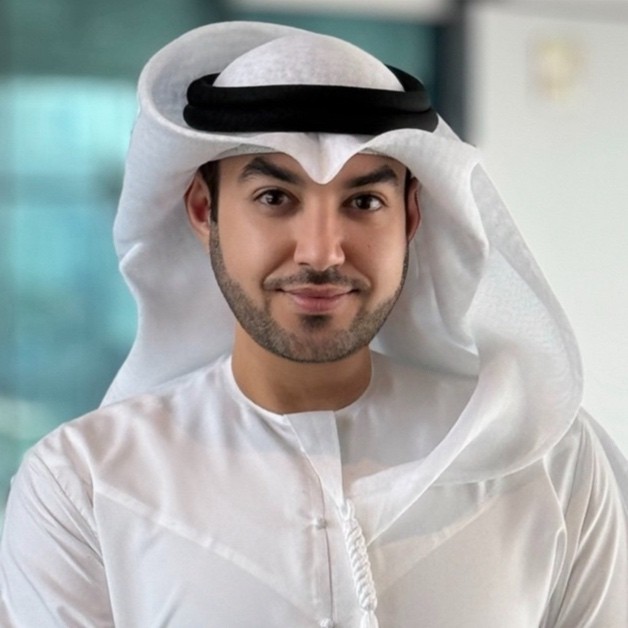
“At Etihad, we’re committed to embracing technology that enhances our guests’ journey,” said Turky Alhammadi, Director of Product Development & Hospitality at Etihad Airways. “Skypad embodies our dedication to excellence, blending innovation with our world-renowned hospitality.”
Streamlined dining experience
Skypad’s Meal Order Taking feature allows cabin crew to take and complete orders with minimal steps, ensuring a smoother dining experience for passengers. The system’s real-time inventory tracking enables precise management of onboard resources, reducing waste and improving sustainability efforts.
“The introduction of Skypad marks a new chapter in our service evolution,” Alhammadi added. “We’re continuously working on new functionalities to make this tool even more effective, always with the goal of providing an unparalleled guest experience.”

Looking to the Future
Etihad Airways is committed to ongoing development of Skypad. Future enhancements will focus on further personalizing the guest experience and expanding the system’s capabilities.
Looking further ahead, Etihad envisions a fully connected experience across all guest touchpoints – in the air and on the ground. This ambitious goal aims to create a seamless journey for passengers, from booking to arrival at their final destination.
Chris Dixon, a partner who led the charge, says he has a ‘very long-term horizon’
As part of a new agreement aimed at accelerating the adoption of eco-friendly transportation solutions
Emirates Transport is set to initiate pilot testing of hydrogen and electric commercial vehicles provided by Al Ghurair Motors. This move comes as part of a new agreement aimed at accelerating the adoption of eco-friendly transportation solutions.
The collaboration was formalized under a memorandum of understanding (MoU) announced at GITEX Global 2024, the world’s largest technology event. Through this partnership, Emirates Transport and Al Ghurair Motors will work together to explore and promote the use of alternative-fuel commercial vehicles.
The partnership will evaluate the feasibility of these sustainable vehicles and execute pilot projects for their use and aims to foster innovation and position the UAE as a leader in sustainable transportation technologies.
The testing of commercial hydrogen and electric commercial vehicles by Emirates Transport is a significant development in the fuel’s usage in the UAE and a major step towards integrating hydrogen technology into the company’s national fleet.
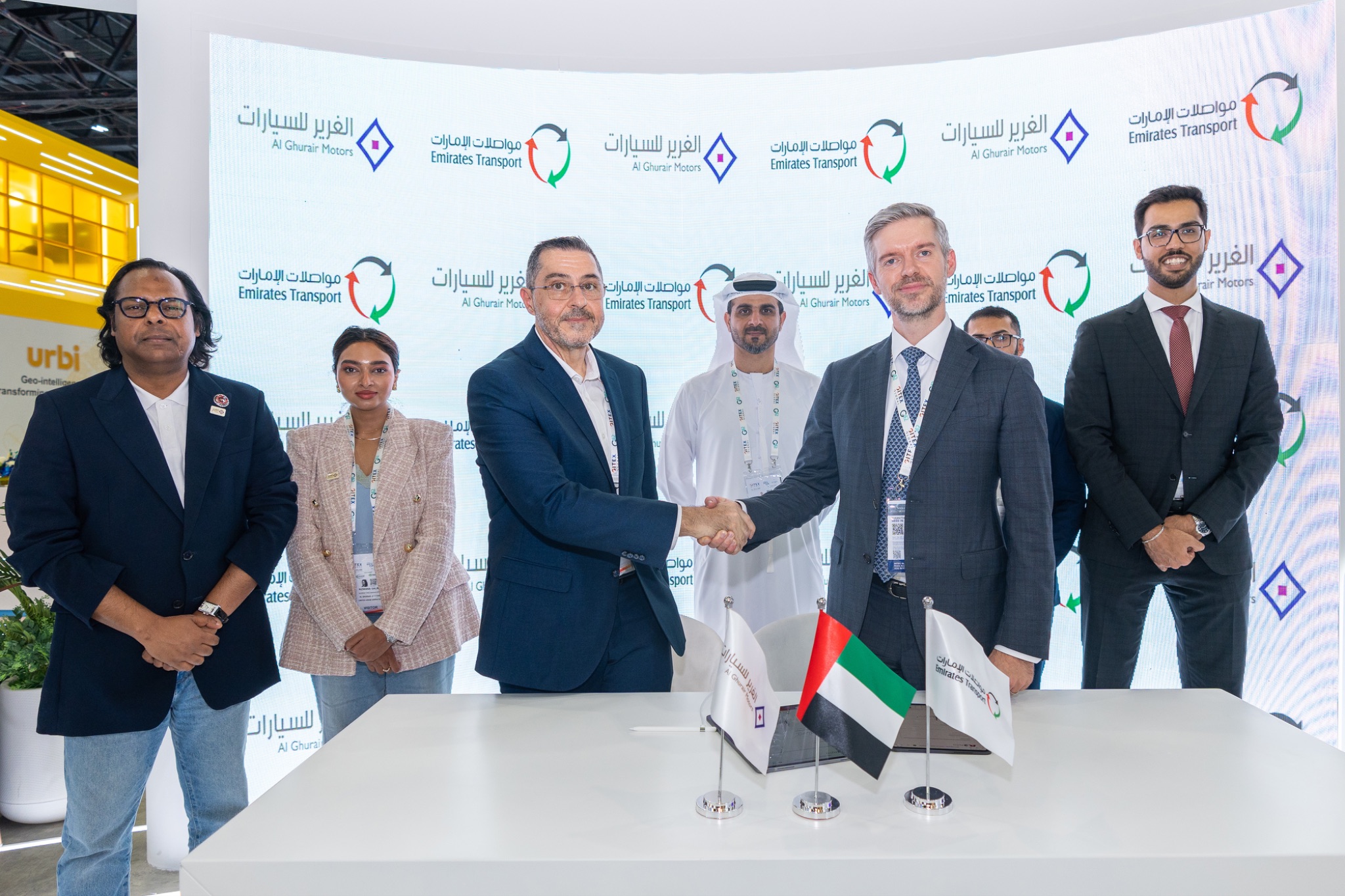
As Emirates Transport is the UAE’s leading provider of school transport, vehicle rental and other public transport services, operating over 32,000 vehicles, introducing green fuel is a key part of its strategy, and is fully aligned with the UAE’s goal of making half of all vehicles on the road electric by 2050.
Hydrogen-powered vehicles are also being promoted as an important step to reducing transport emissions and meeting the UAE’s strategic objective of reaching net zero by 2050.
The pilot projects will be performed with hydrogen and electric-powered commercial vehicles, serving Emirates Transport’s clients in business, government, and the public. The longer-term aim is to integrate increasing numbers of alternative-fuel vehicles into the fleet.
Under the MoU, Al Ghurair Motors, with the support of the manufacturer, will provide comprehensive technical training to Emirates Transport staff, making sure they are given the new skills necessary to operate and maintain the hydrogen and electric commercial vehicles.
Emirates Transport has more than 46 workshops across the UAE, and they will all be equipped to perform maintenance on these vehicles, with mechanics fully prepared to support the integration and expansion of these advanced technologies.
The partnership includes a mutual commitment to explore and develop infrastructure, such as electric vehicle (EV) charging & hydrogen fueling technology, to support the pilot projects with the aim of scaling up in the future.

Dominic Hagerty, Emirates Transport’s Chief Transport and Lease Officer said the MOU represented a new era of collaboration to bring eco-friendly transport solutions to the UAE’s roads.
“The research and feasibility studies that will be conducted with Al Ghurair Motors demonstrate the willingness of the two parties to align with governmental sustainability goals, contribute to policy development and set the stage for national infrastructure advancements,” he said.
“This alliance underscores a shared dedication to environmental responsibility, enhances customer experience, improves operational efficiency and contributes to economic diversification and job creation, thereby reinforcing the UAE’s broader objectives for sustainable development and innovation in green technology.”
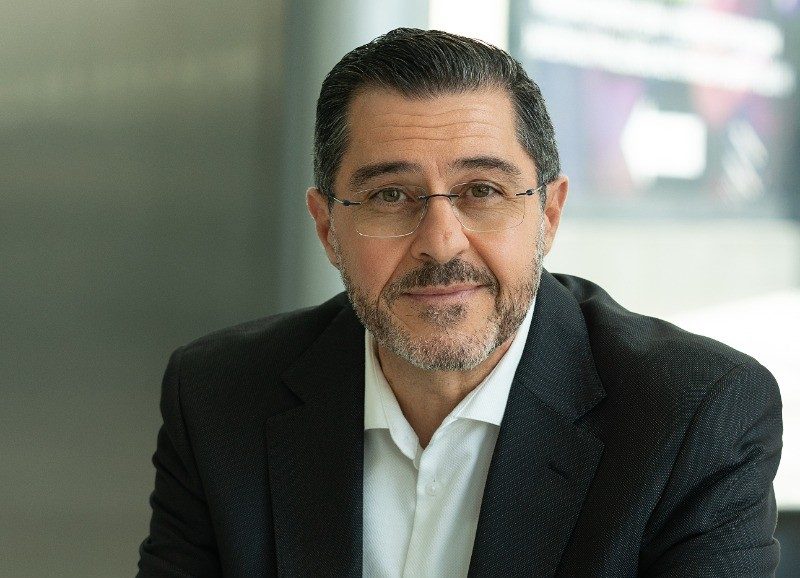
Oscar Rivoli, Chief Executive Officer of Al Ghurair Motors, said advanced sustainable commercial vehicles would be key to helping the UAE reach its net-zero goals.
“We are delighted to be collaborating with Emirates Transport to test the feasibility of using electric and hydrogen technologies in commercial vehicles for their extensive services.
“As the technology of these vehicles improves, we must also work together to ensure the training, maintenance and infrastructure that supports these new technologies is tested and implemented to help us reach the UAE’s important sustainability goals.”
Chris Dixon, a partner who led the charge, says he has a ‘very long-term horizon’
Self-tracking has moved beyond professional athletes and data geeks.
















